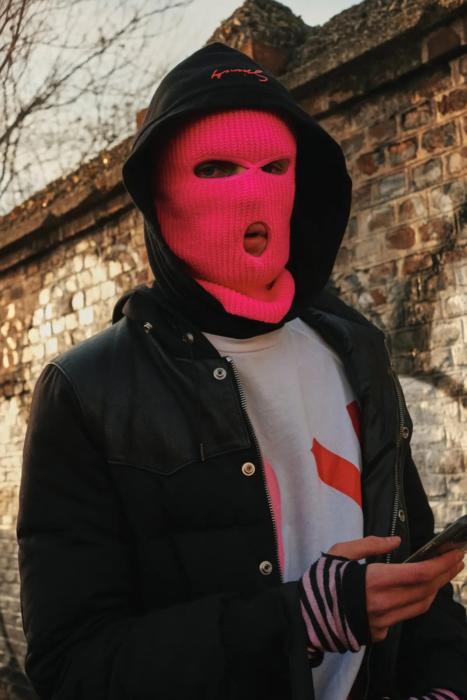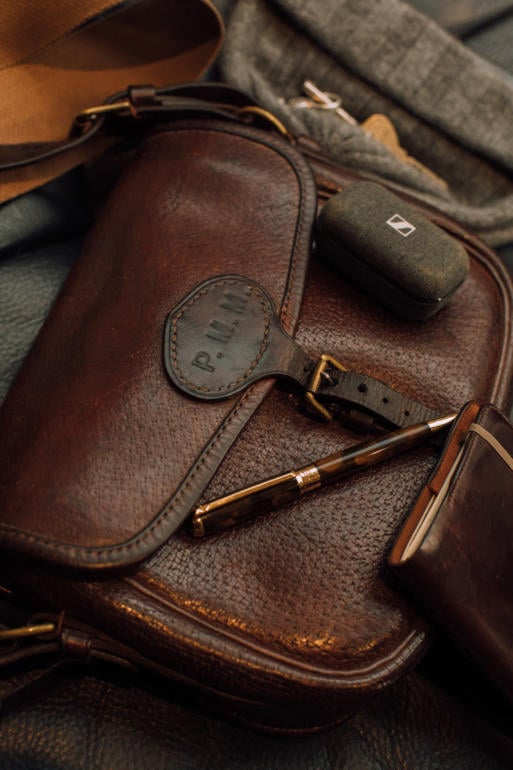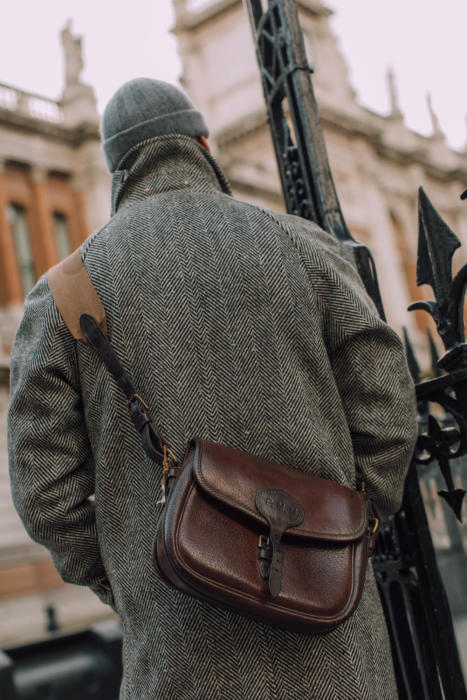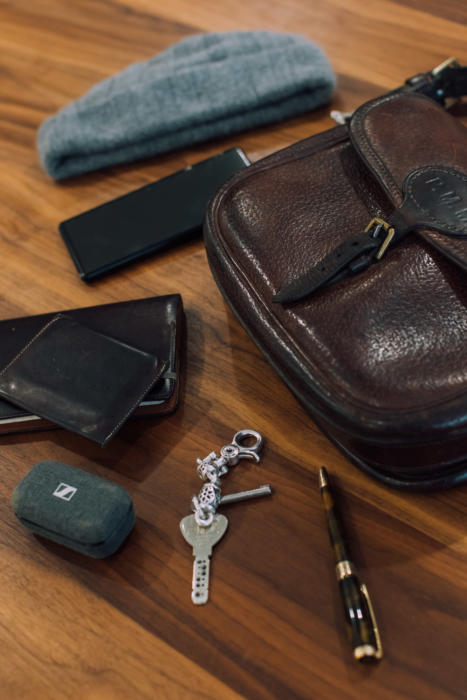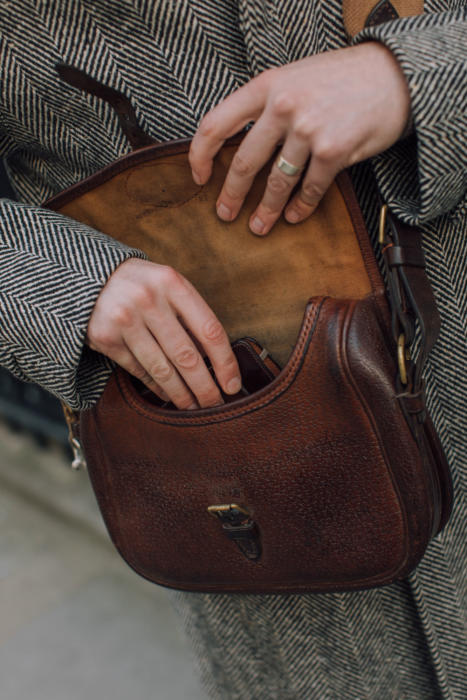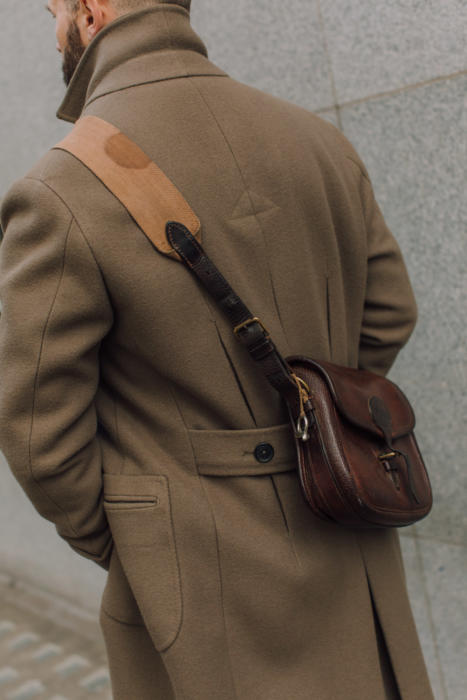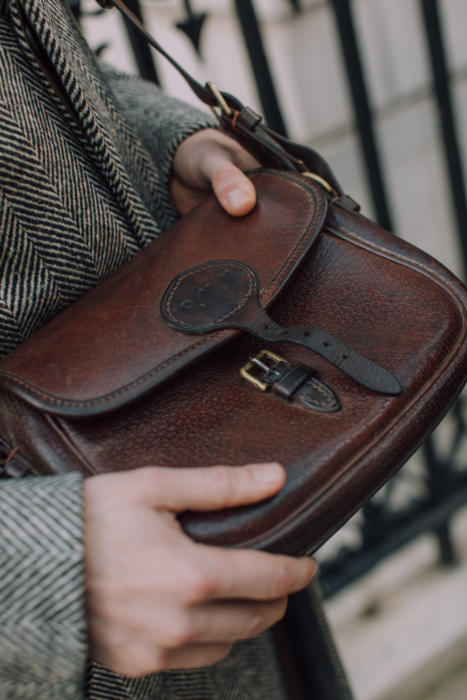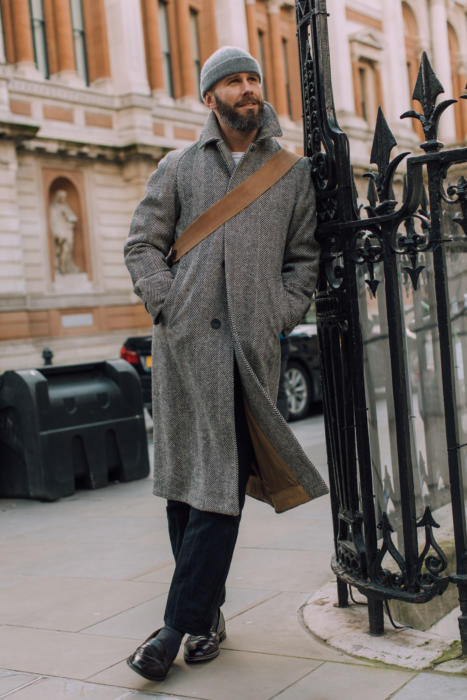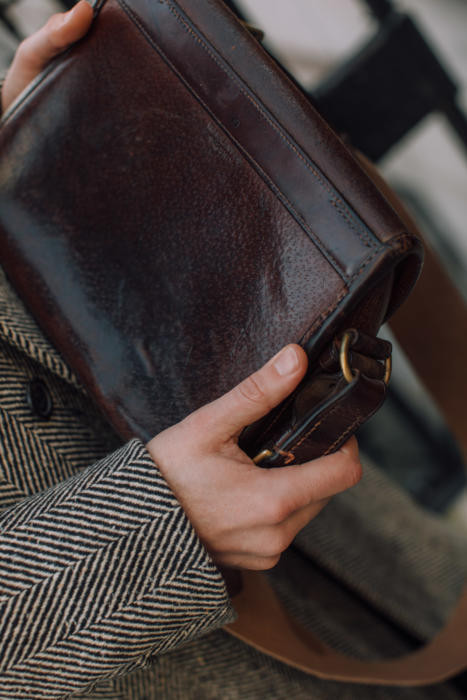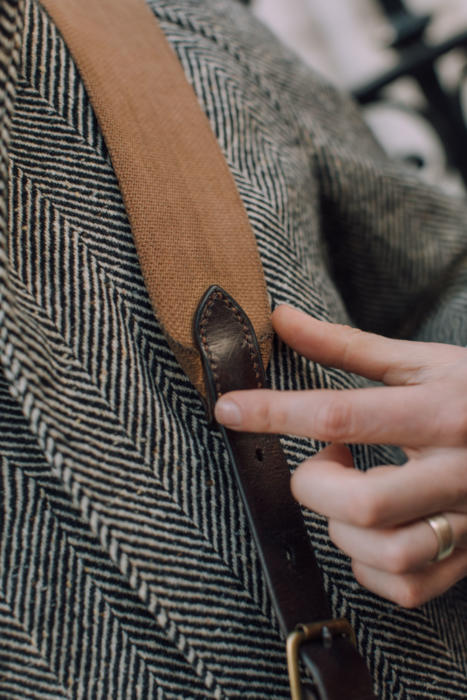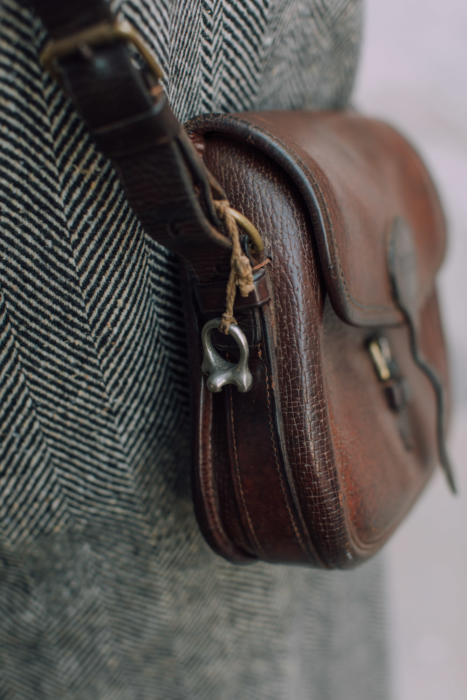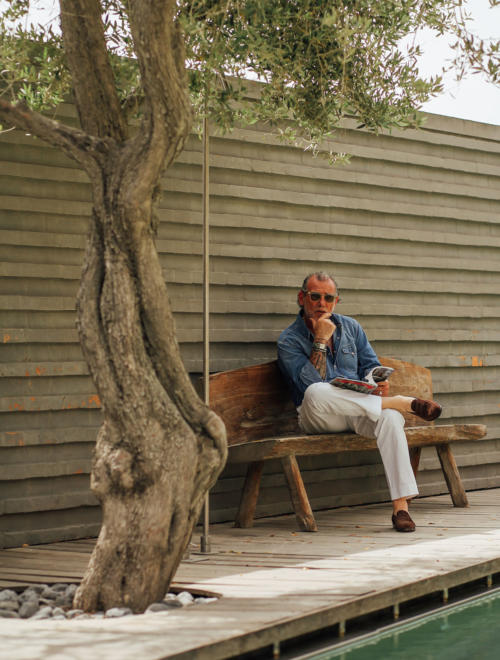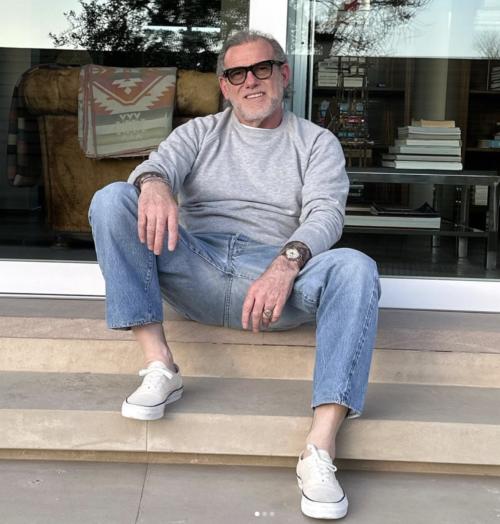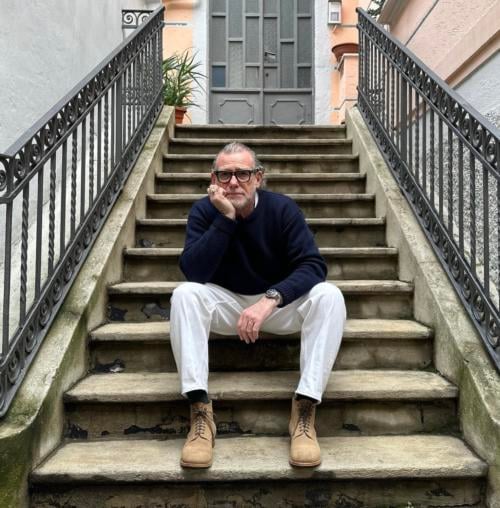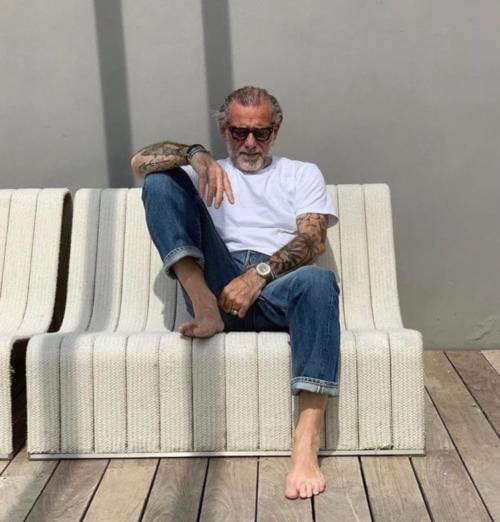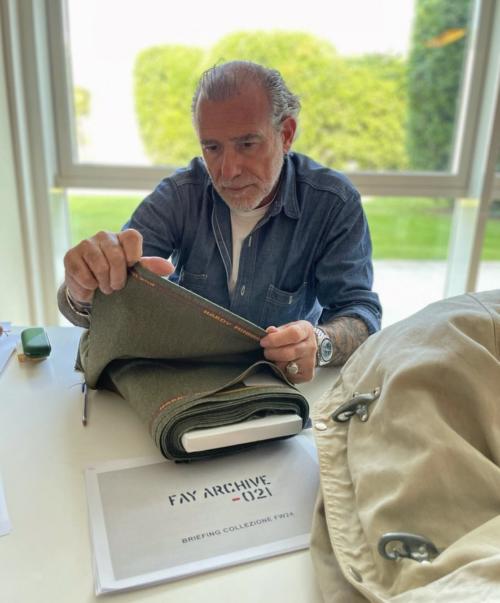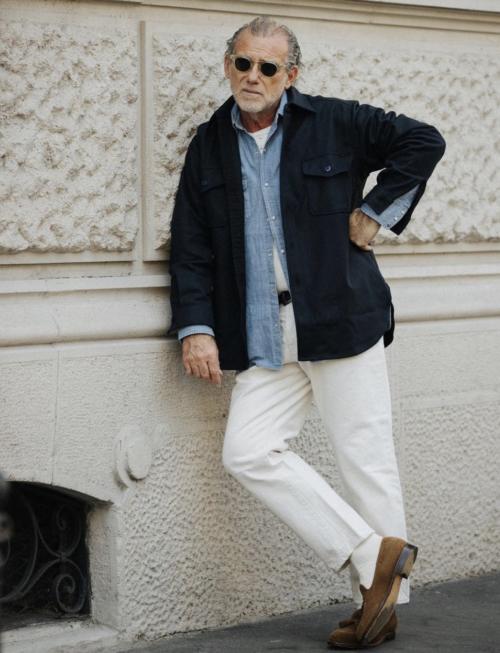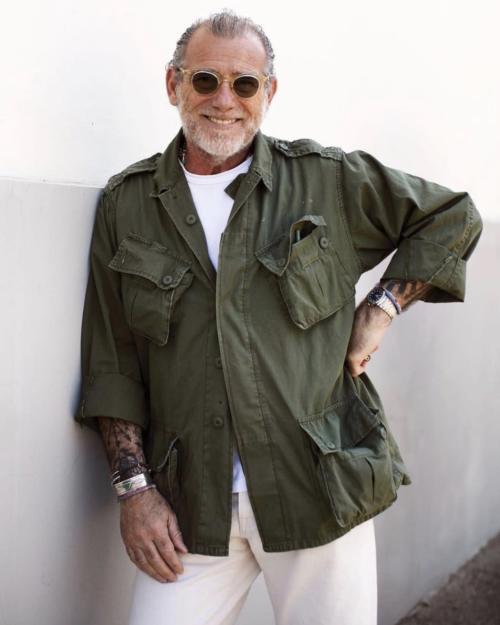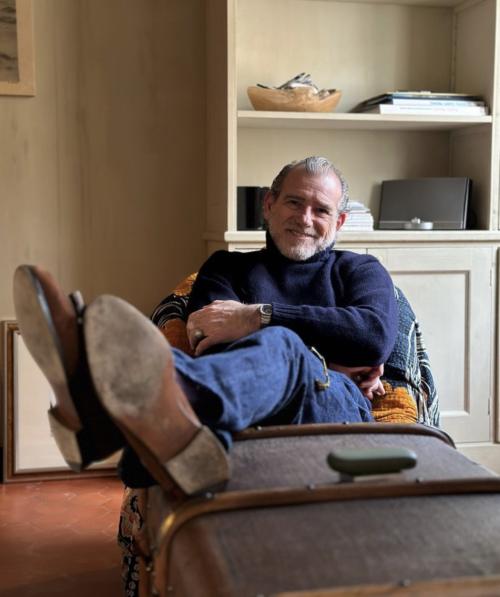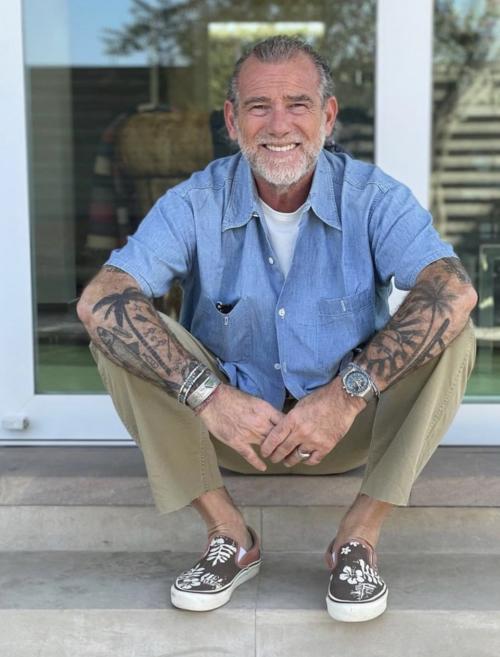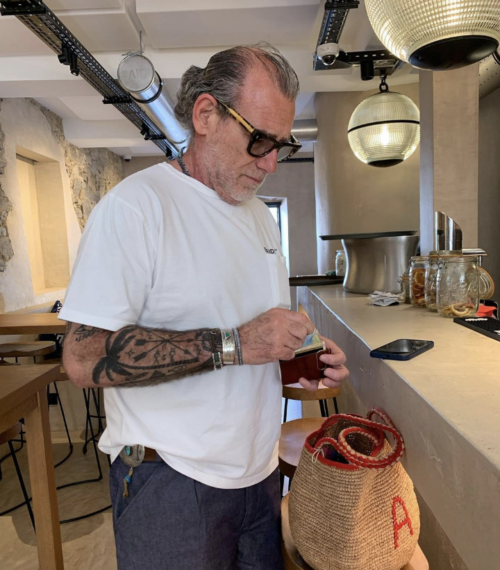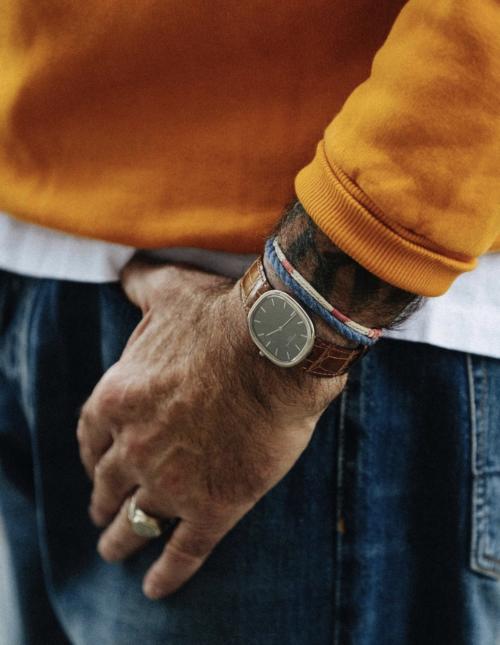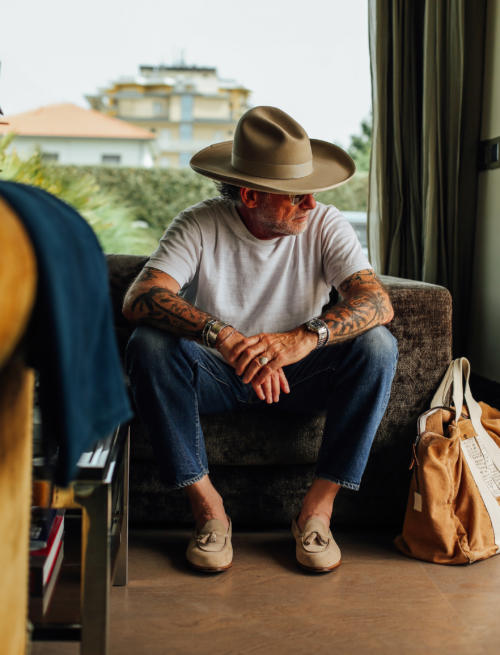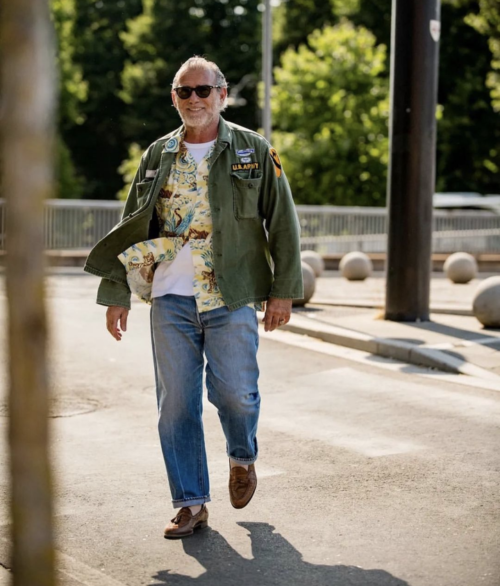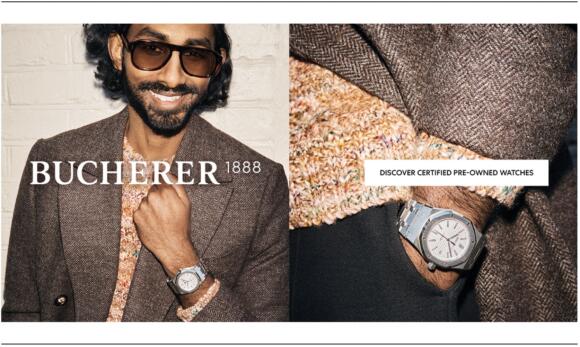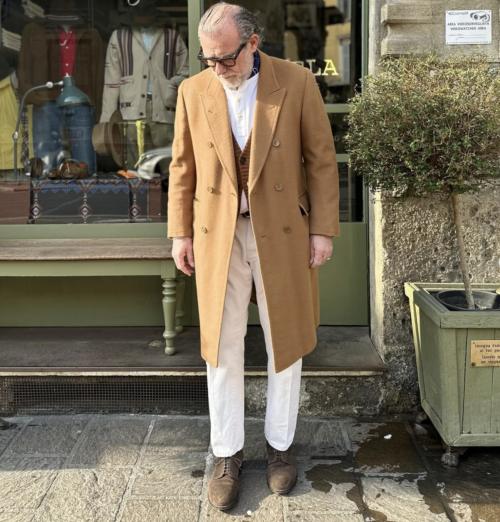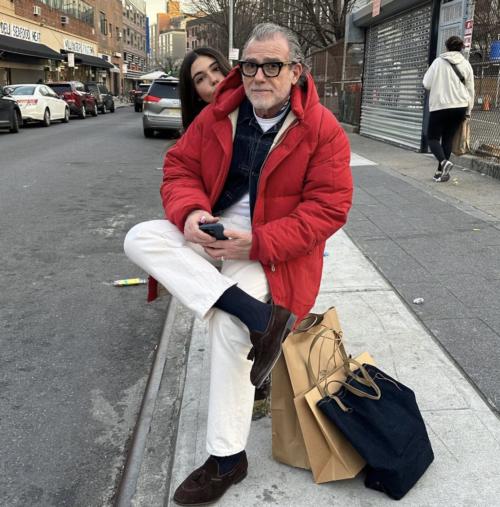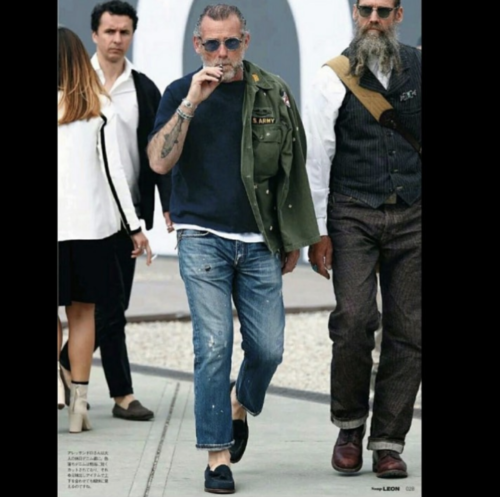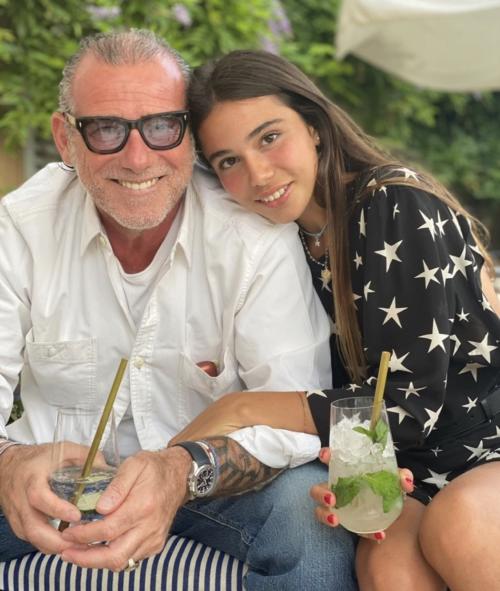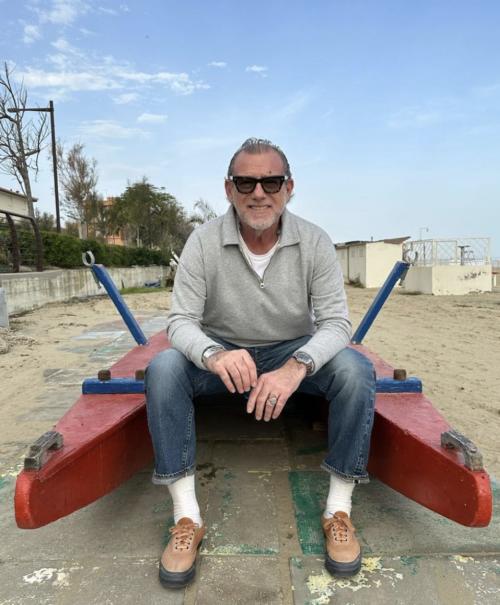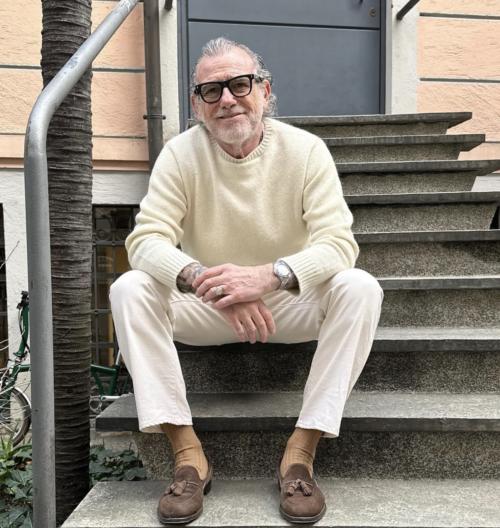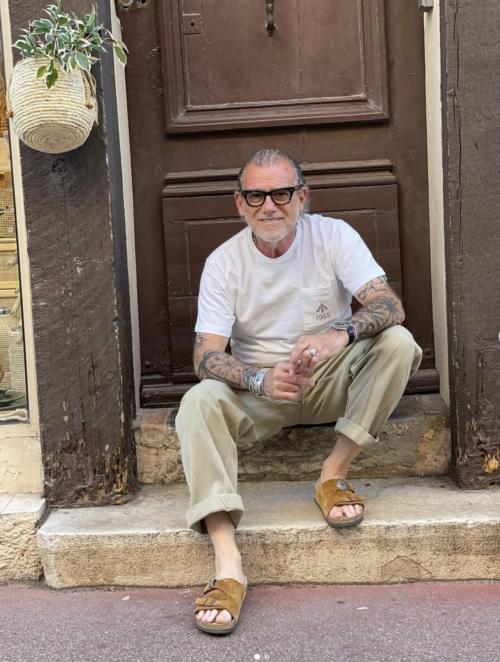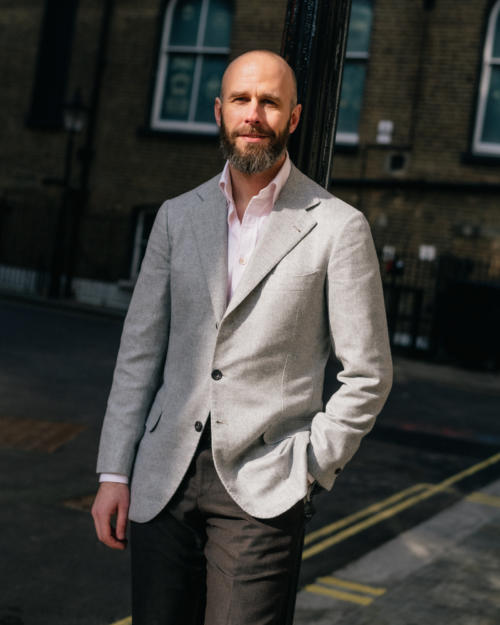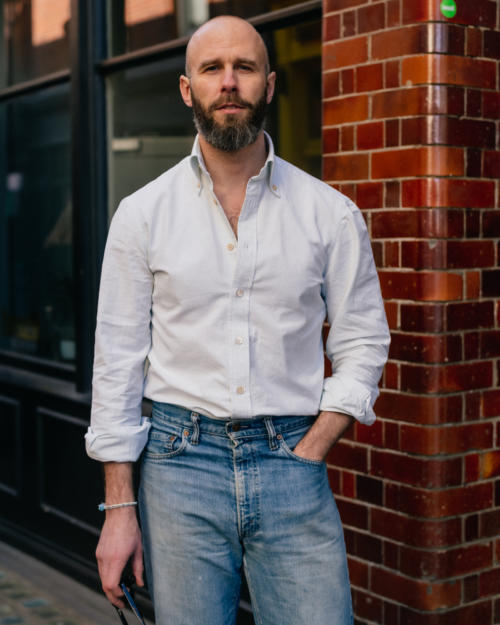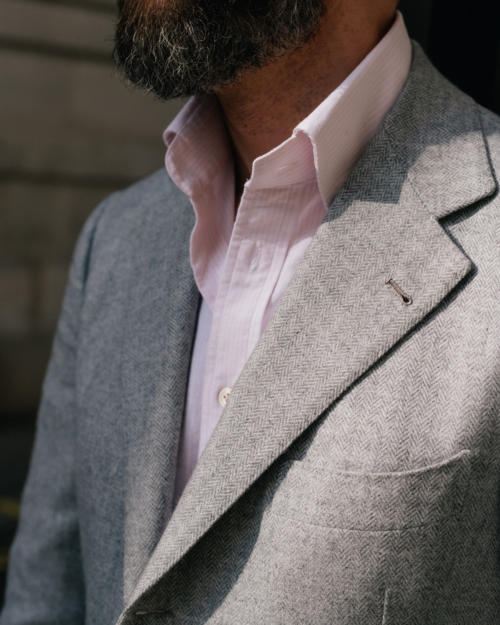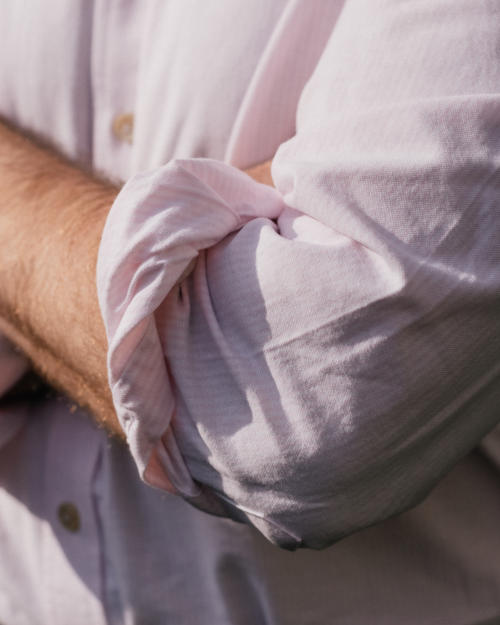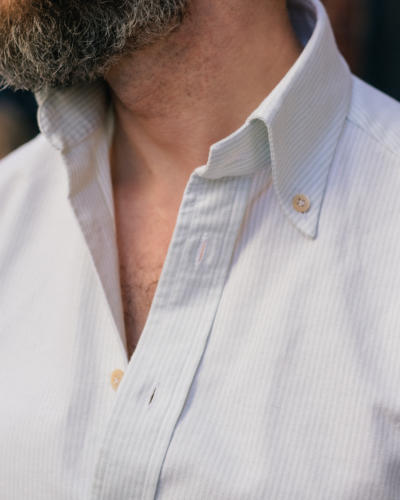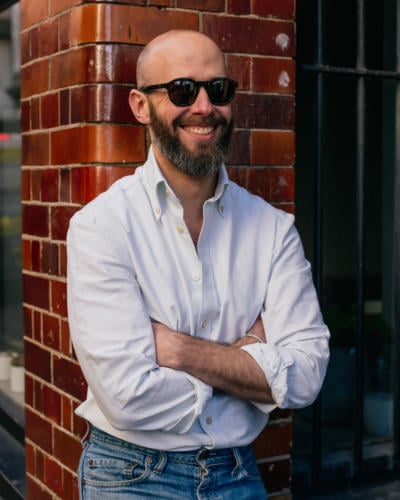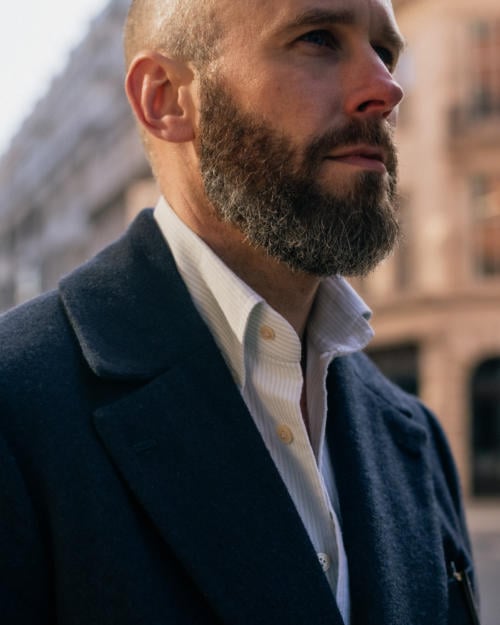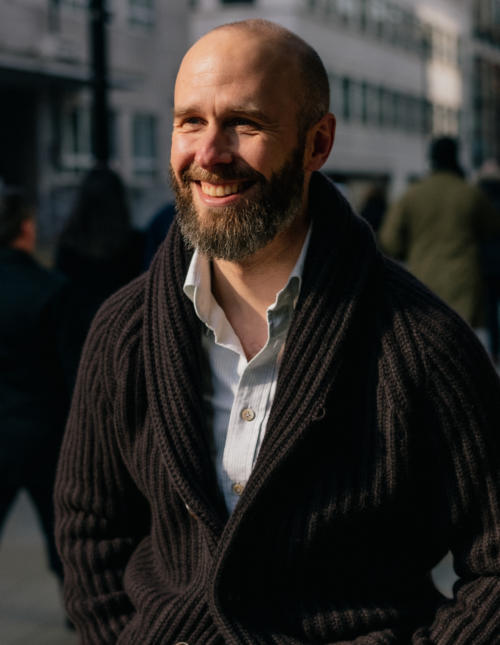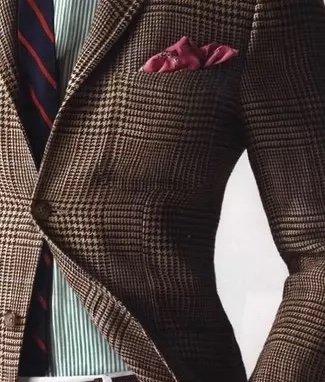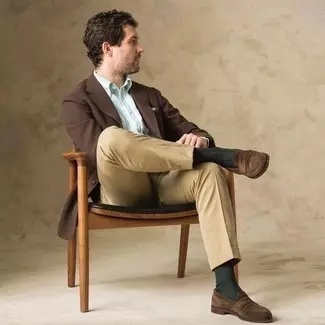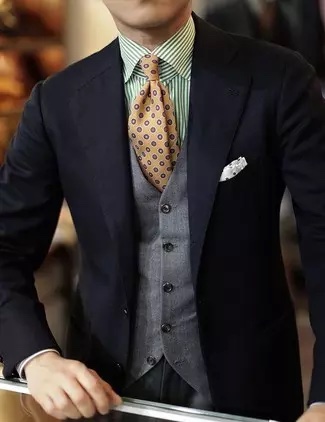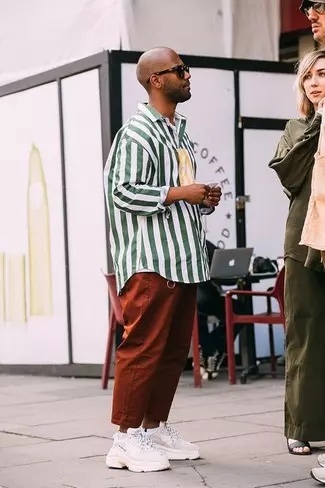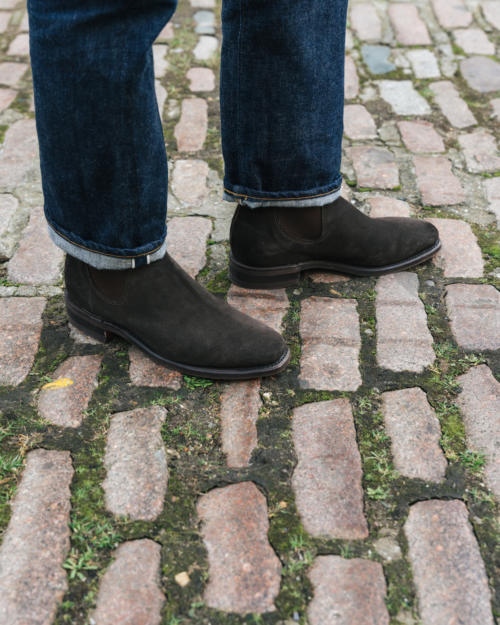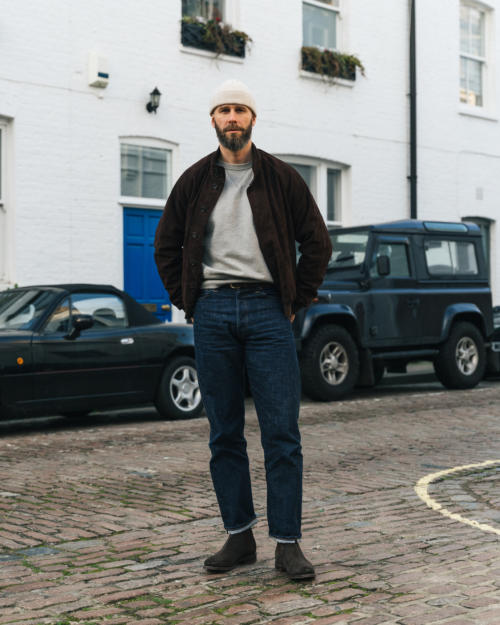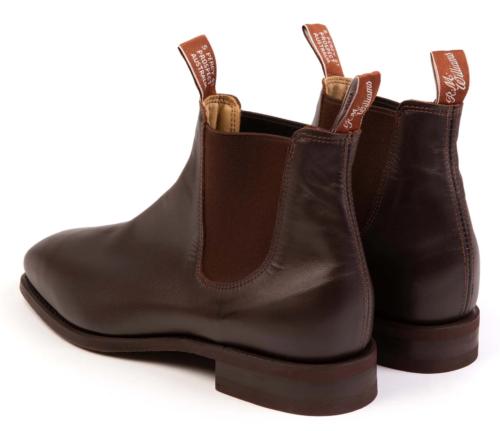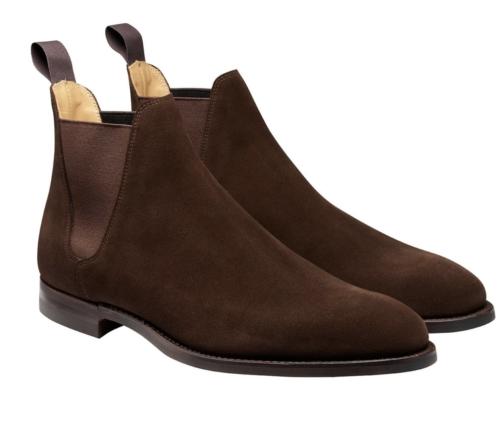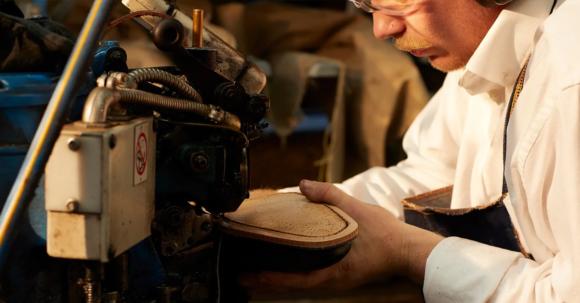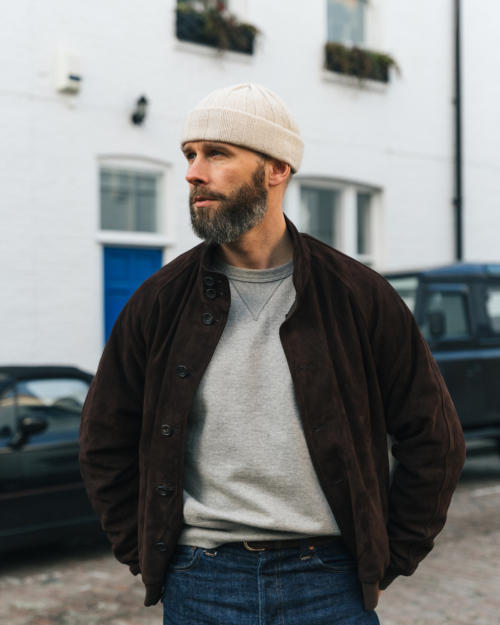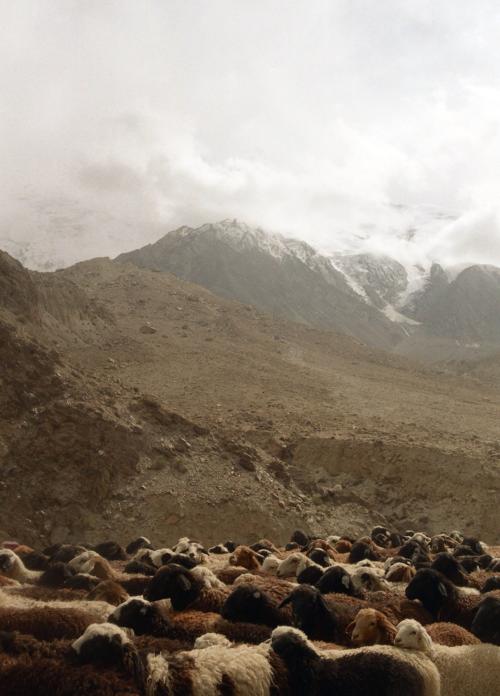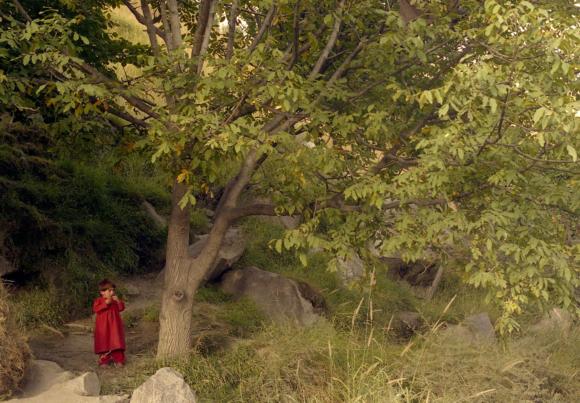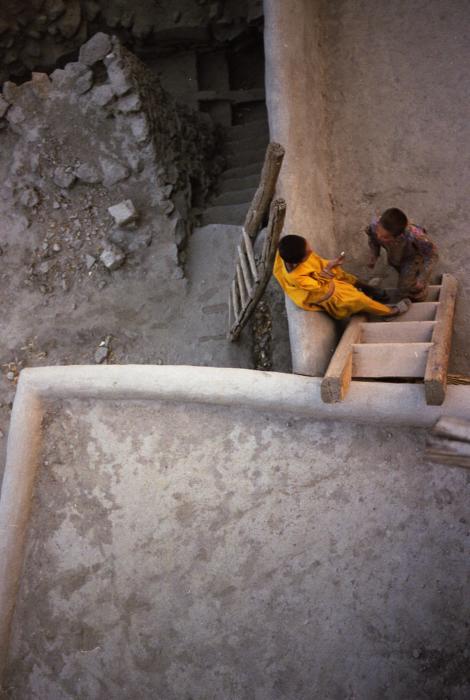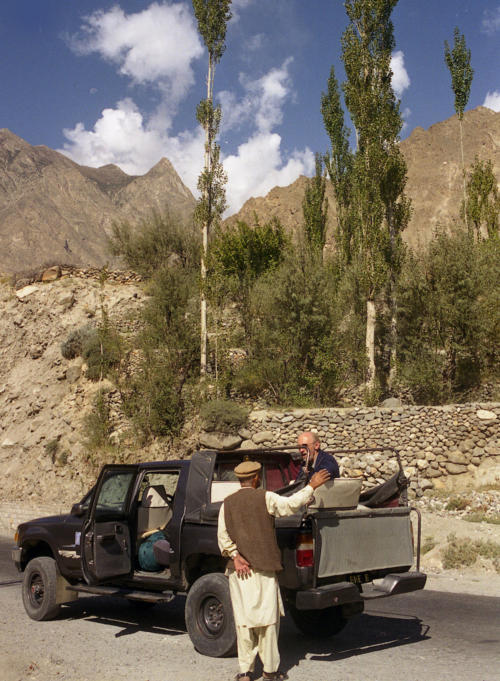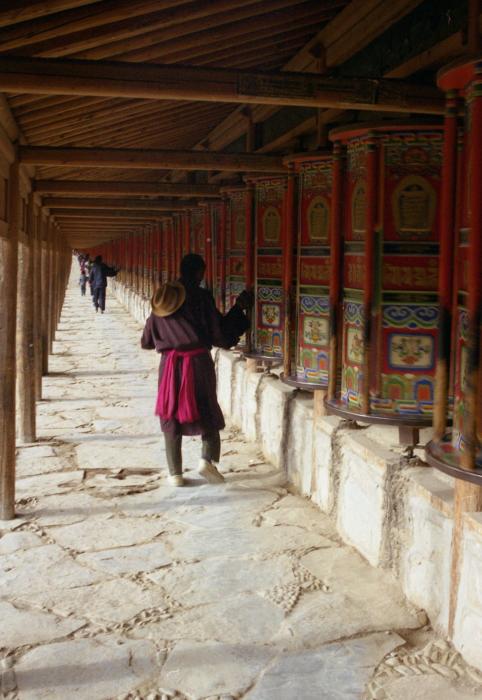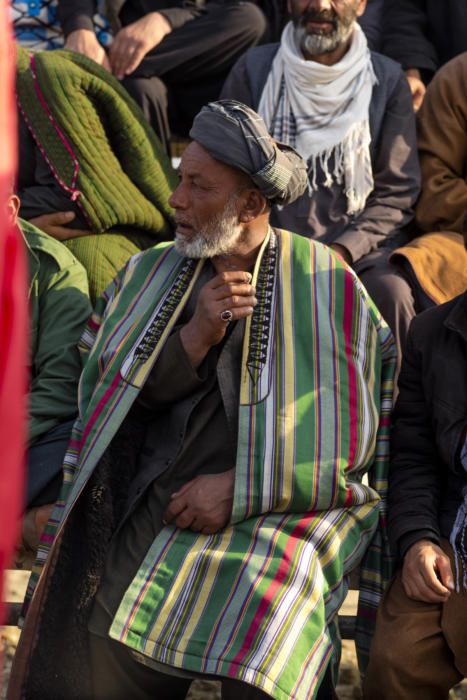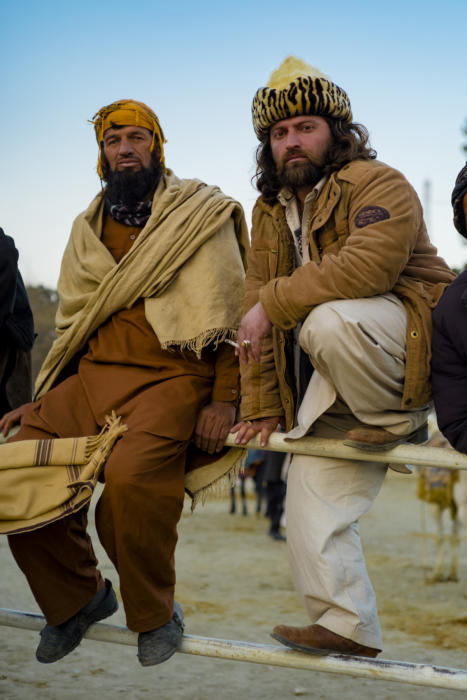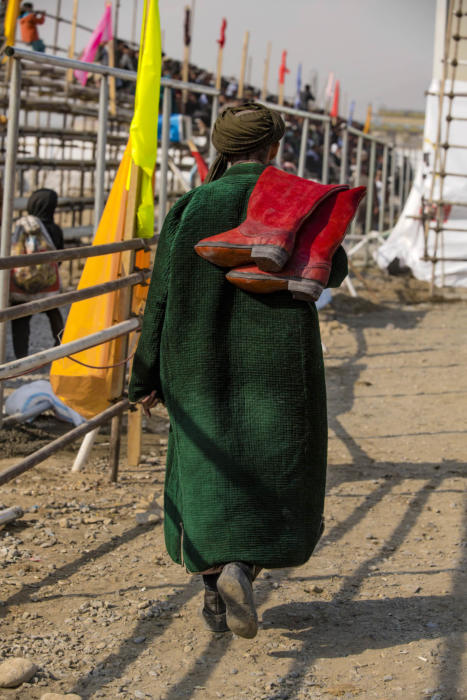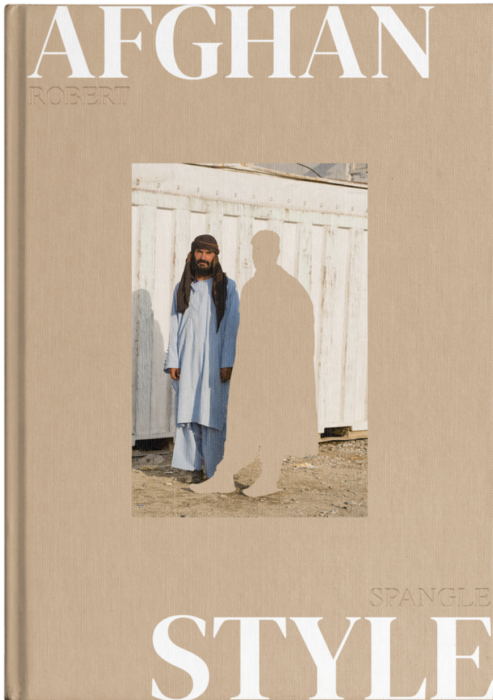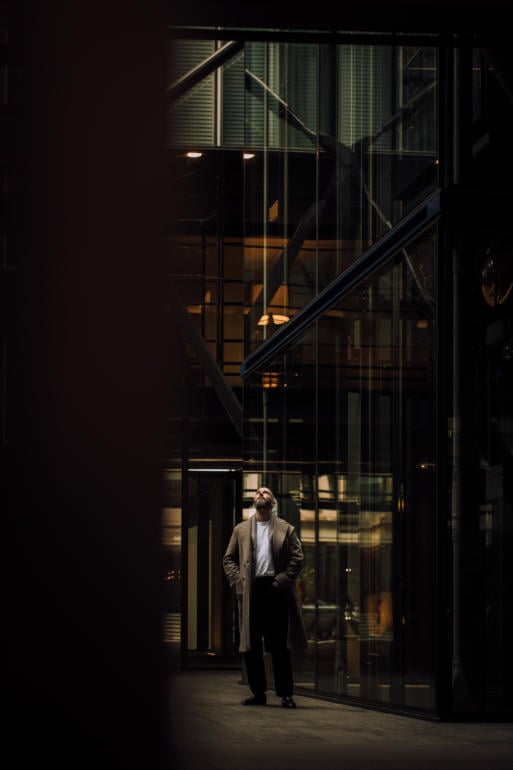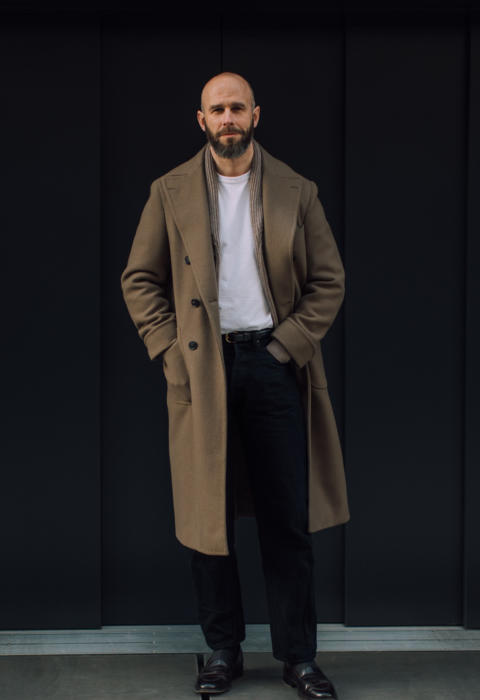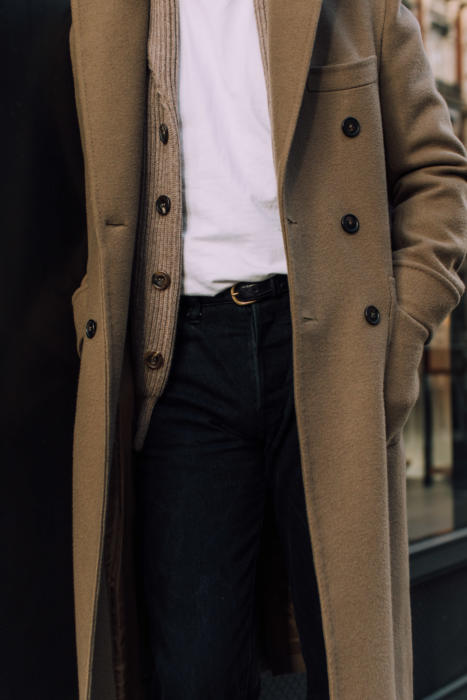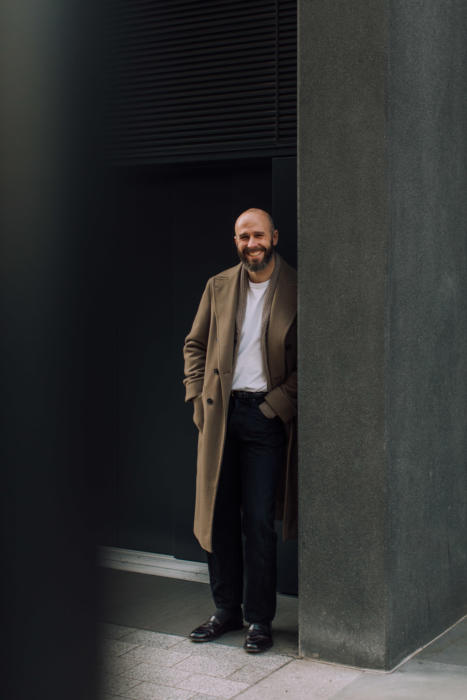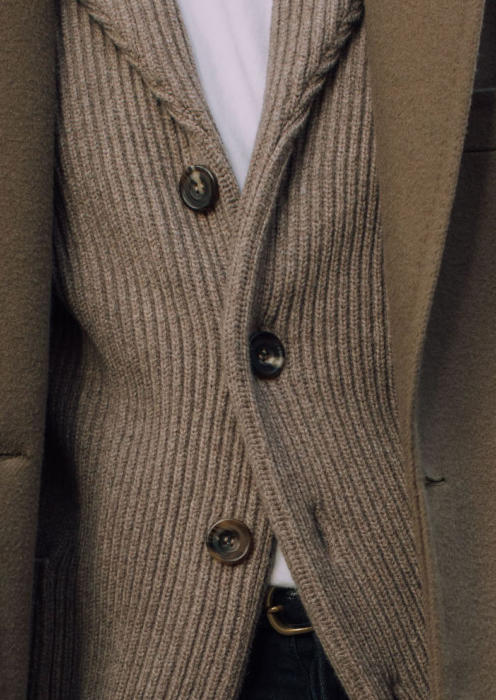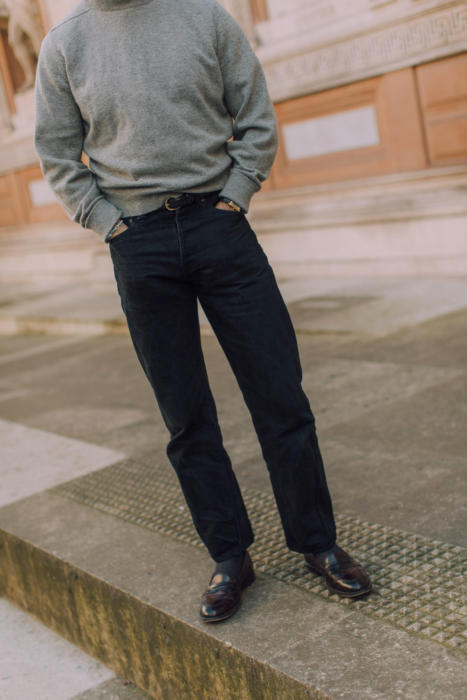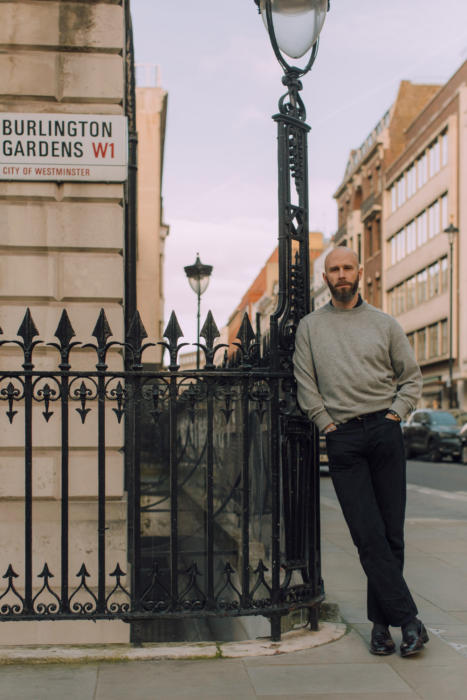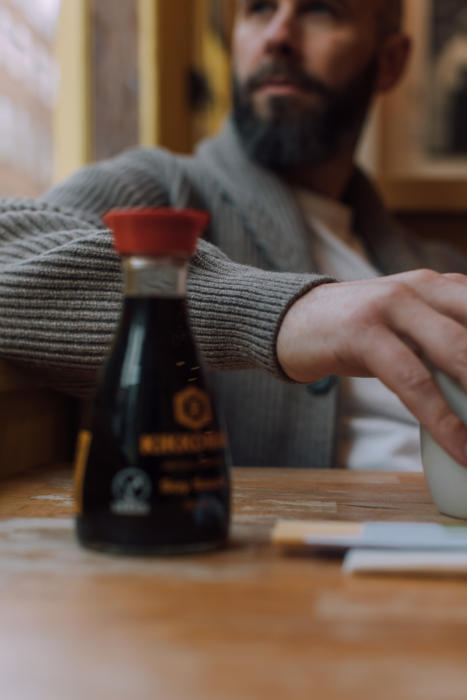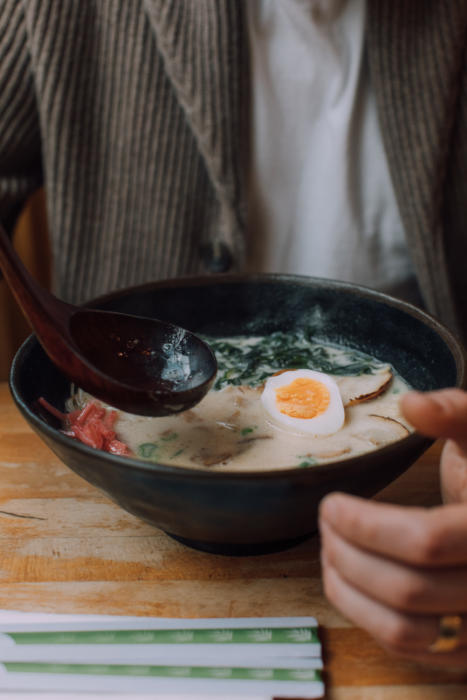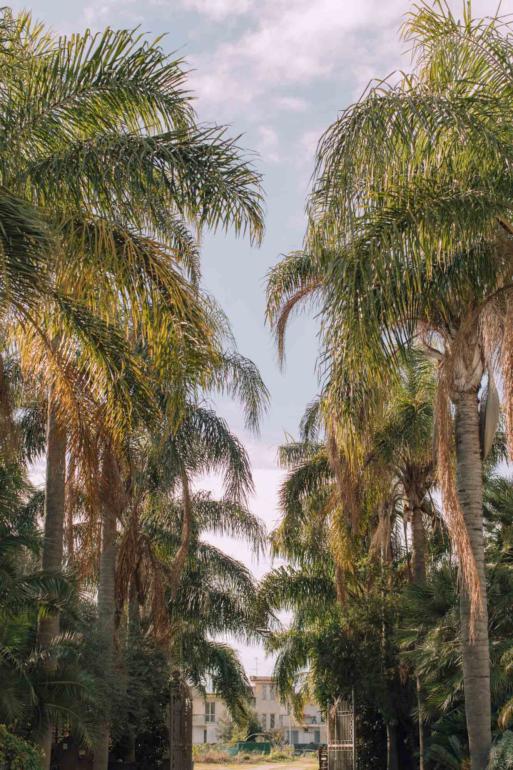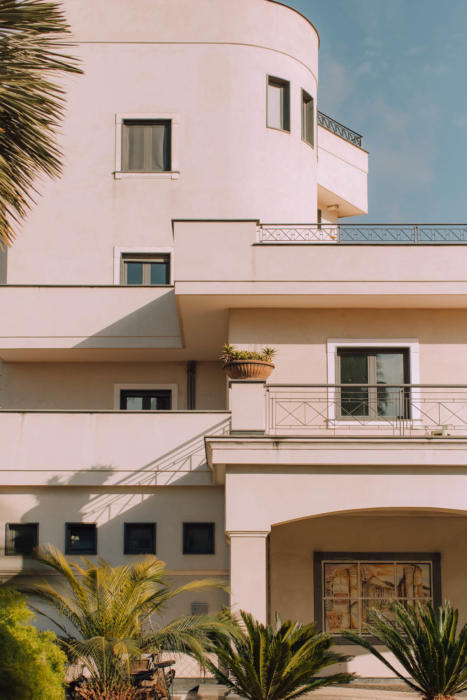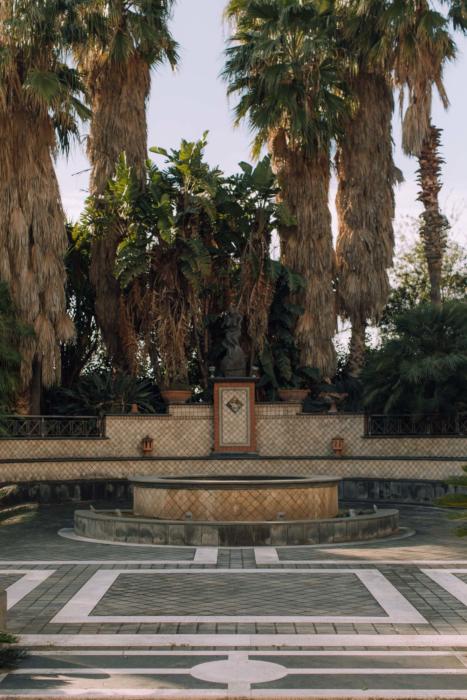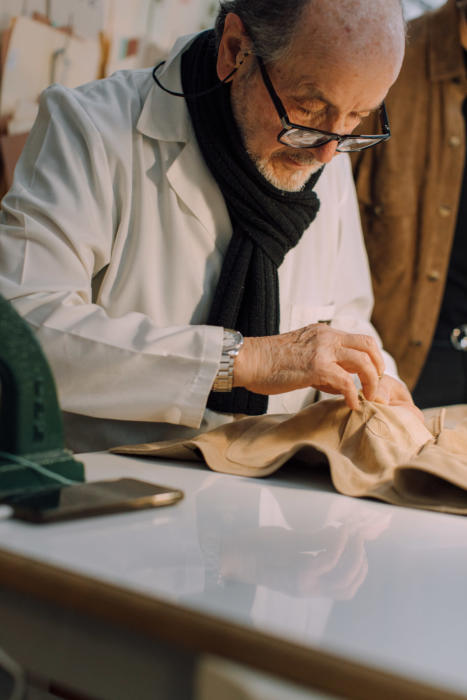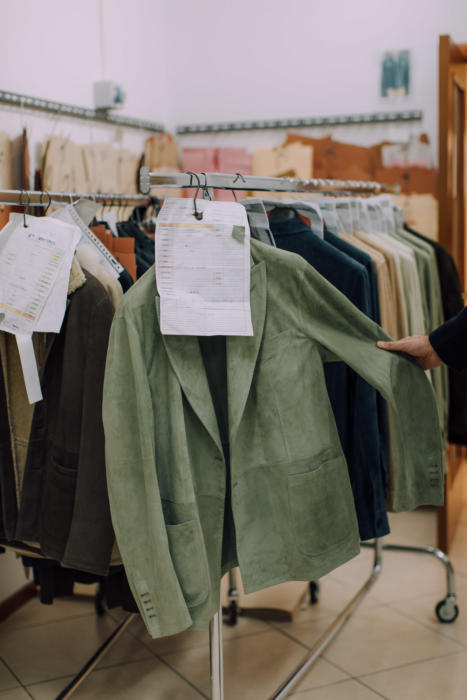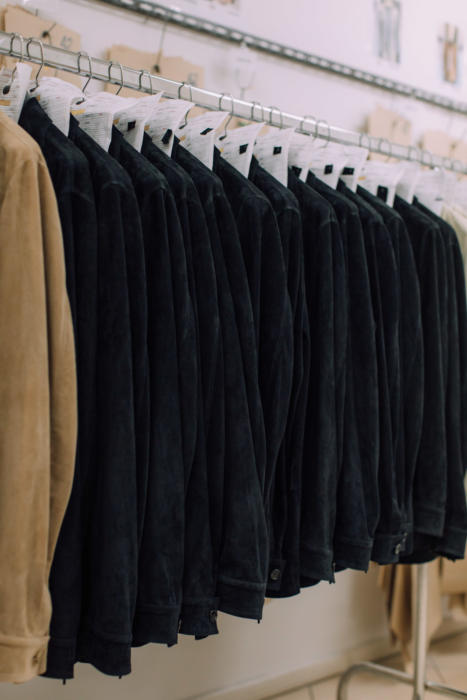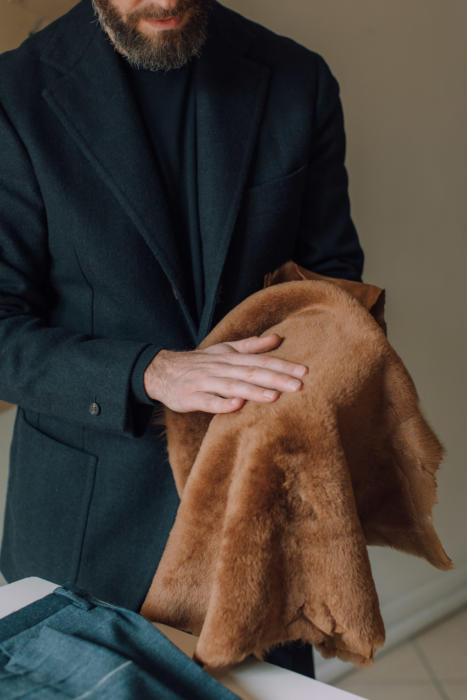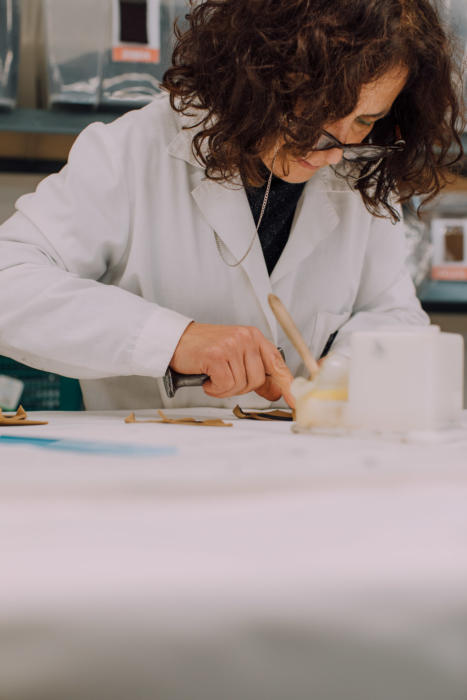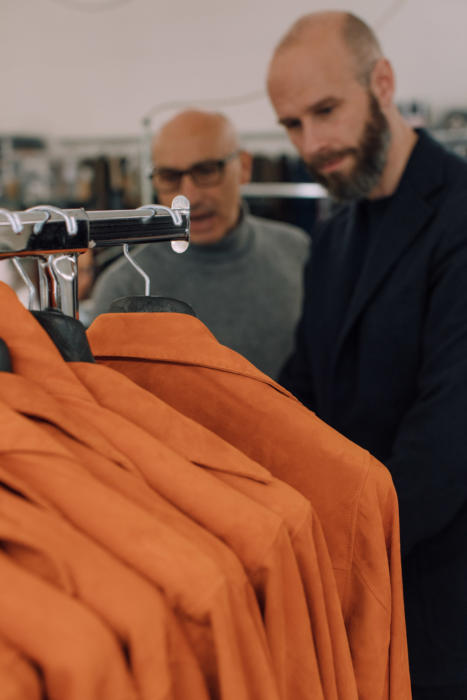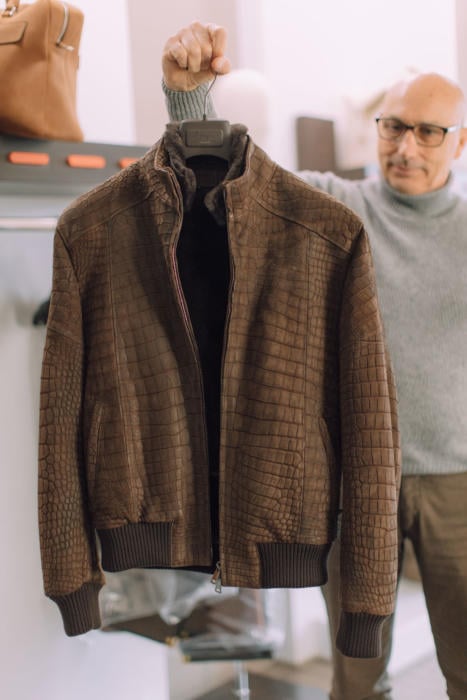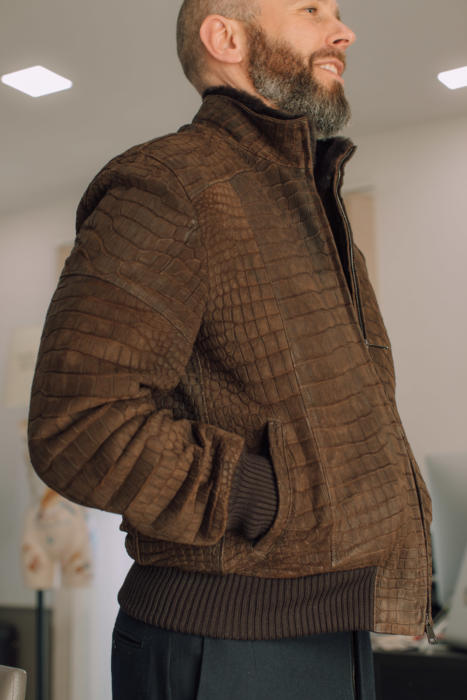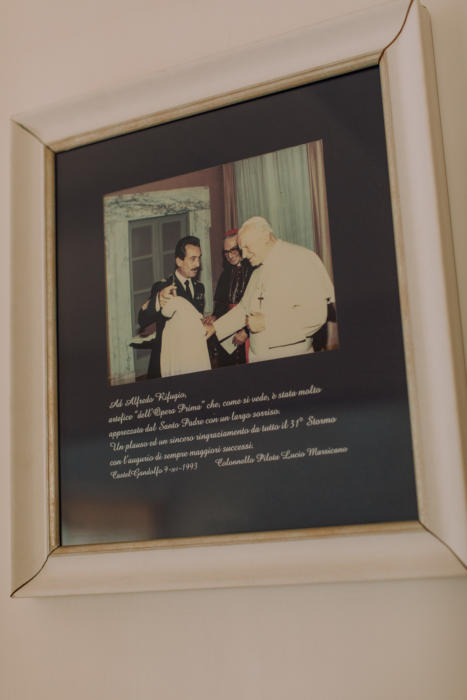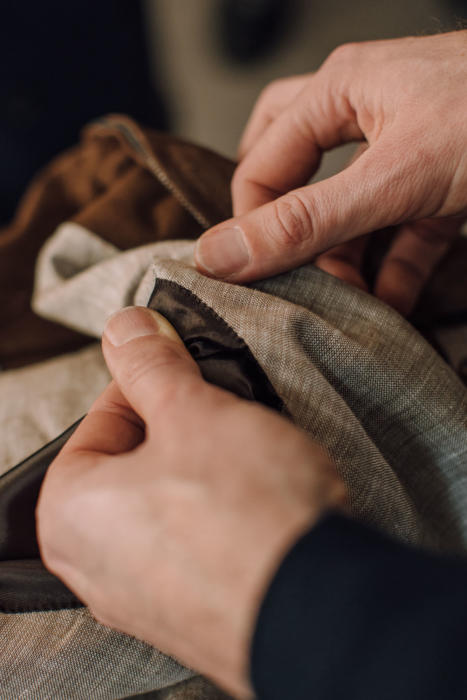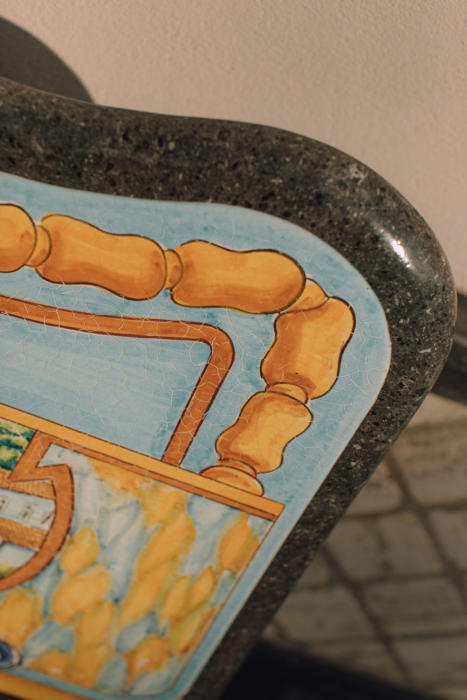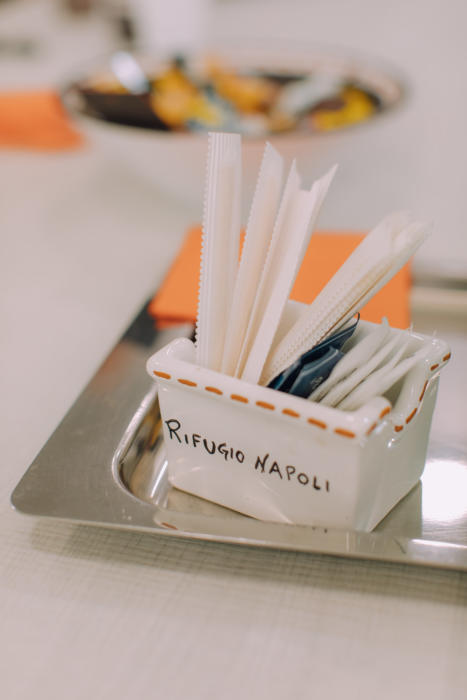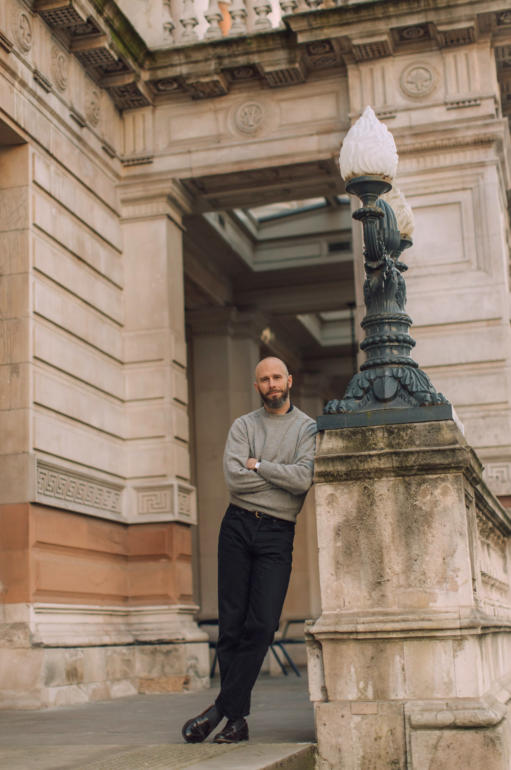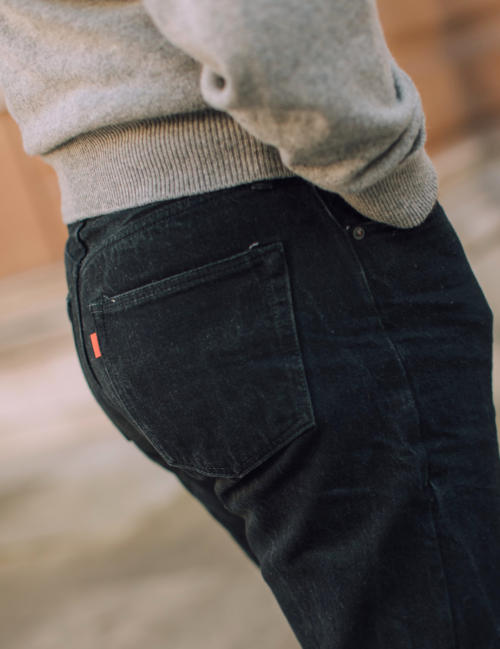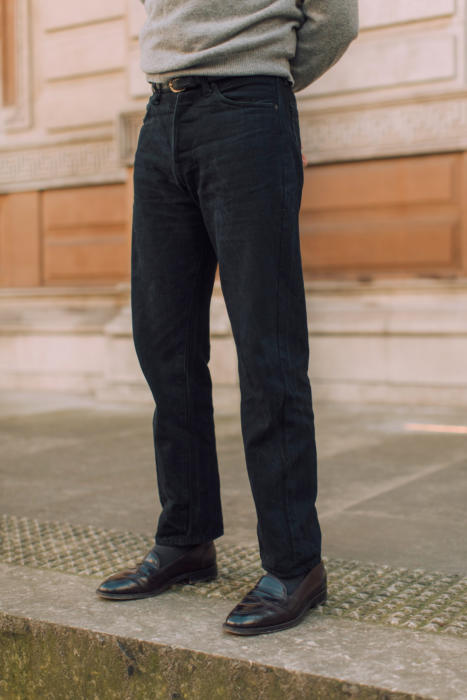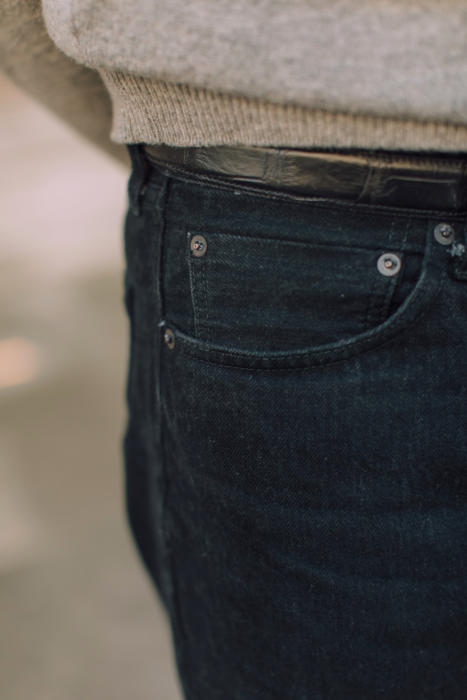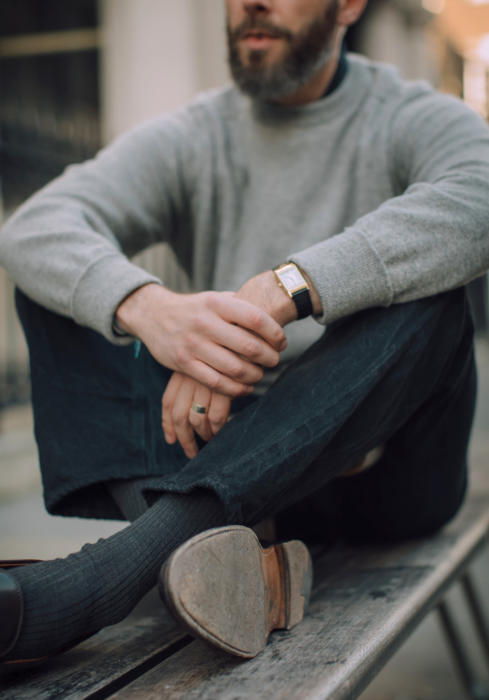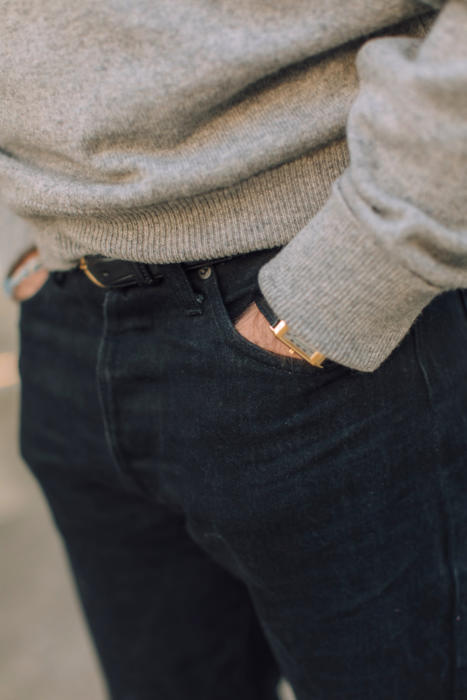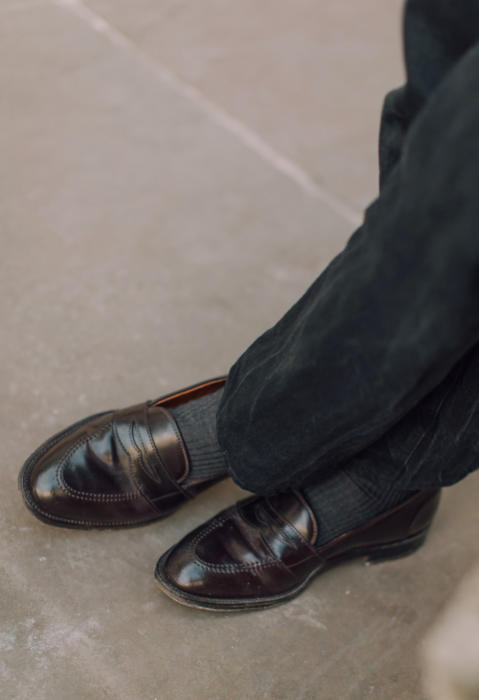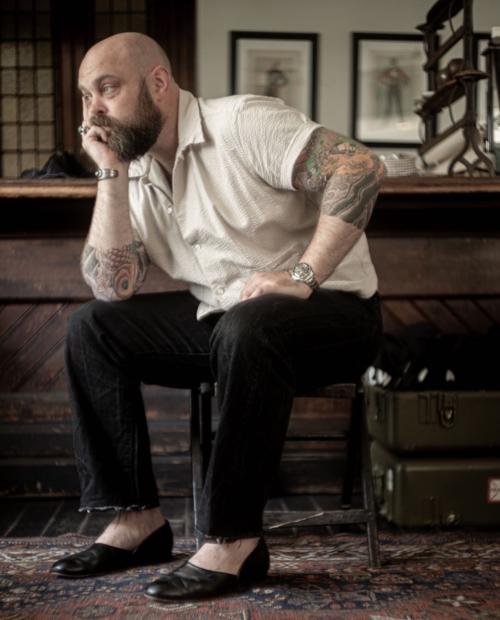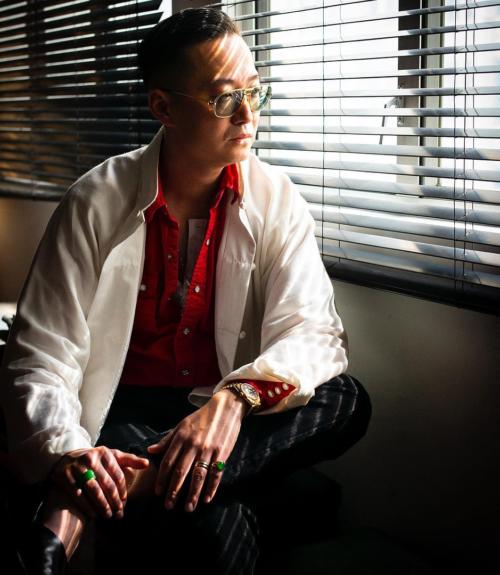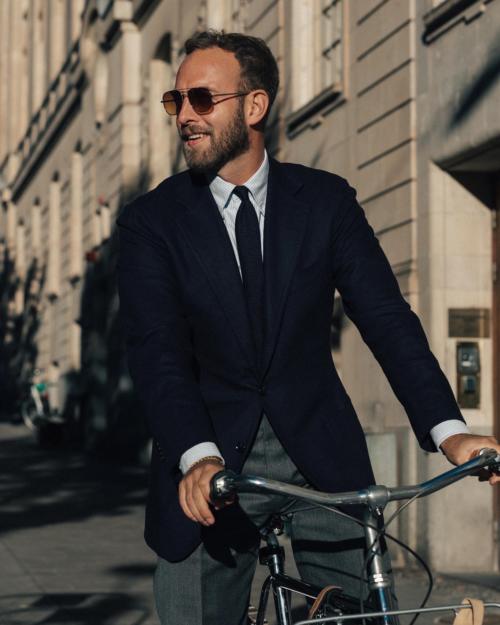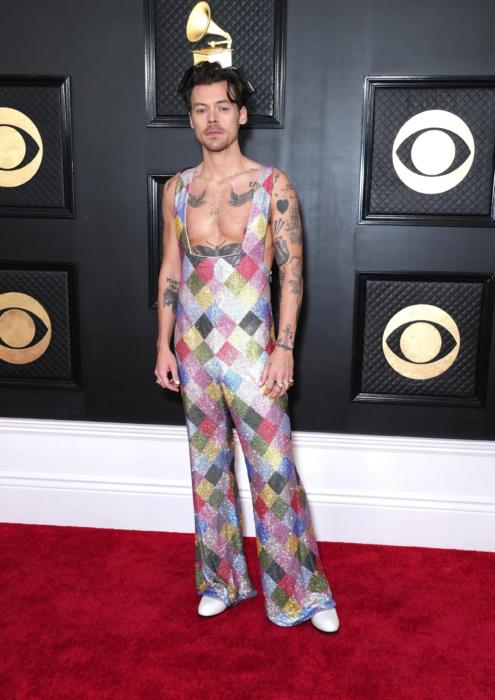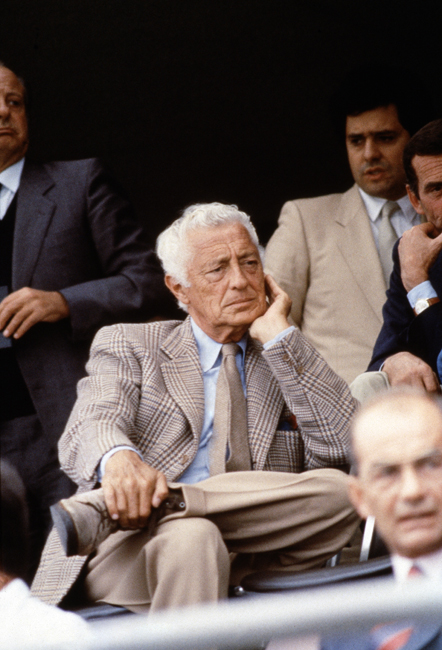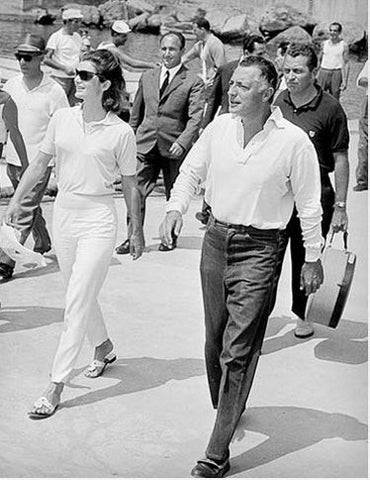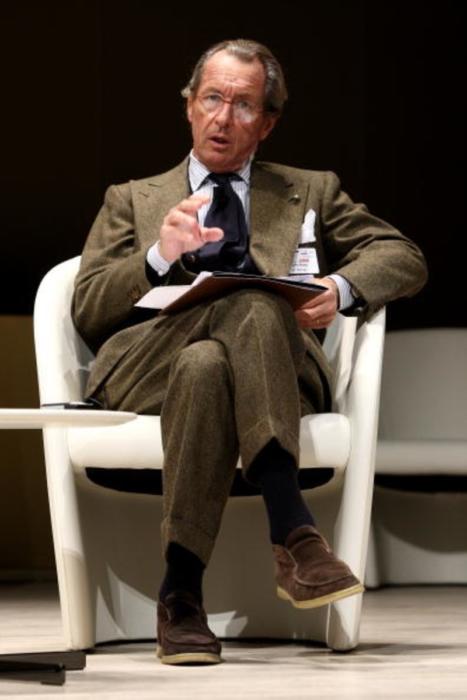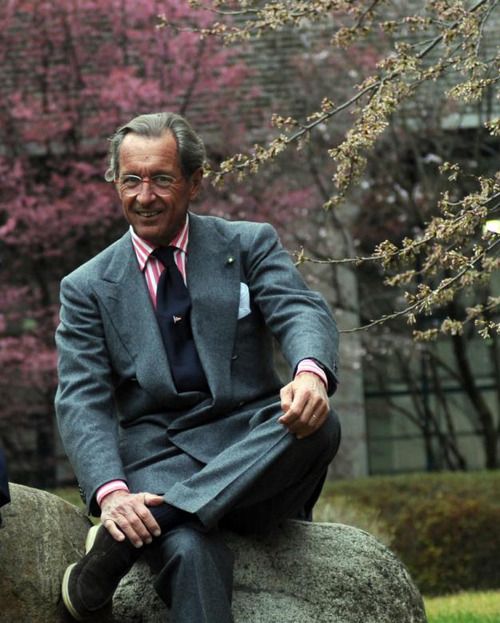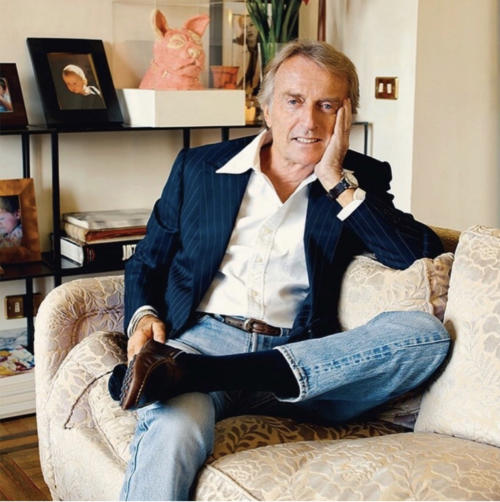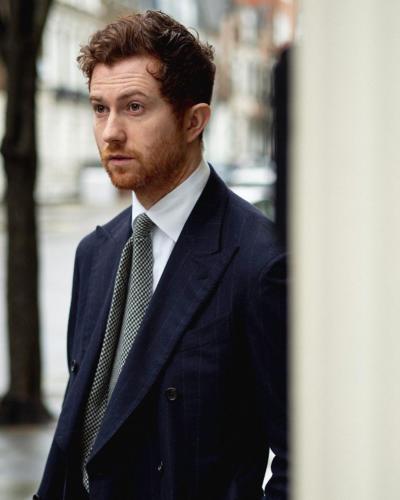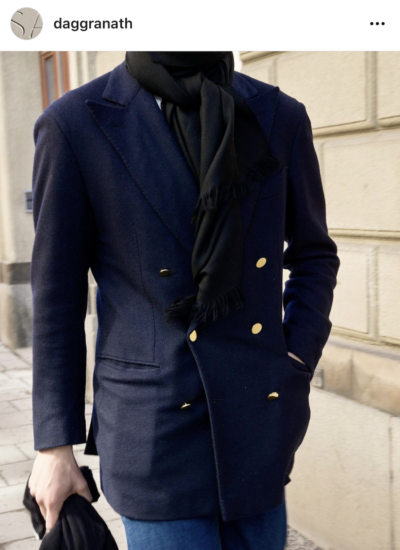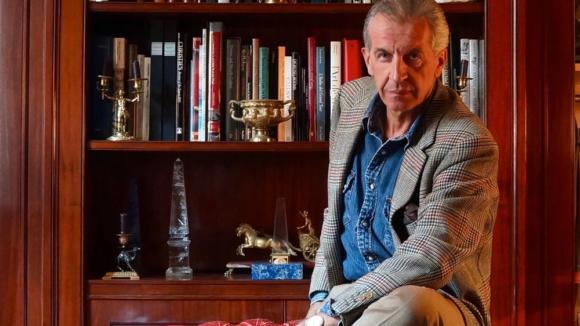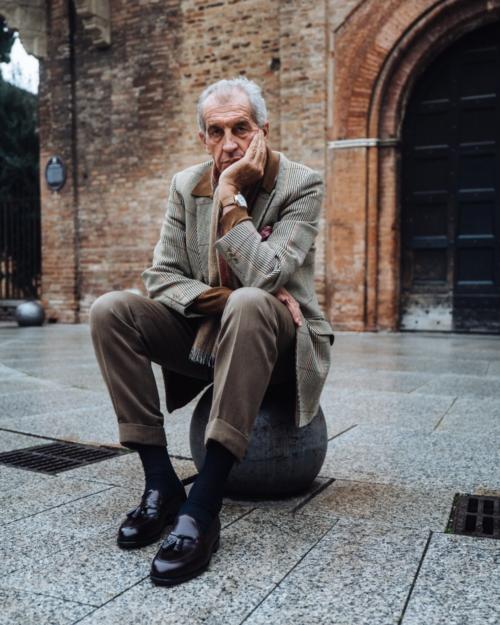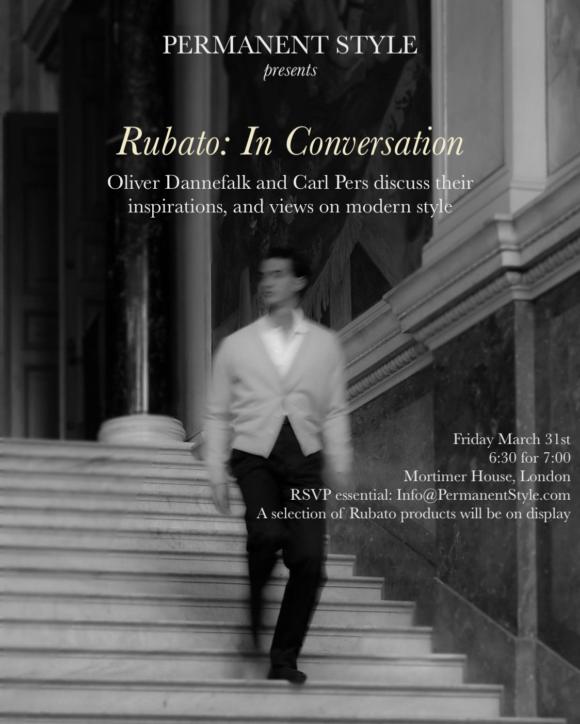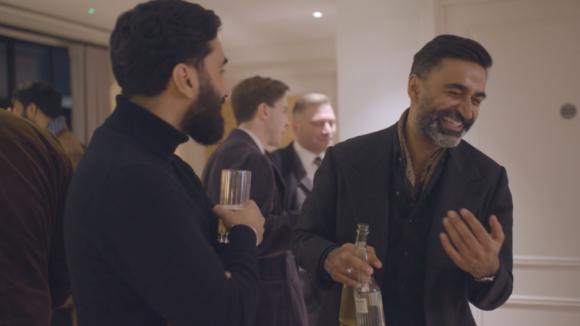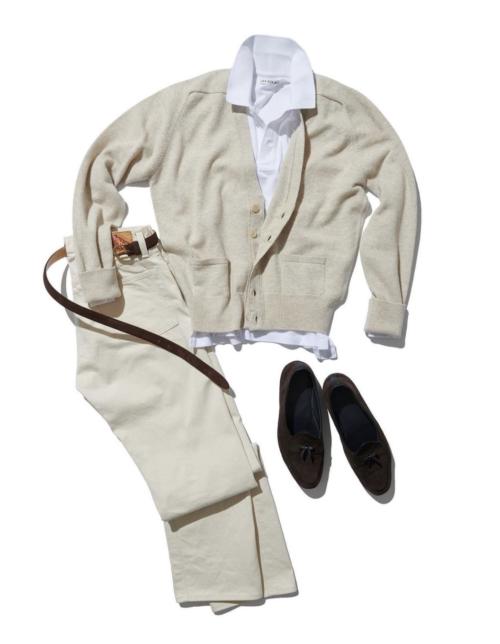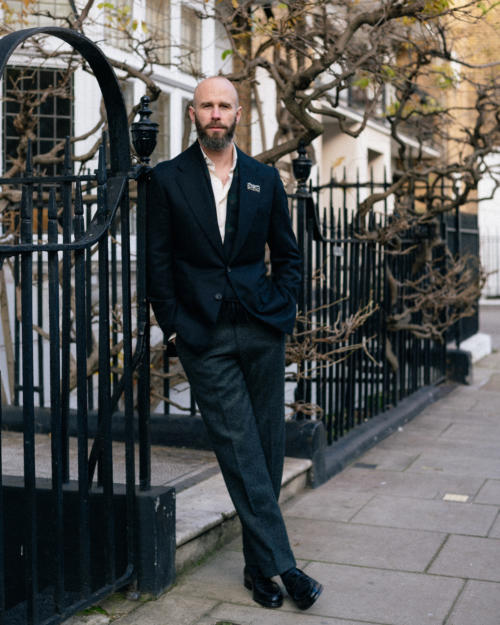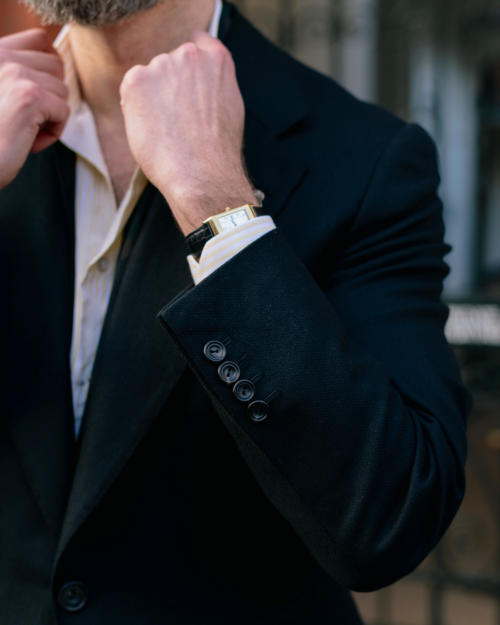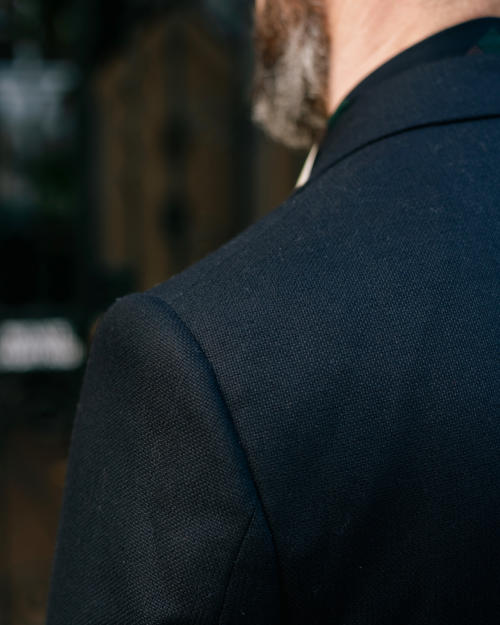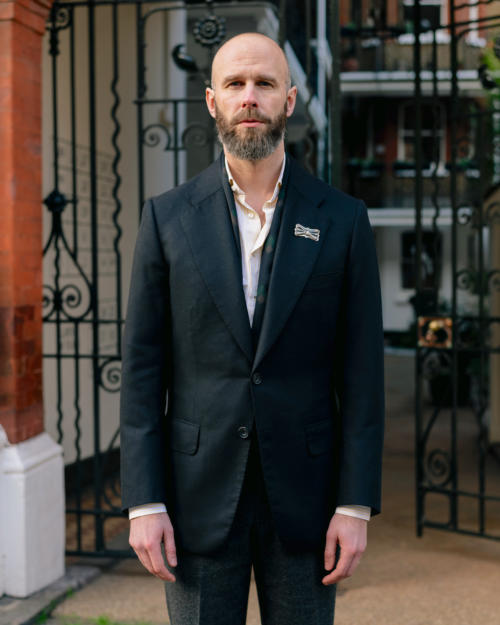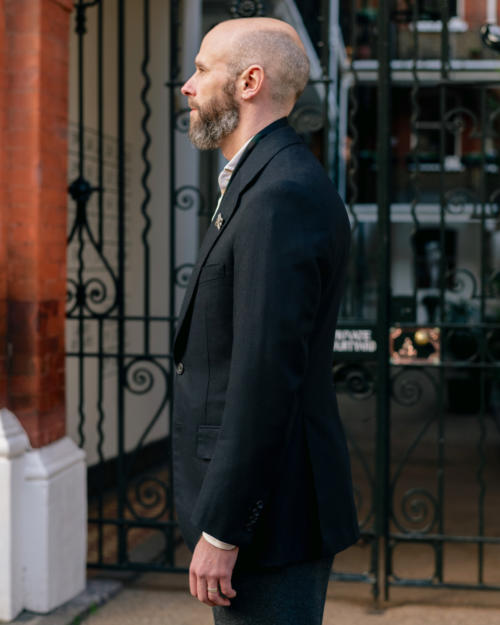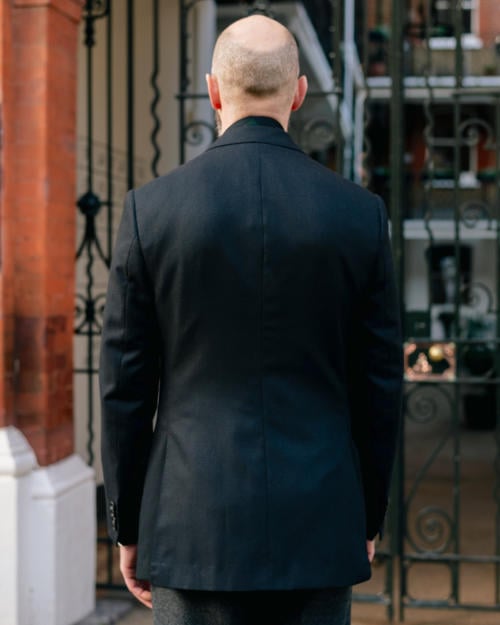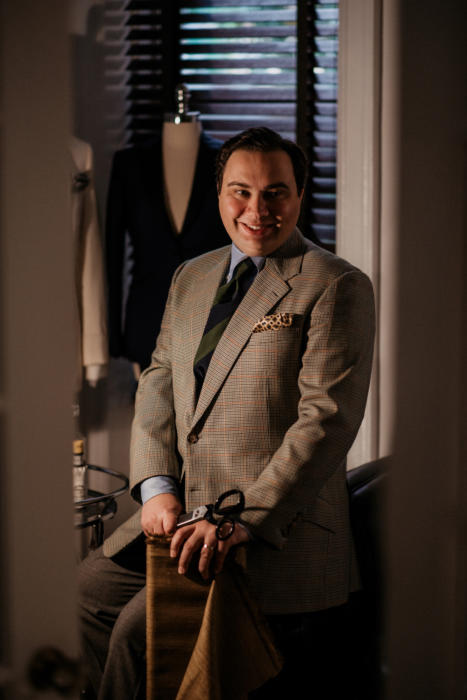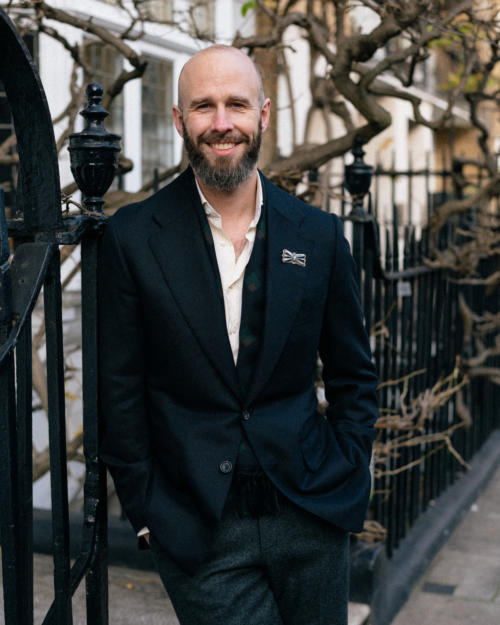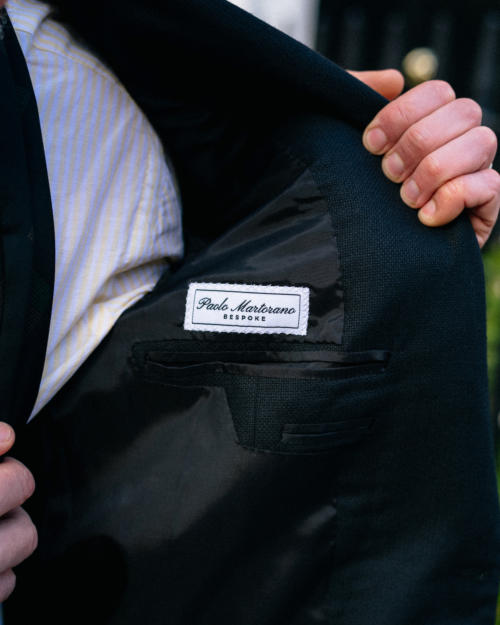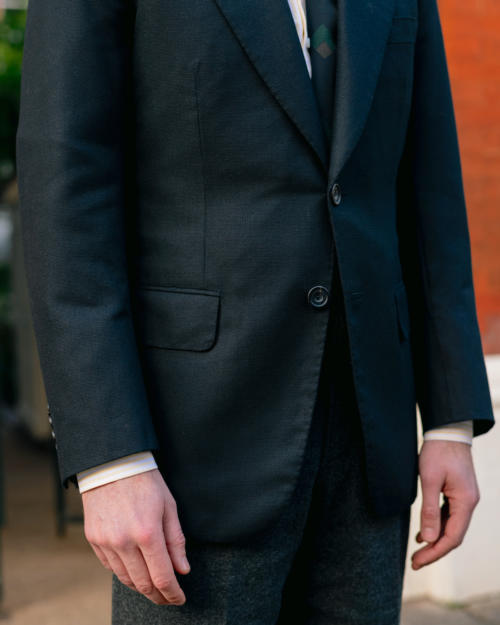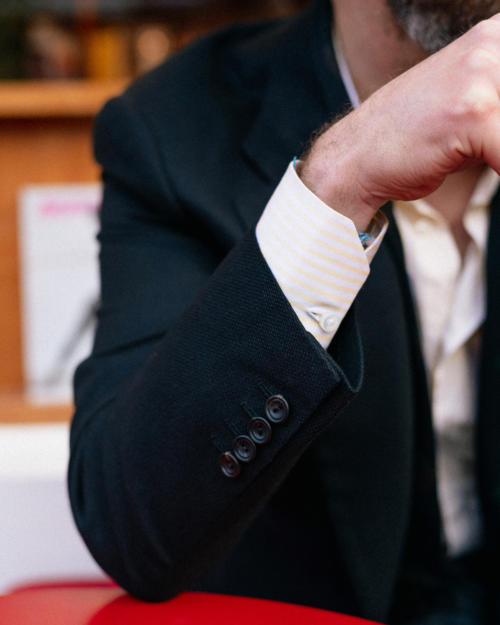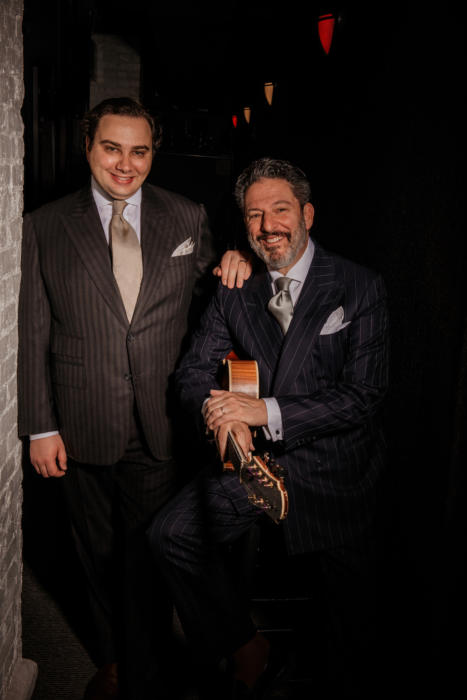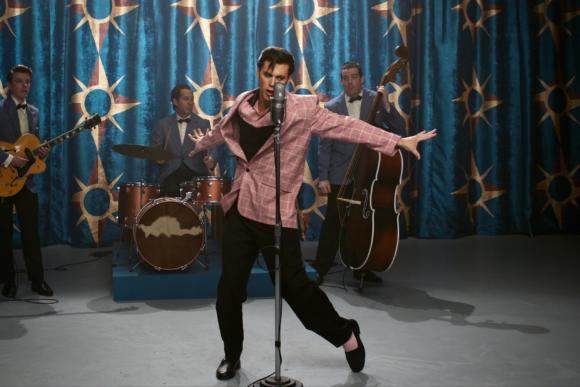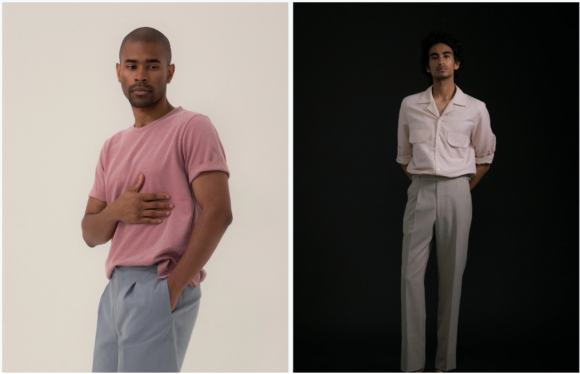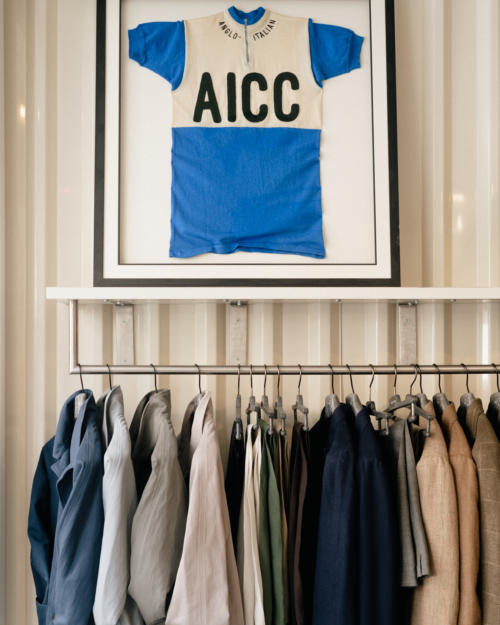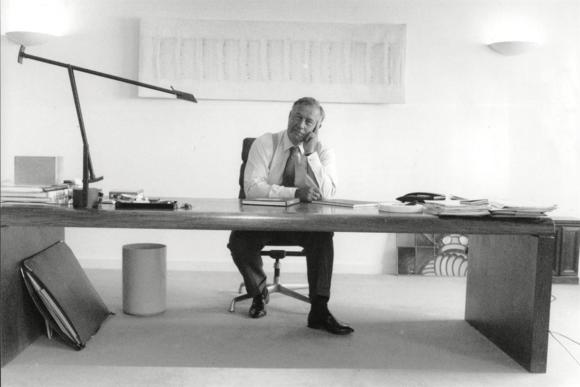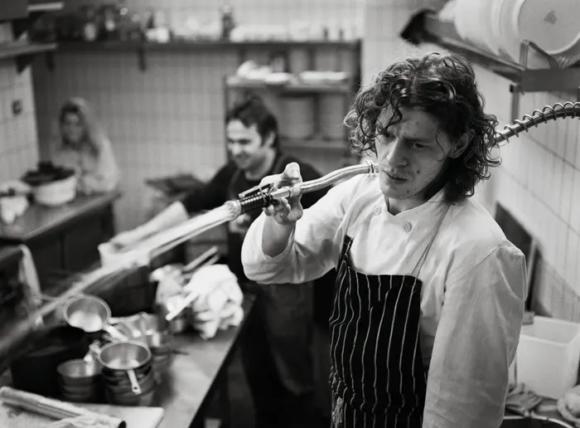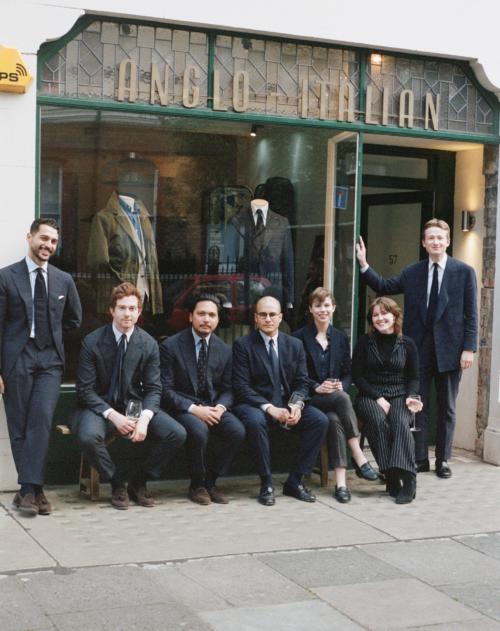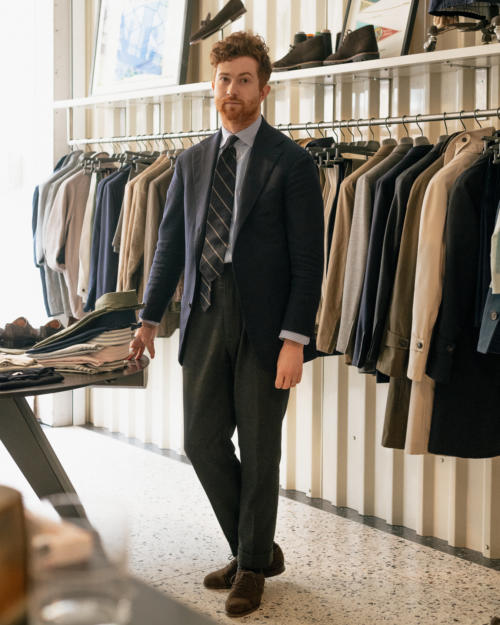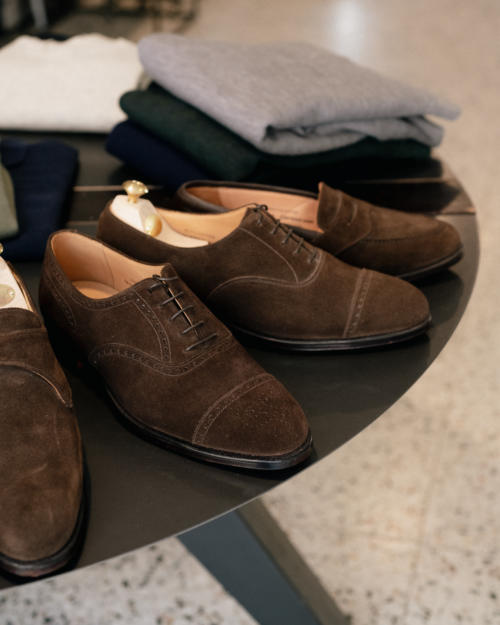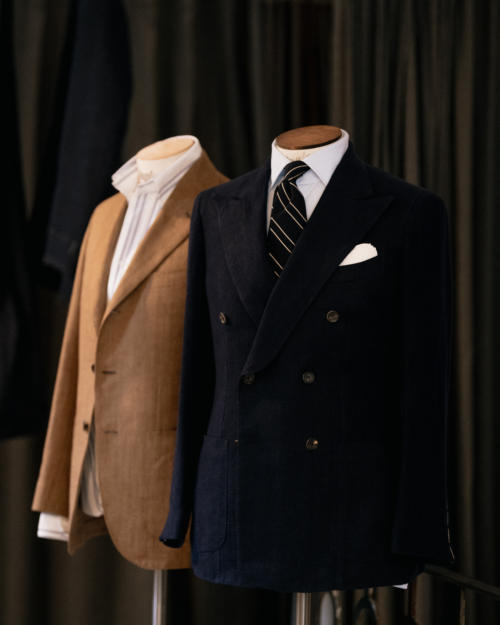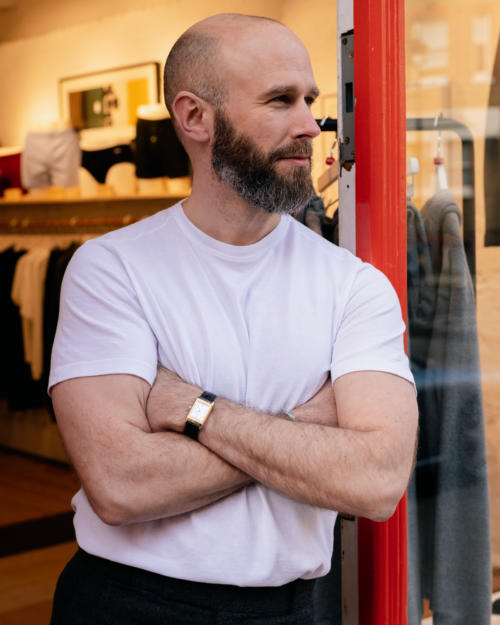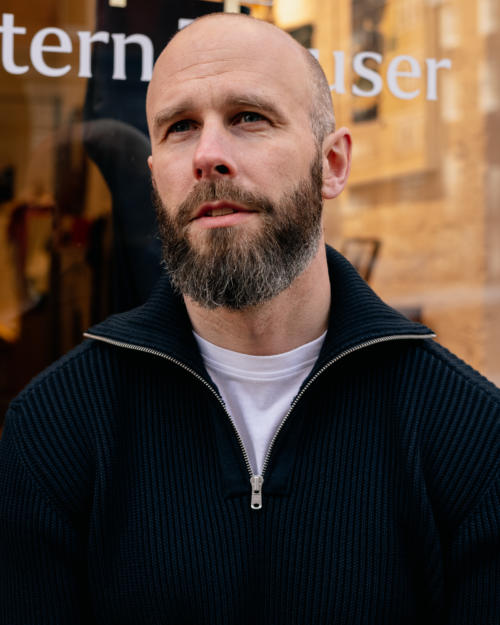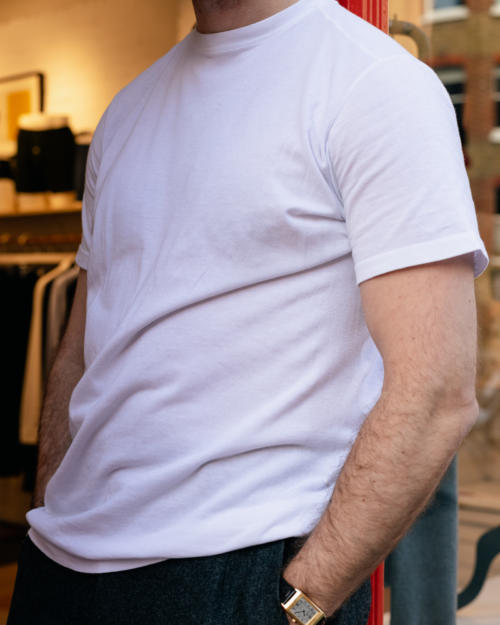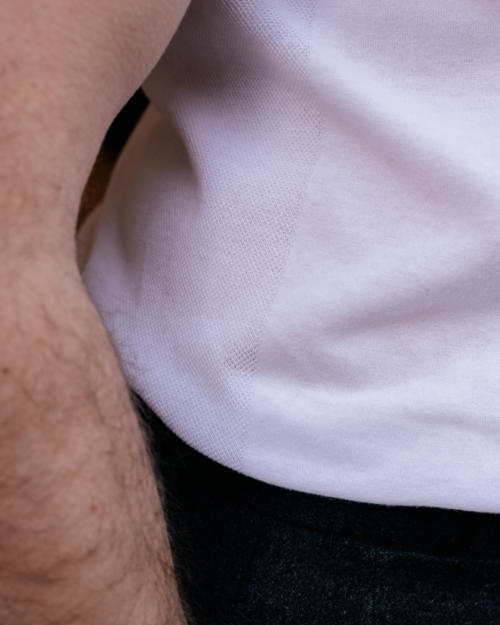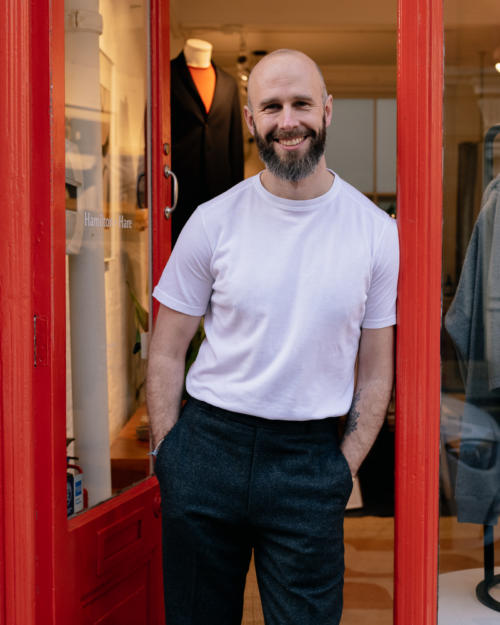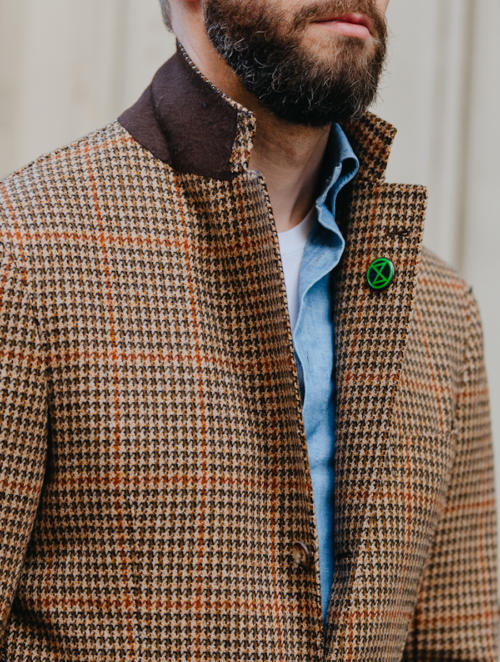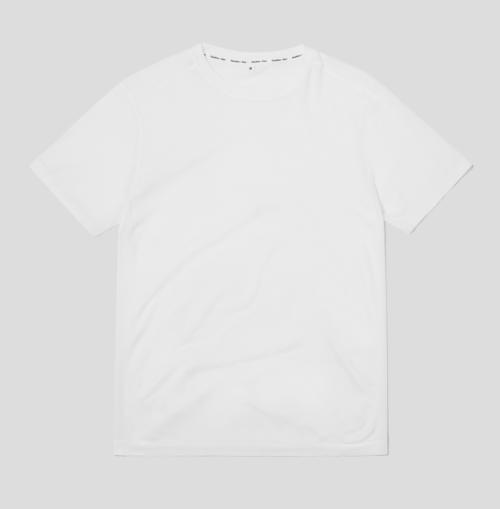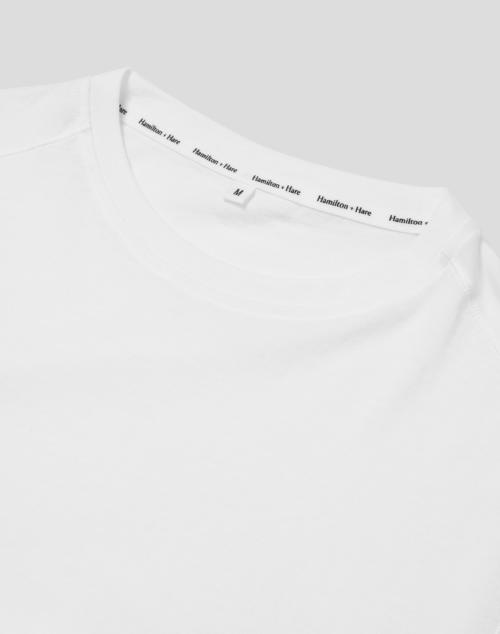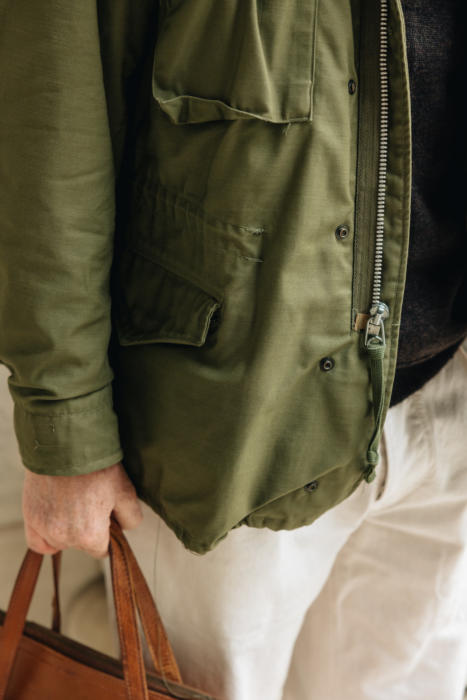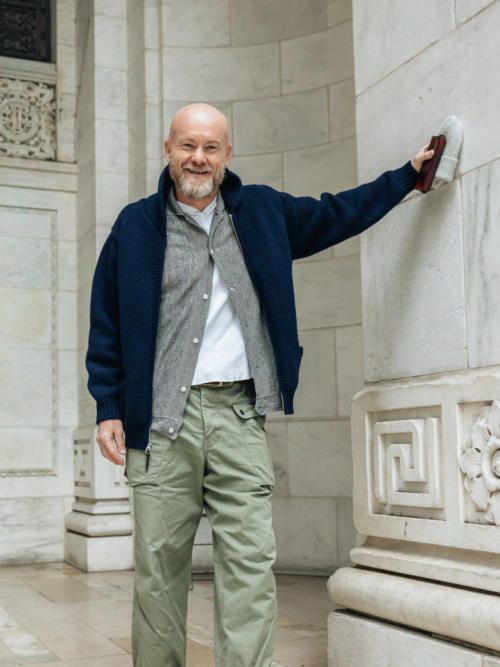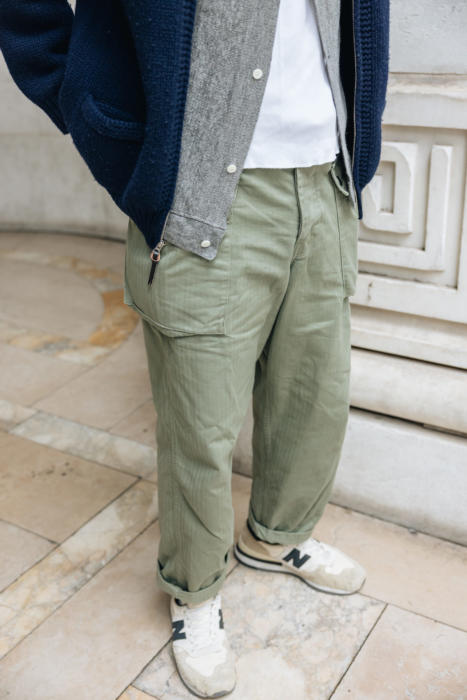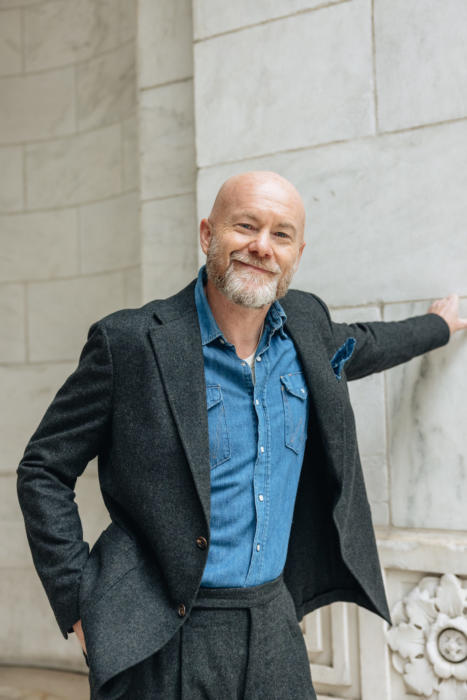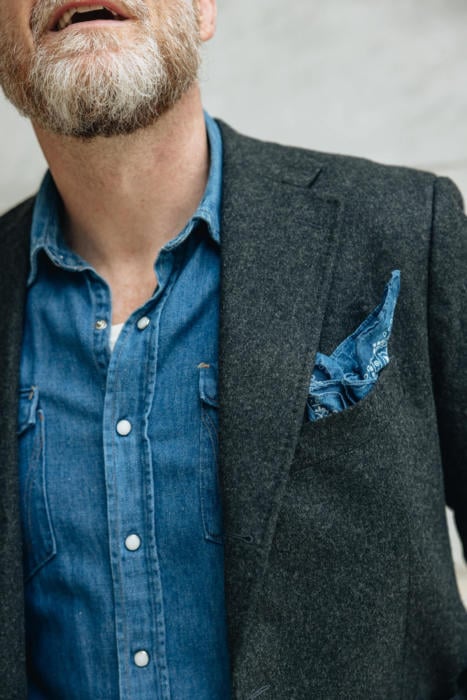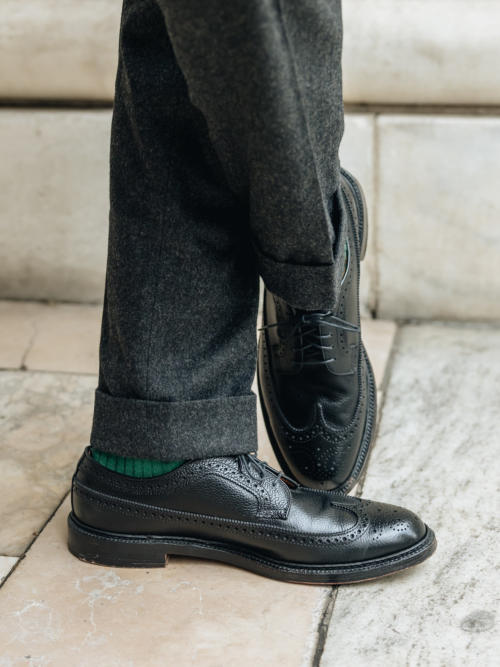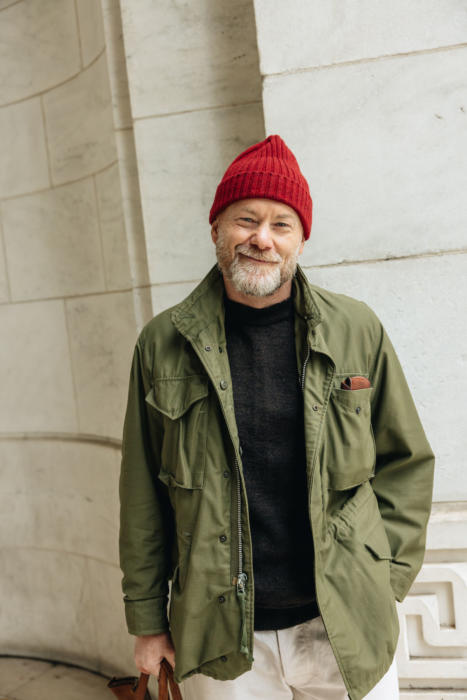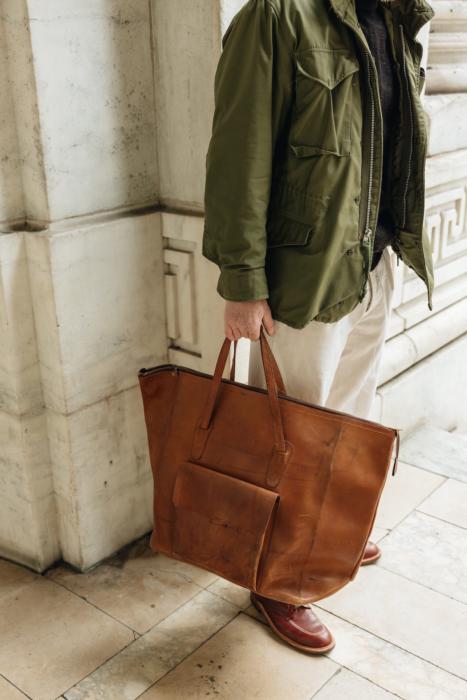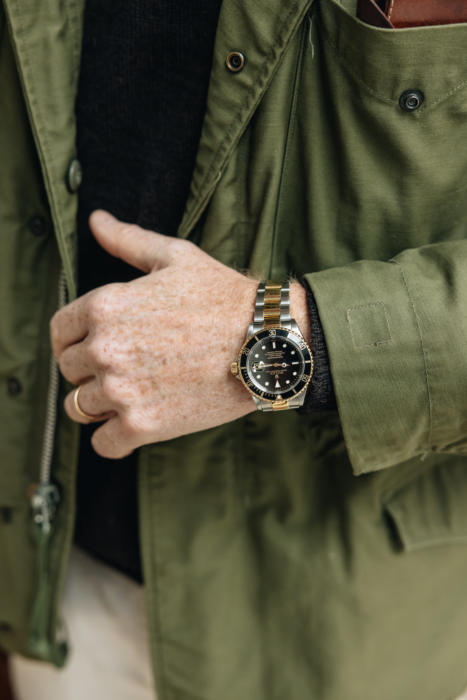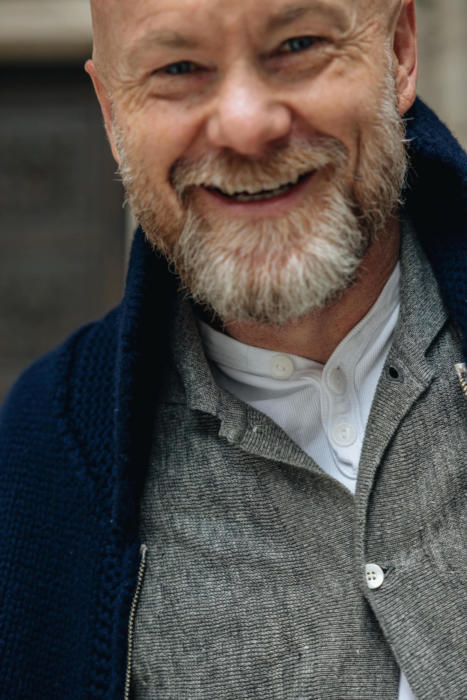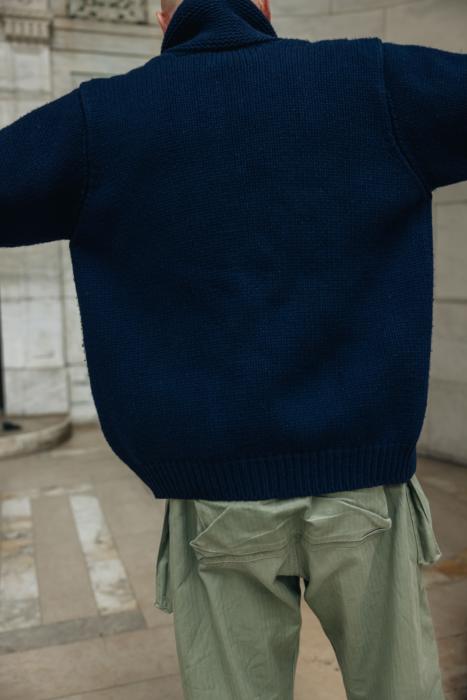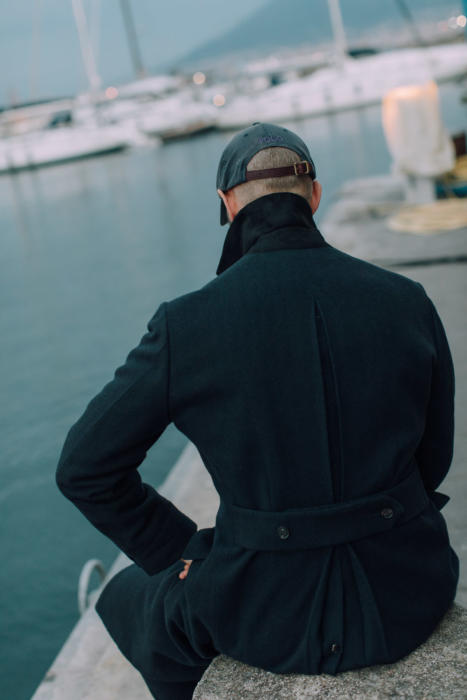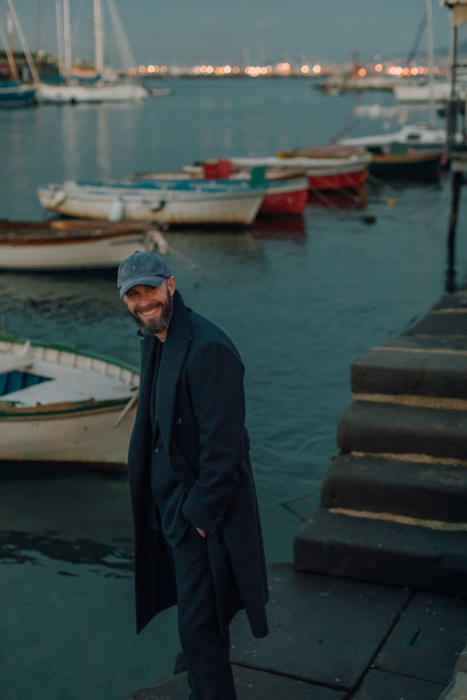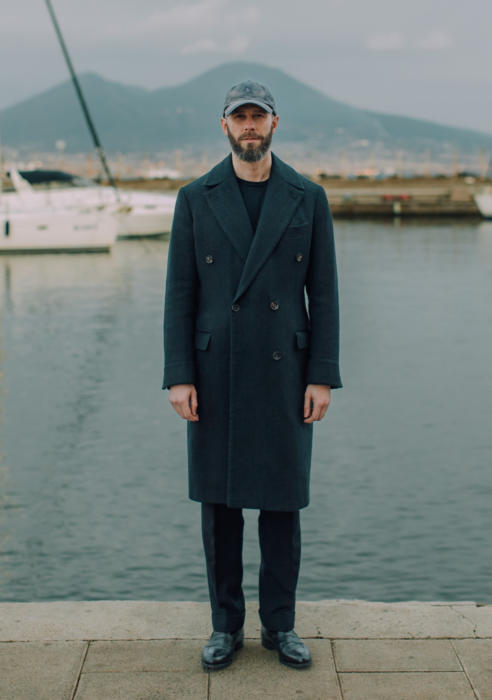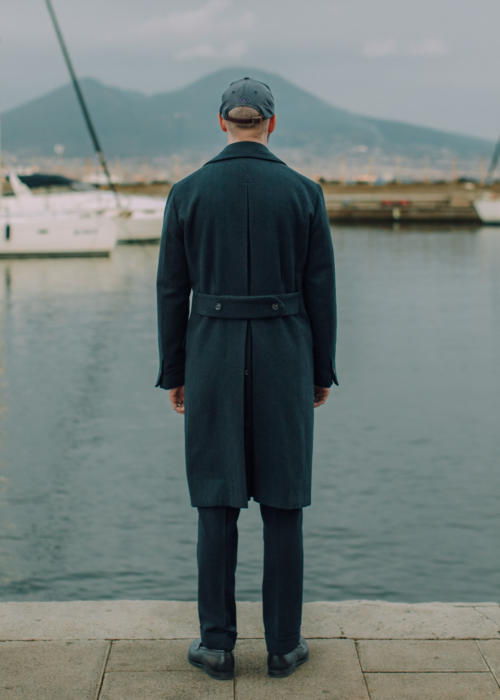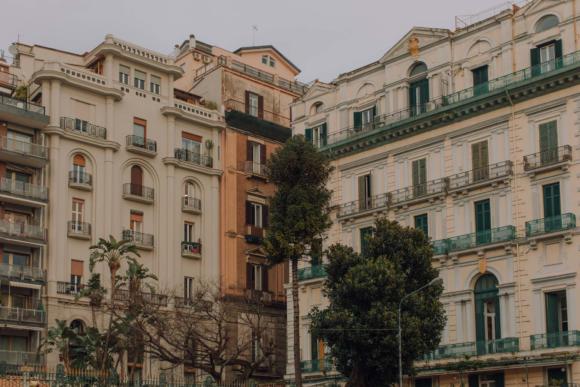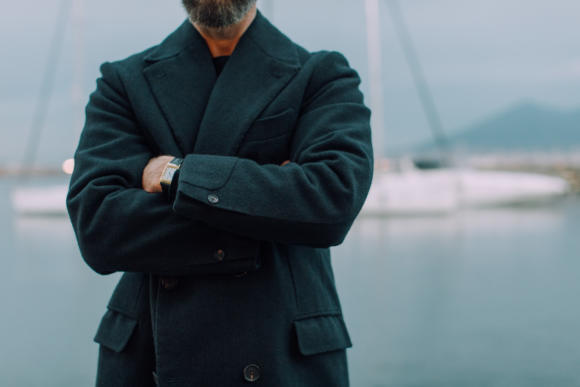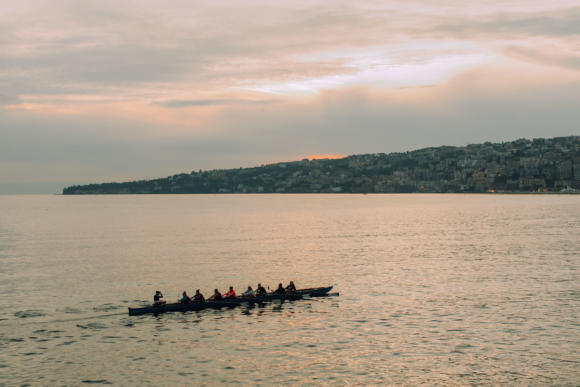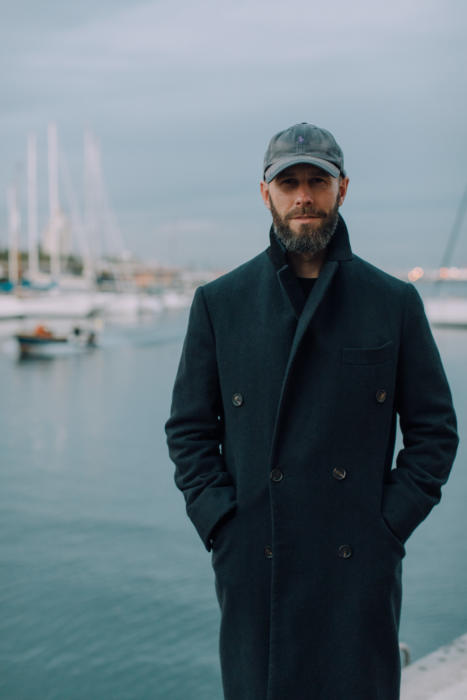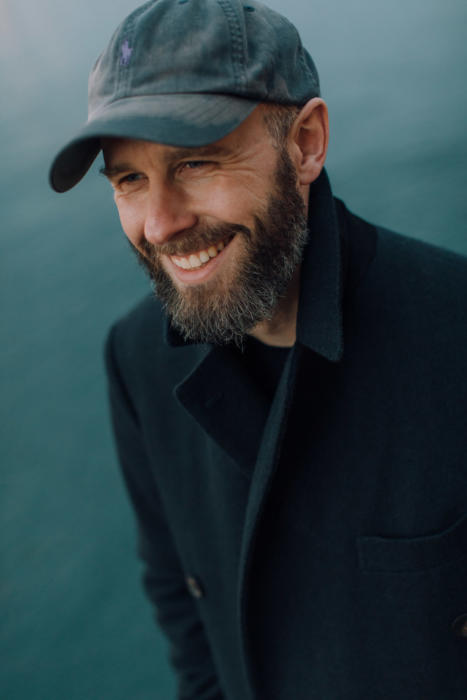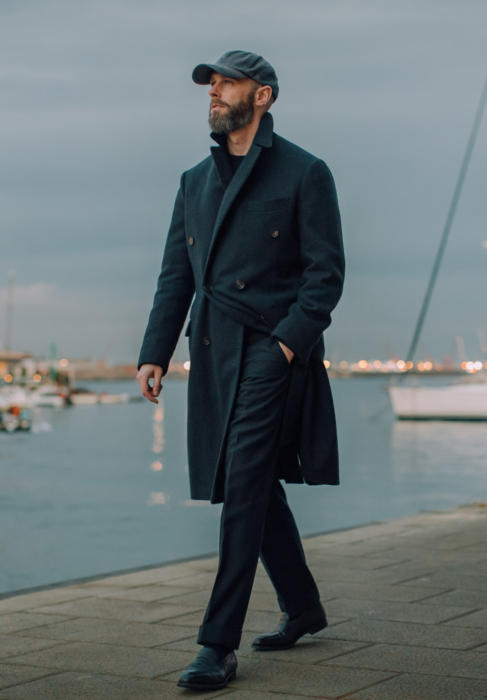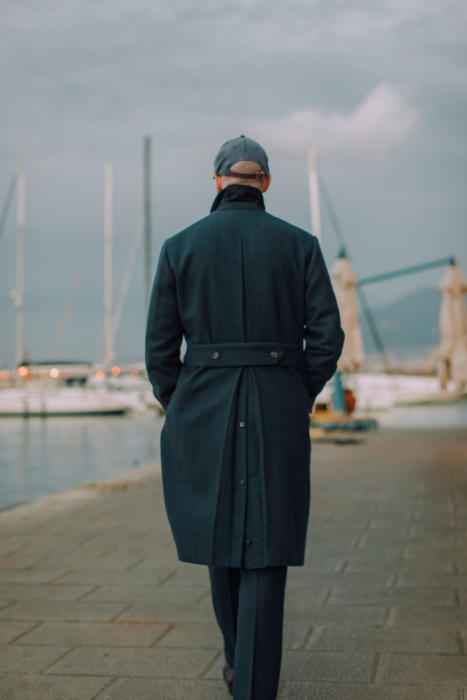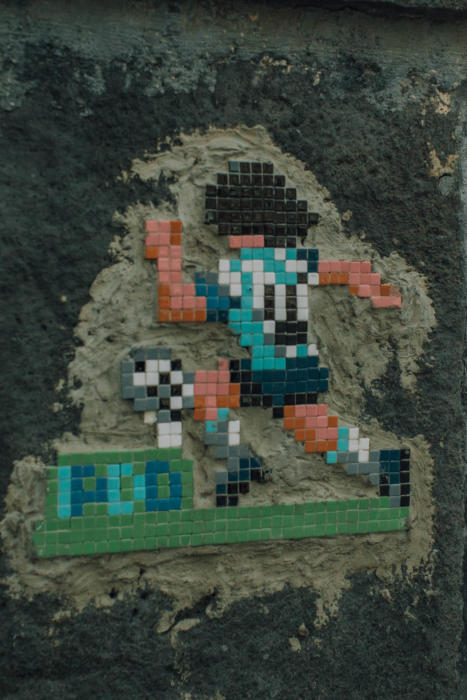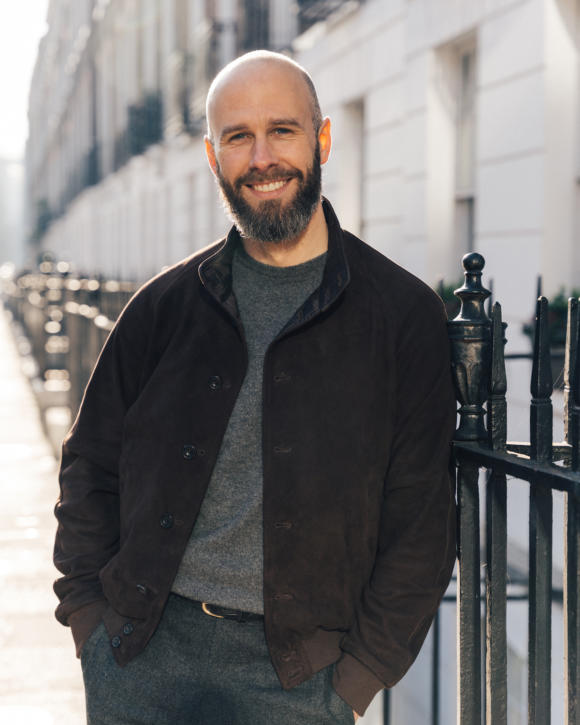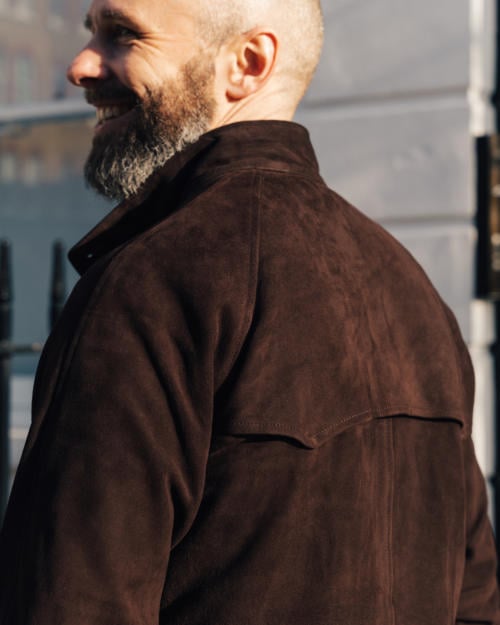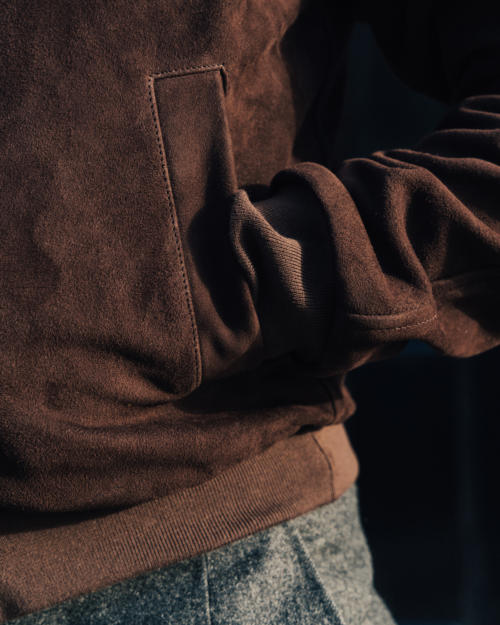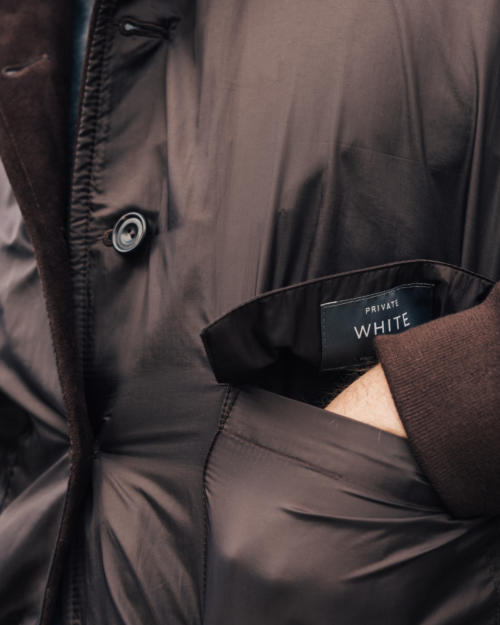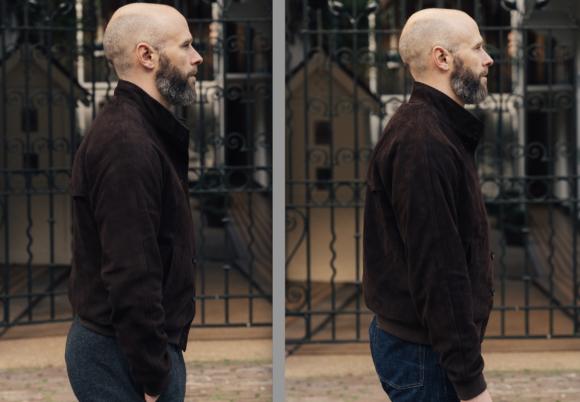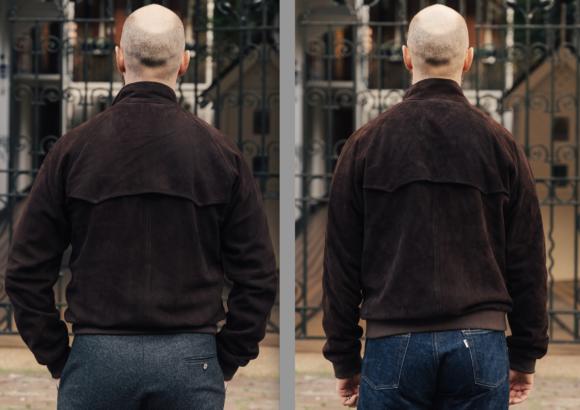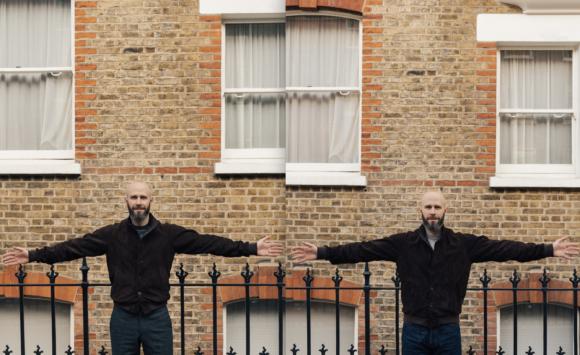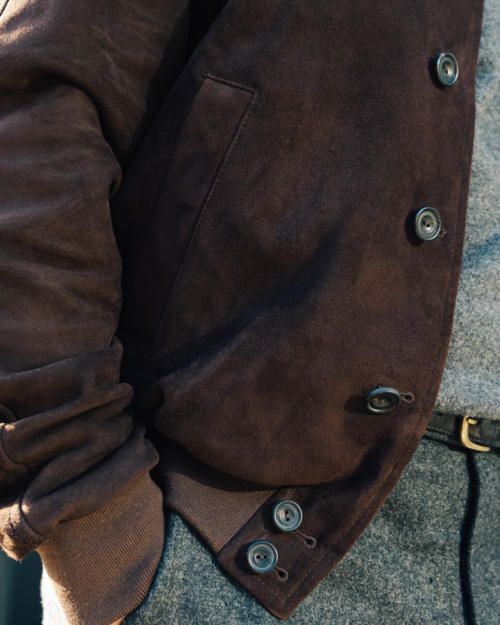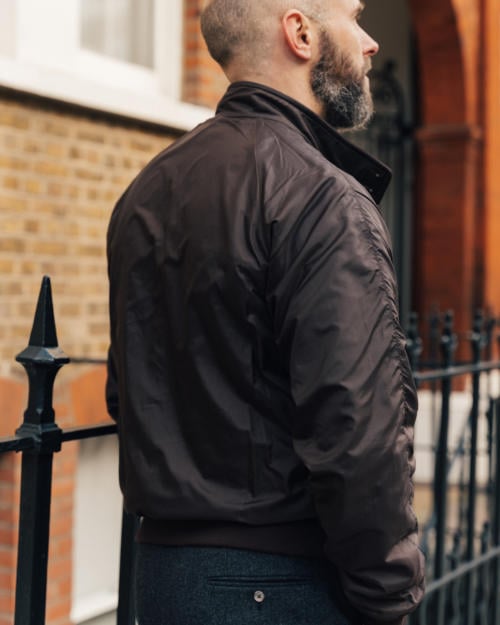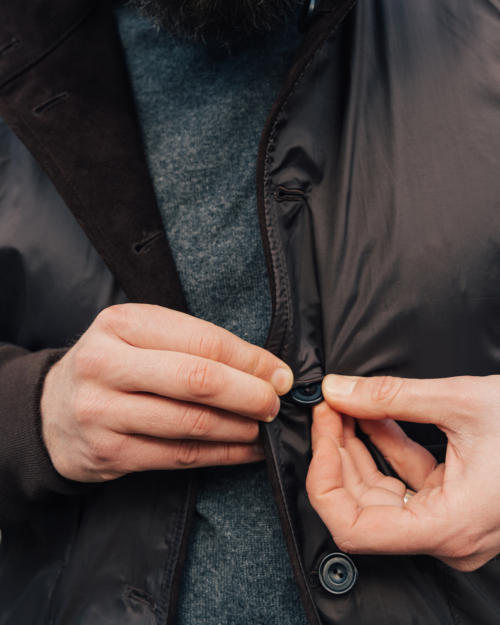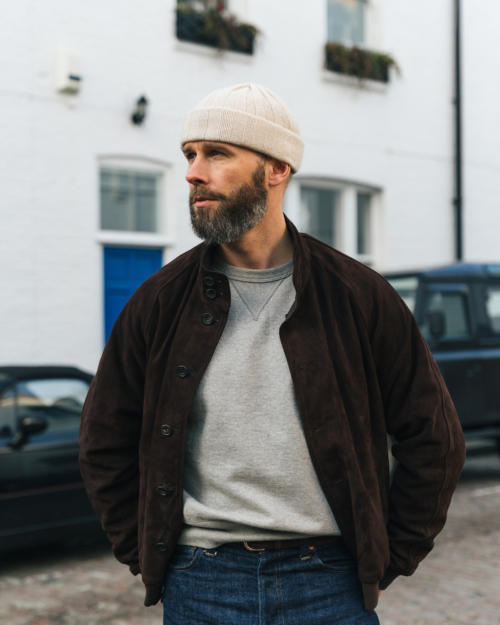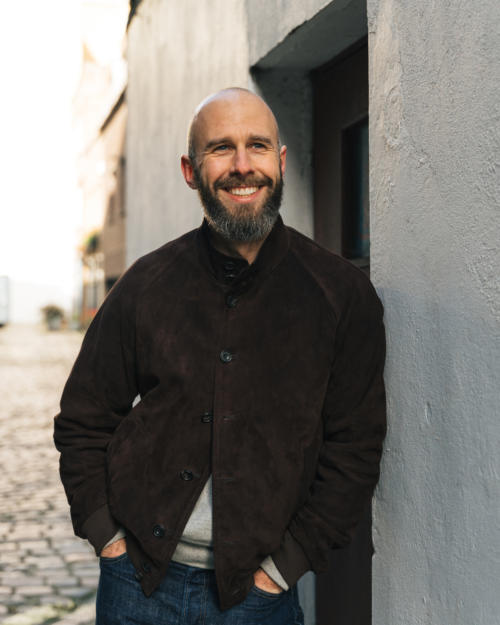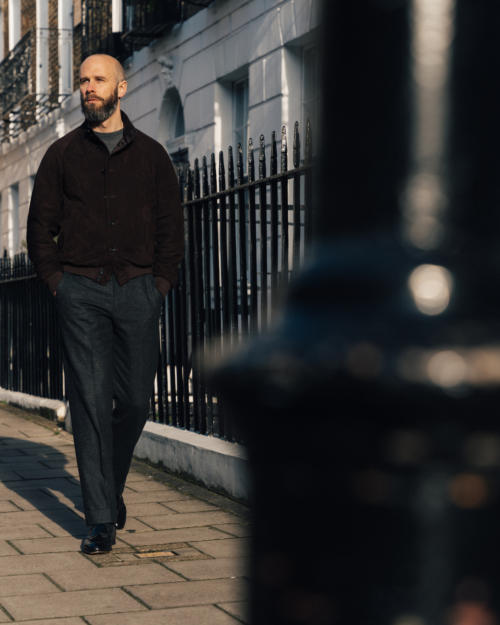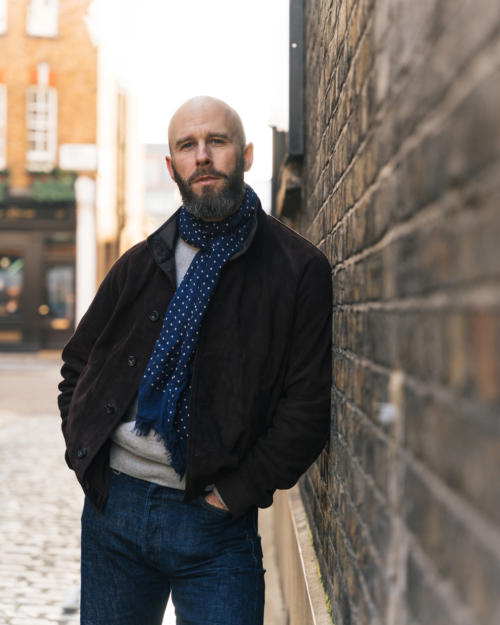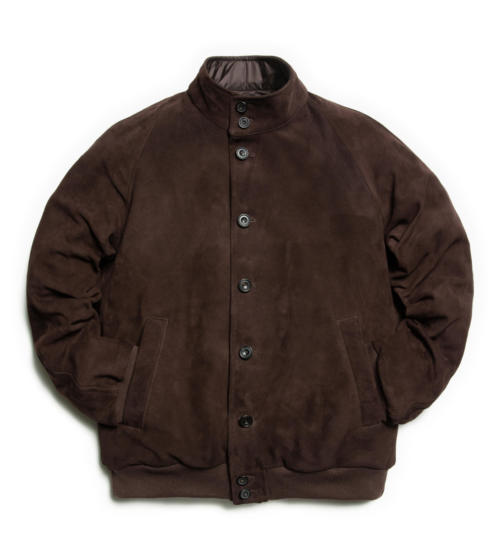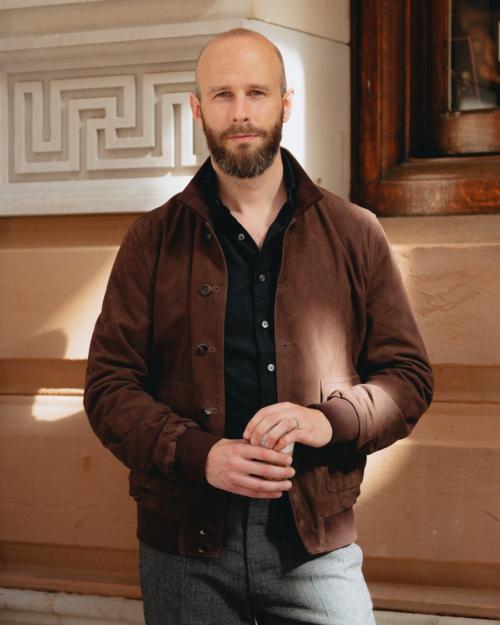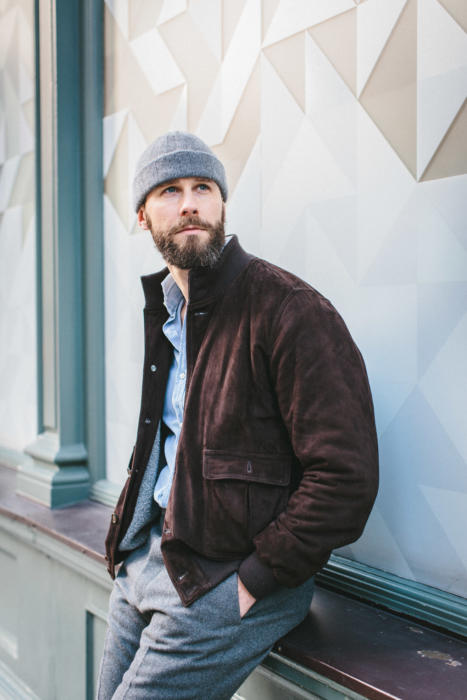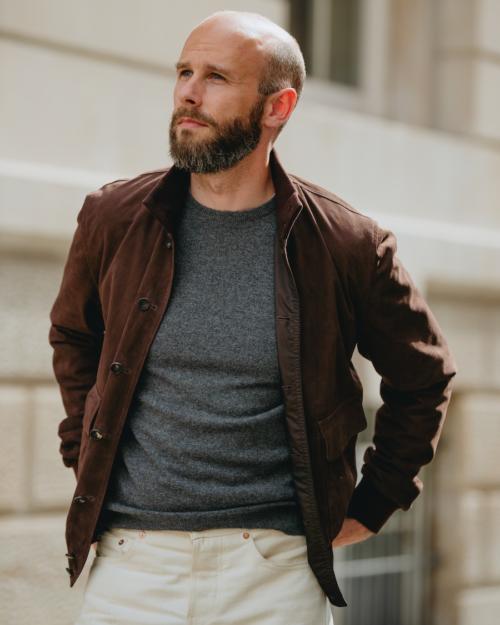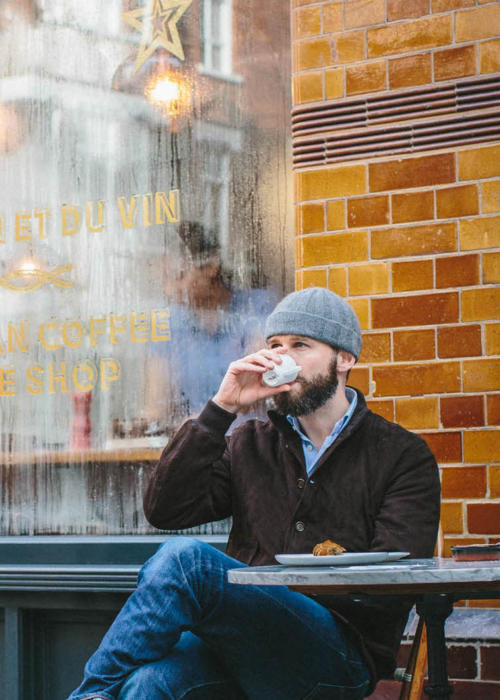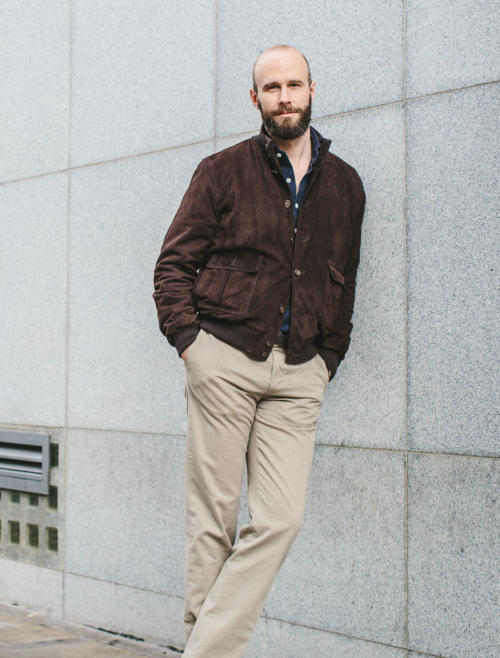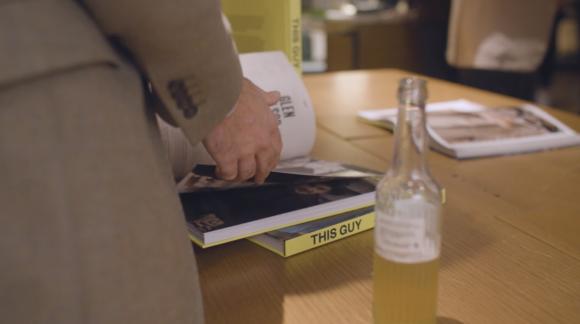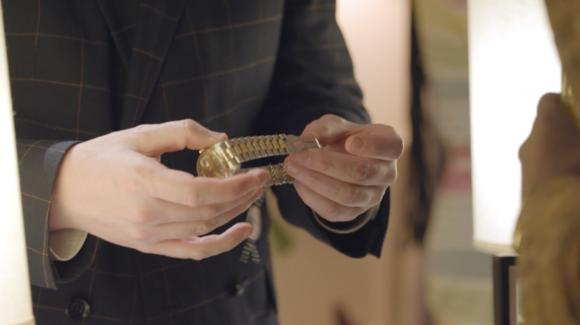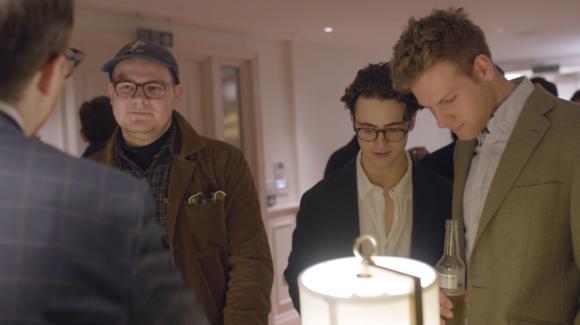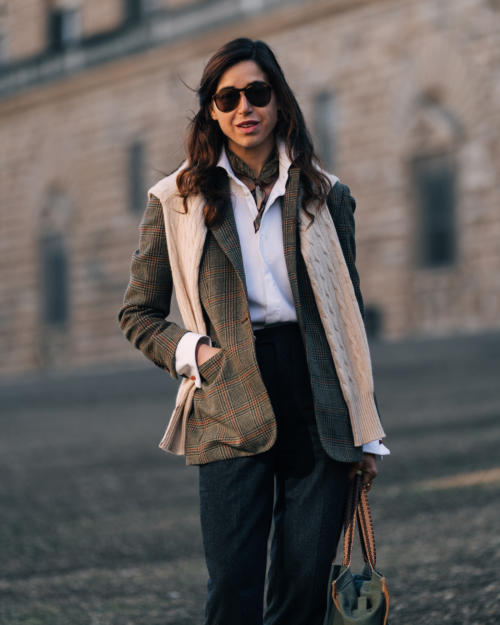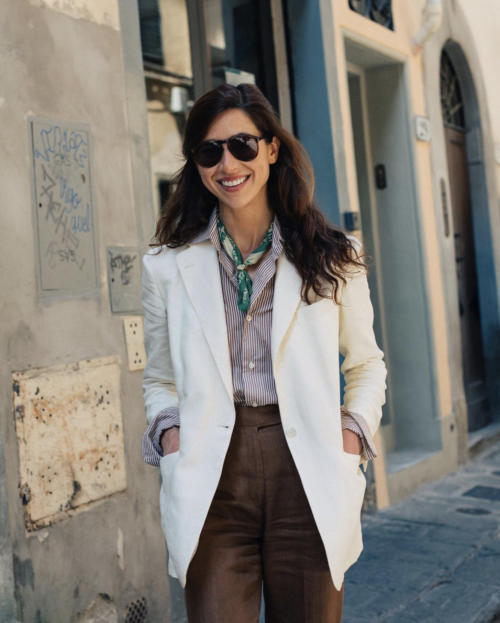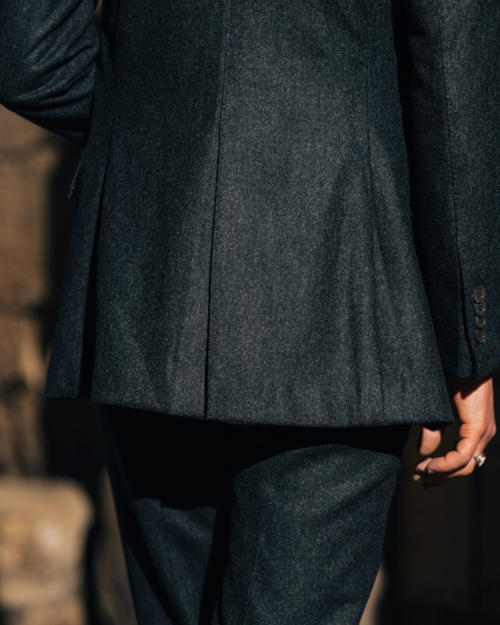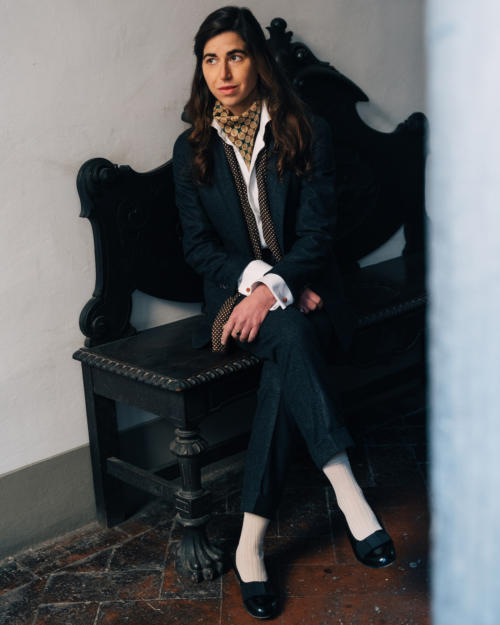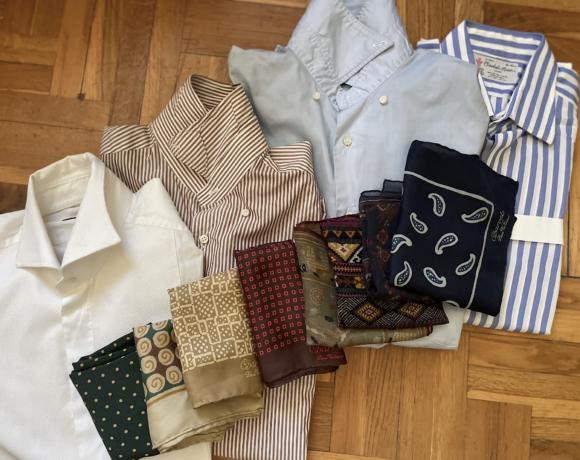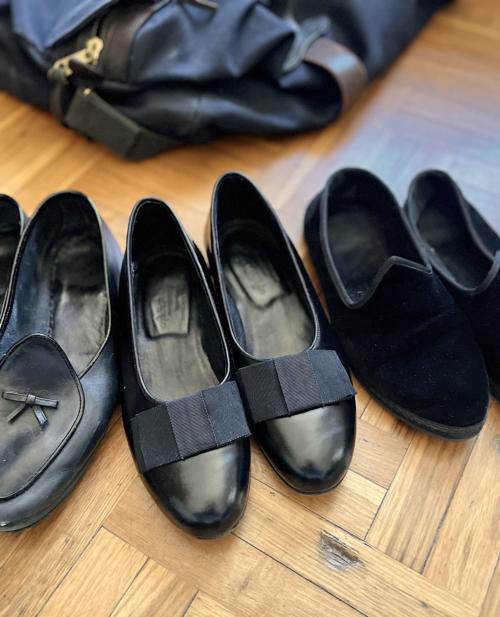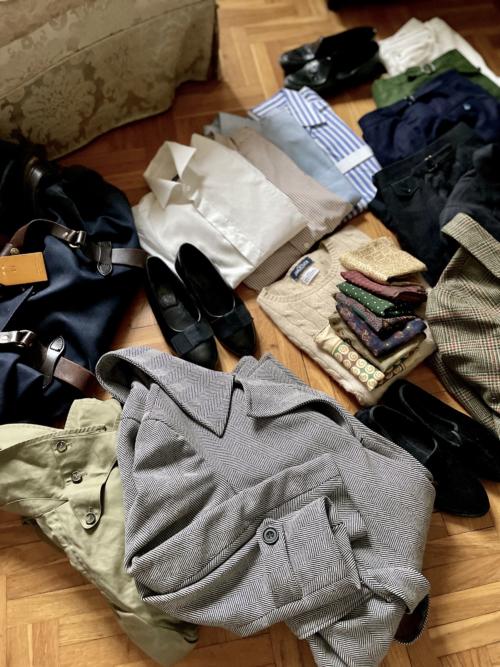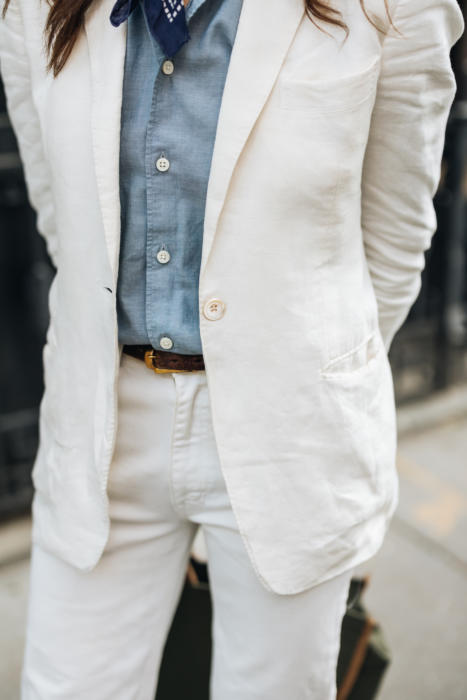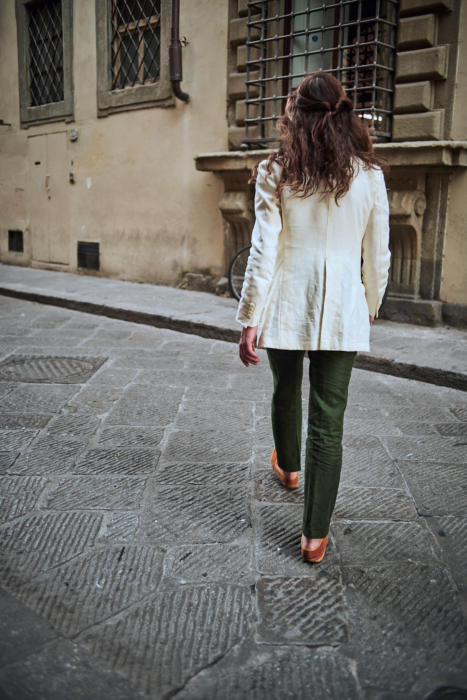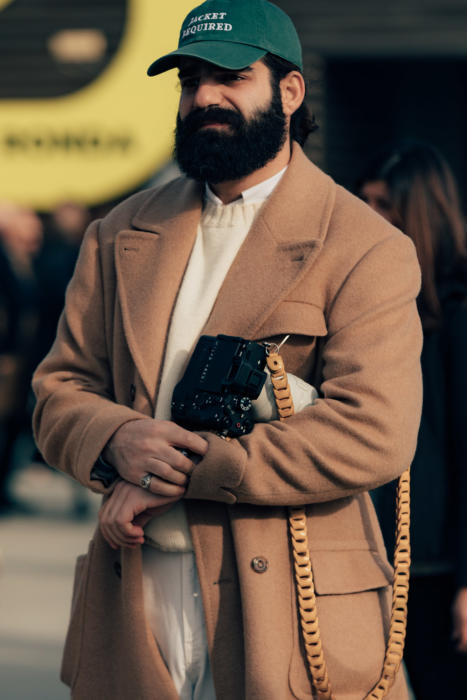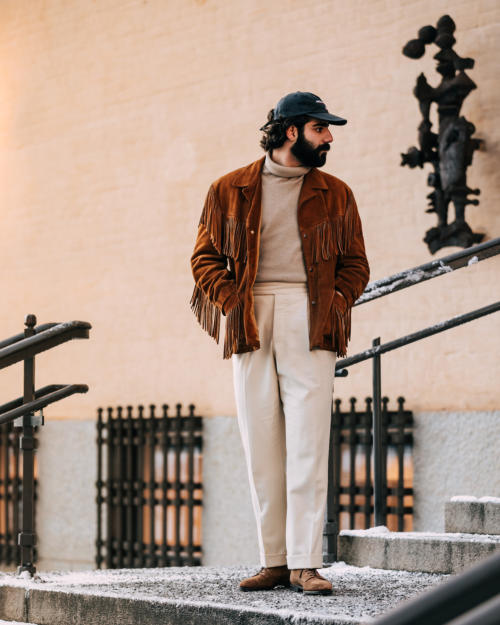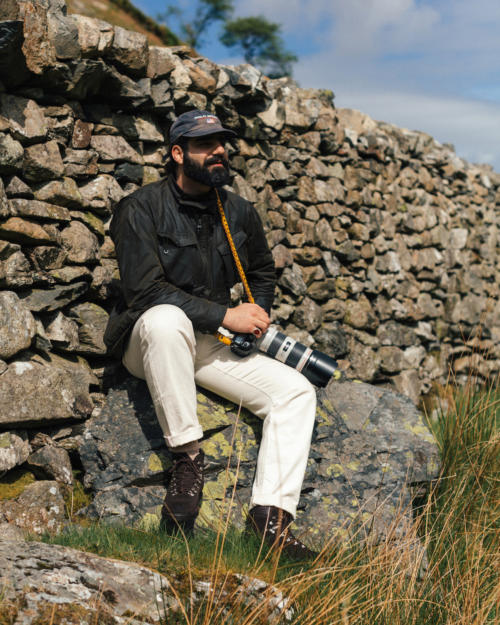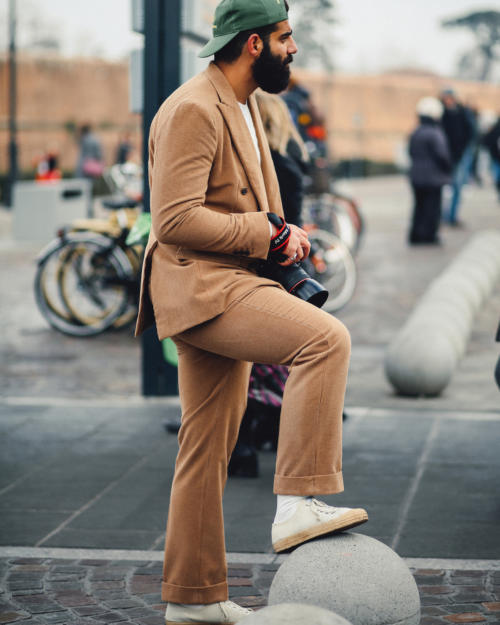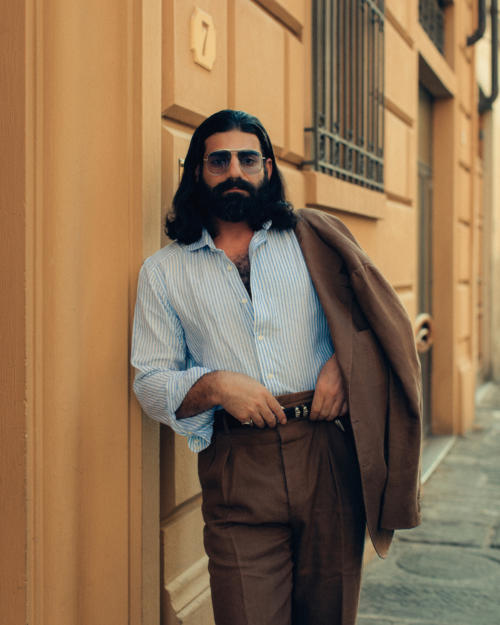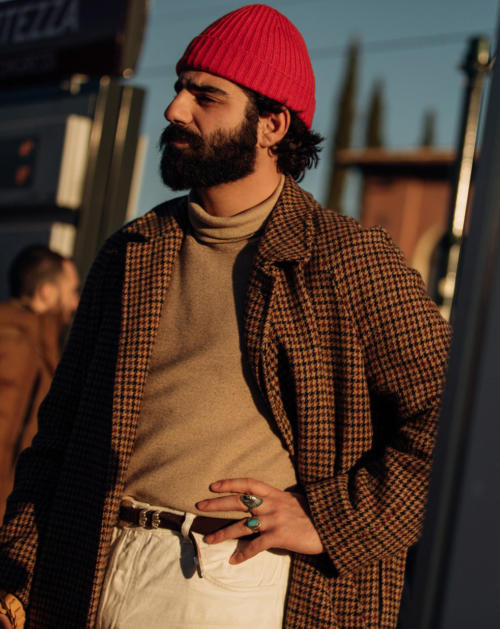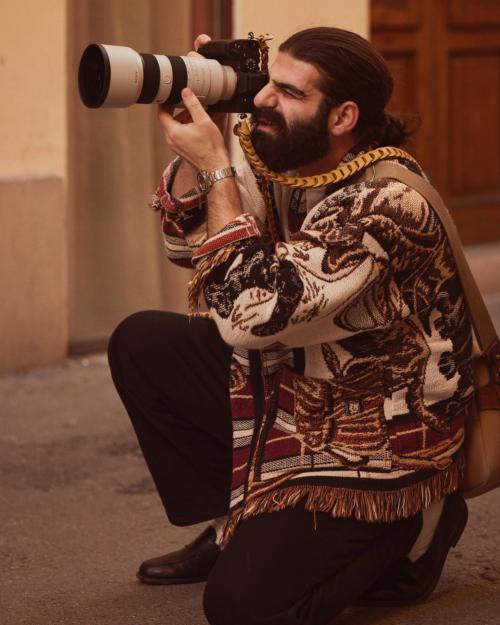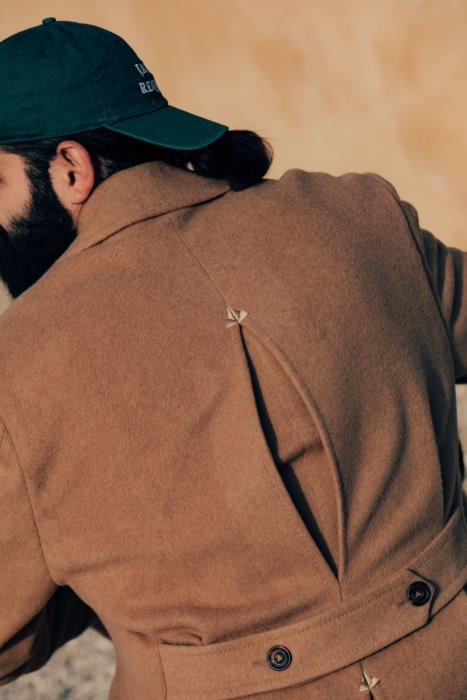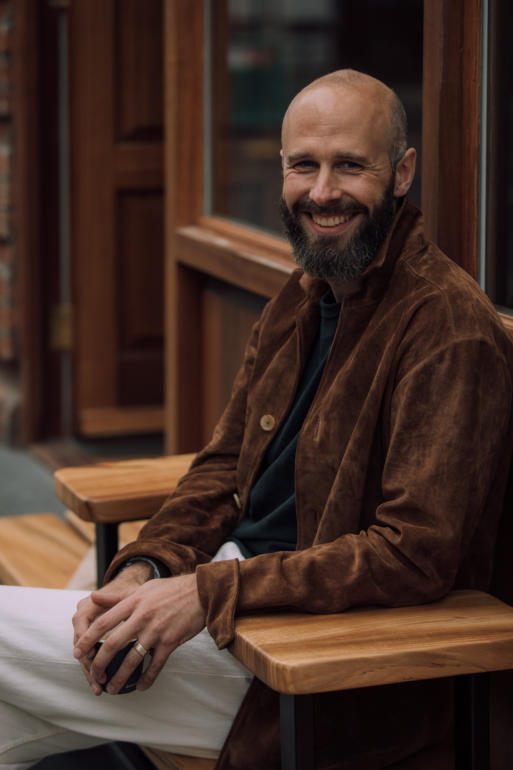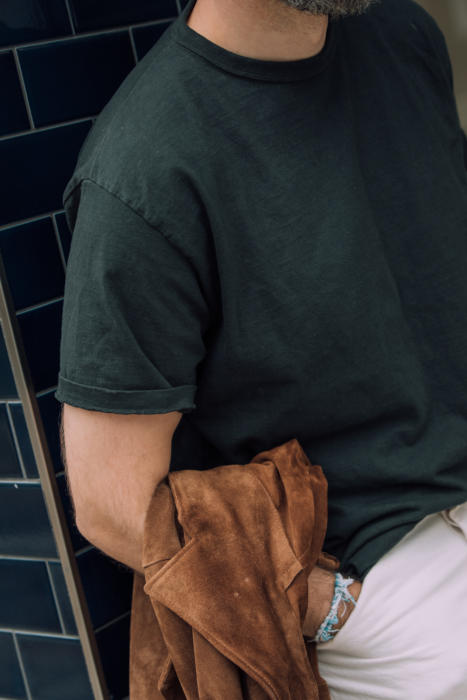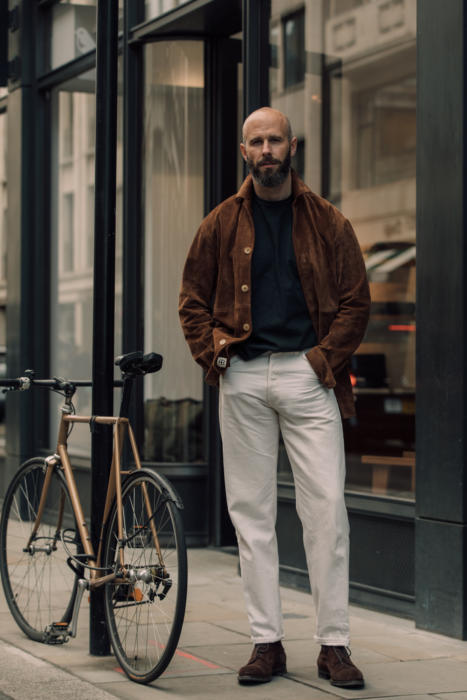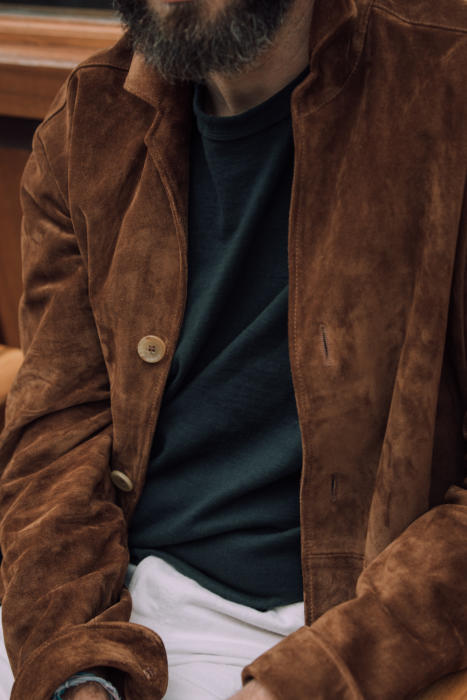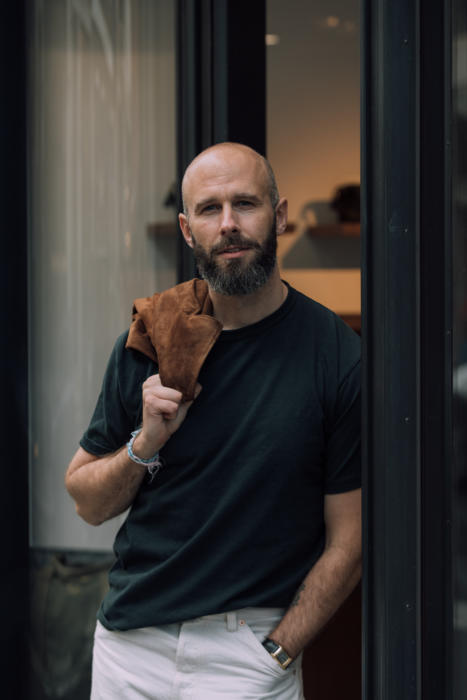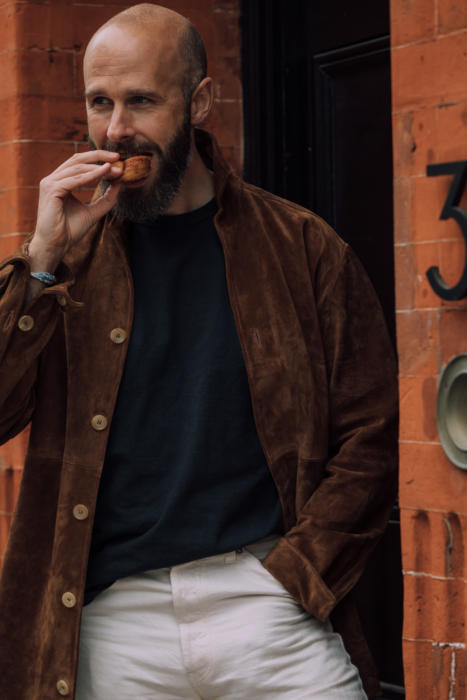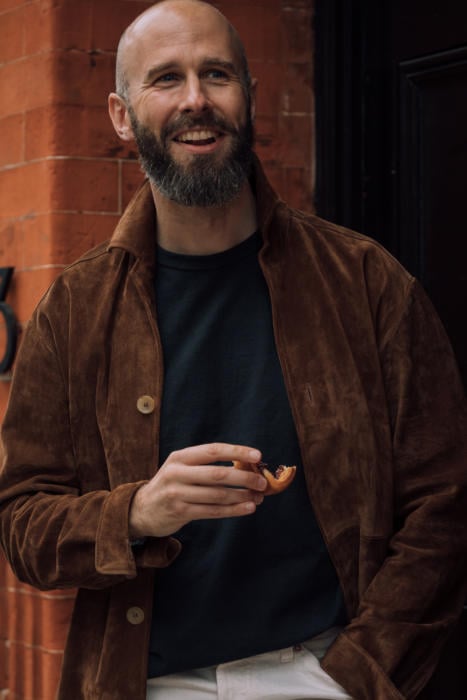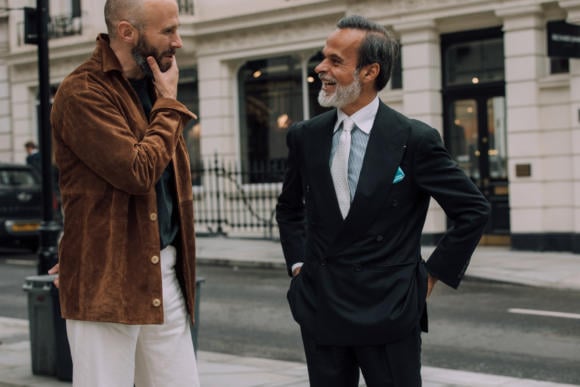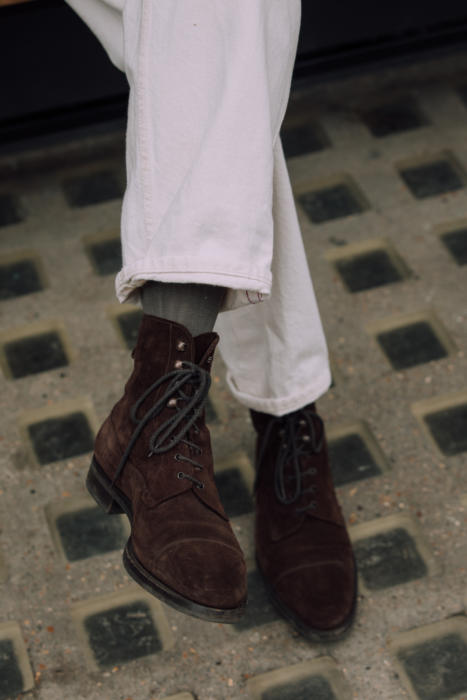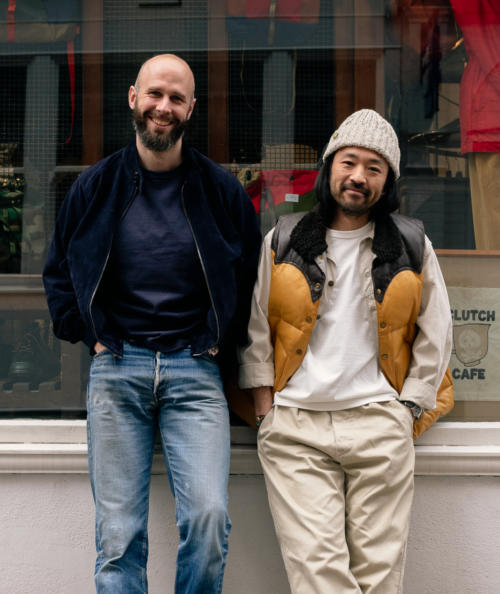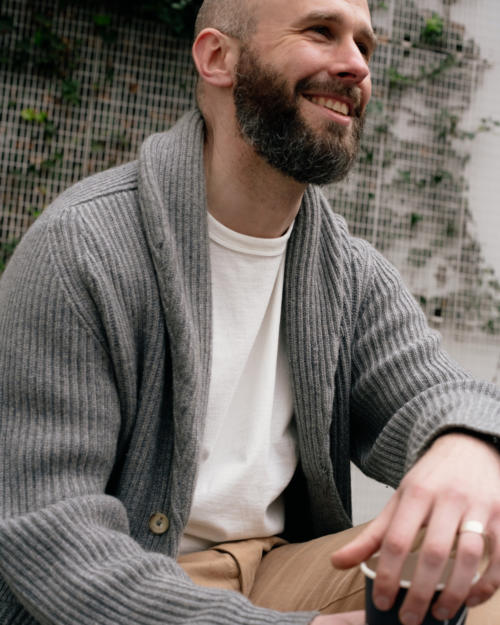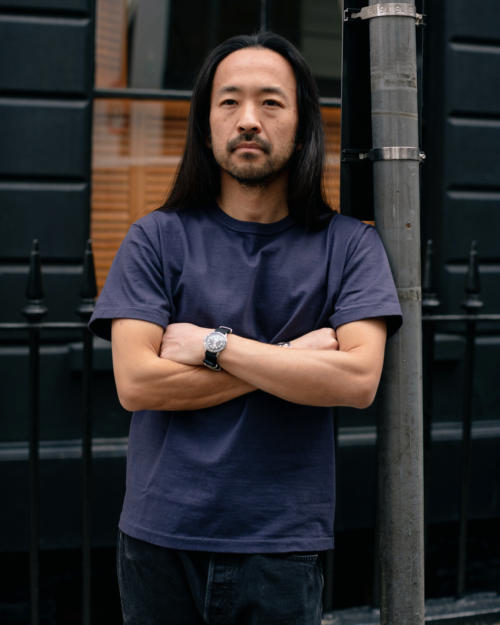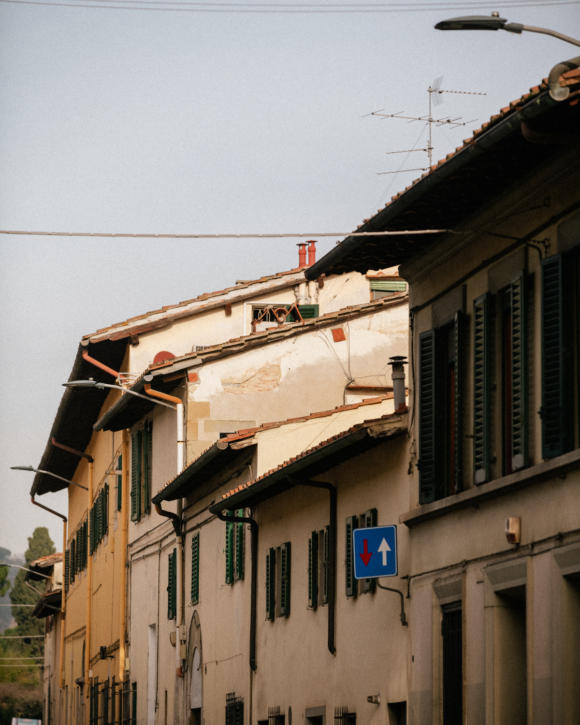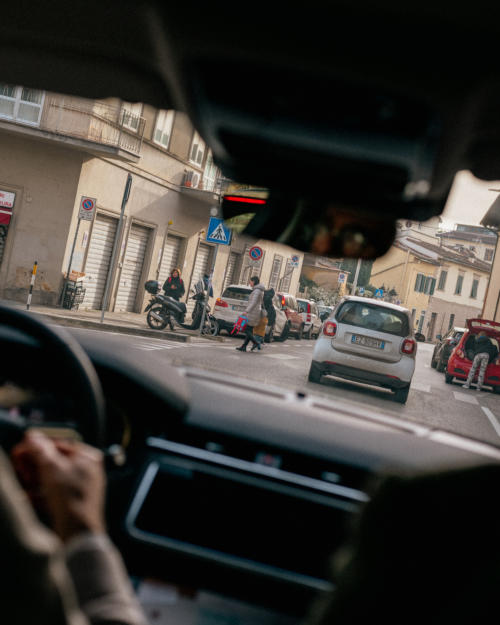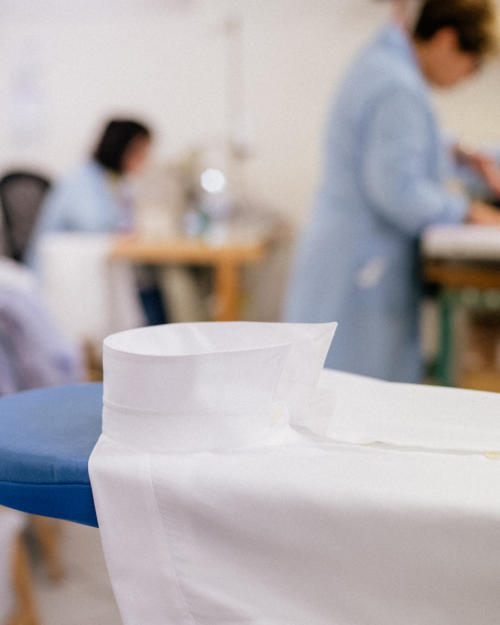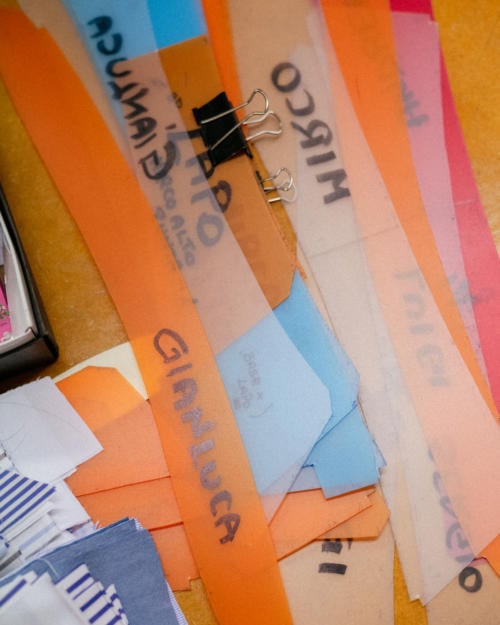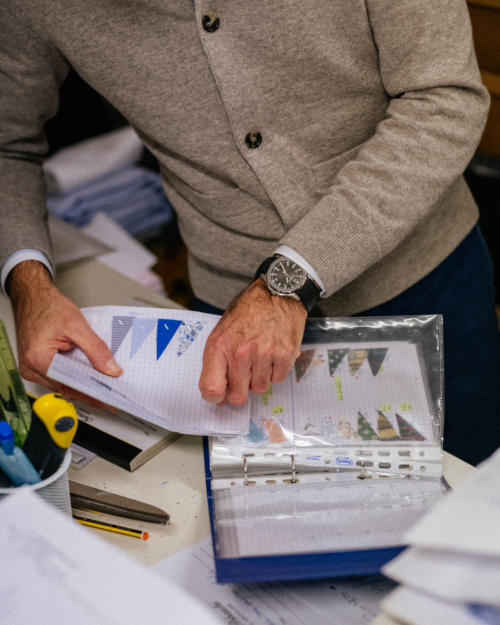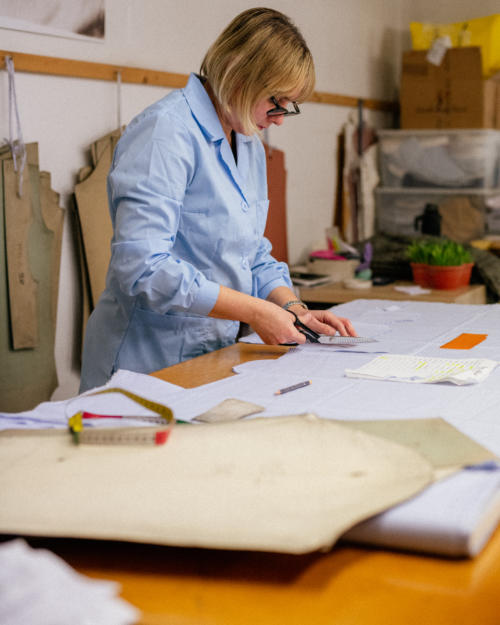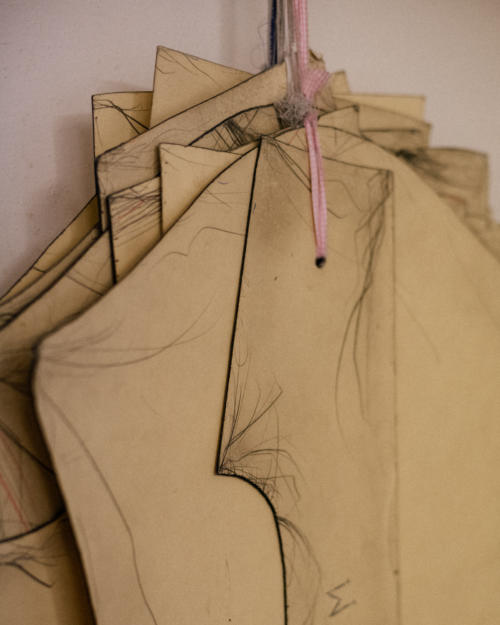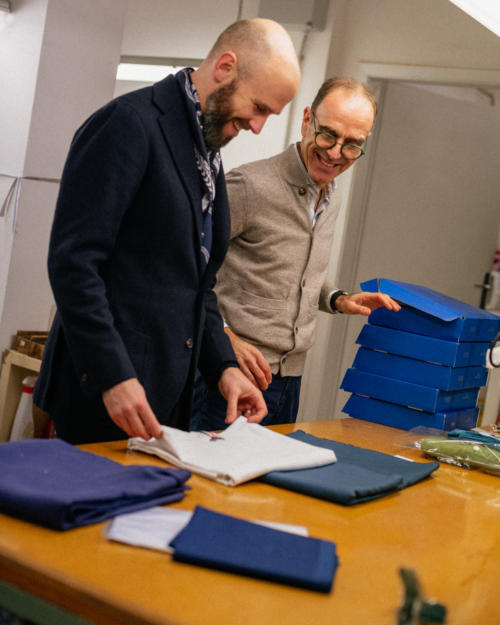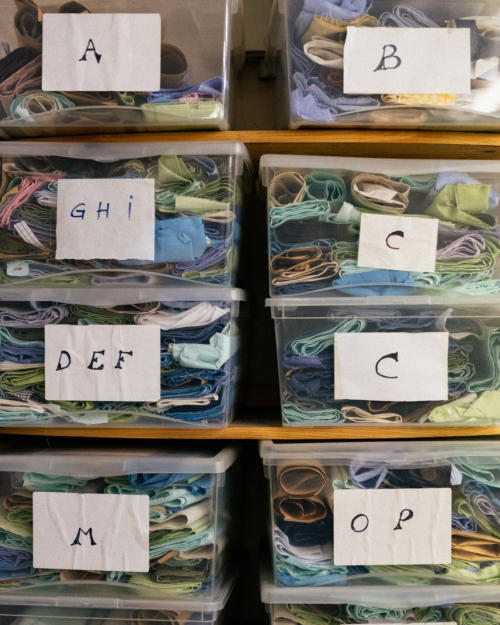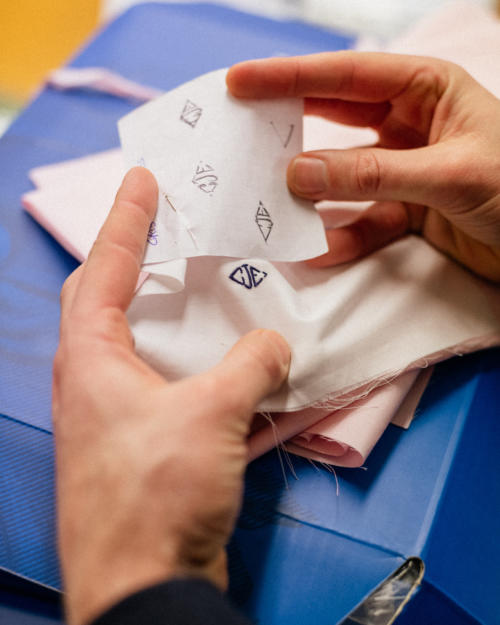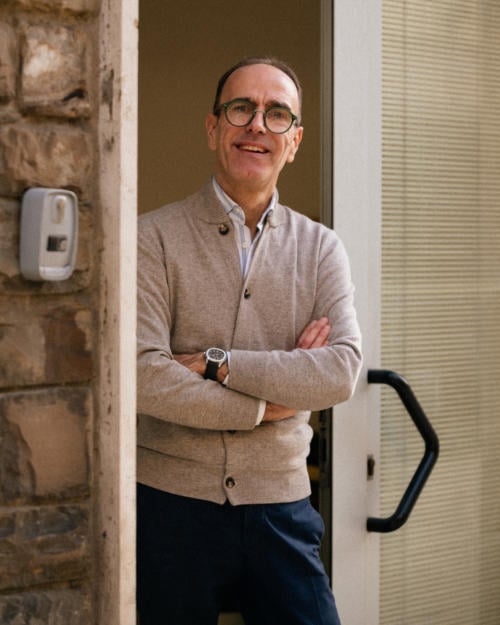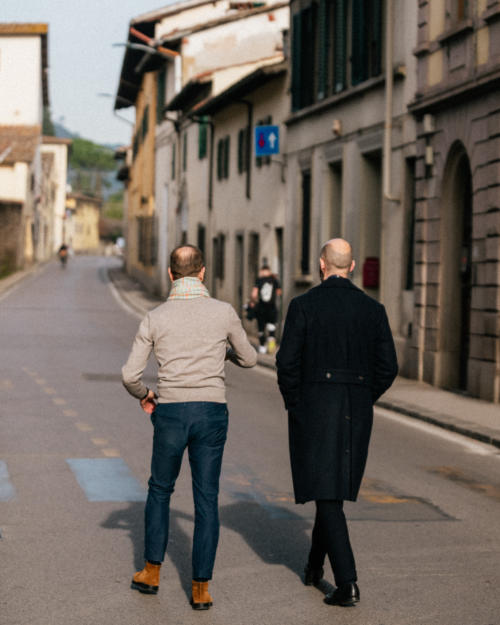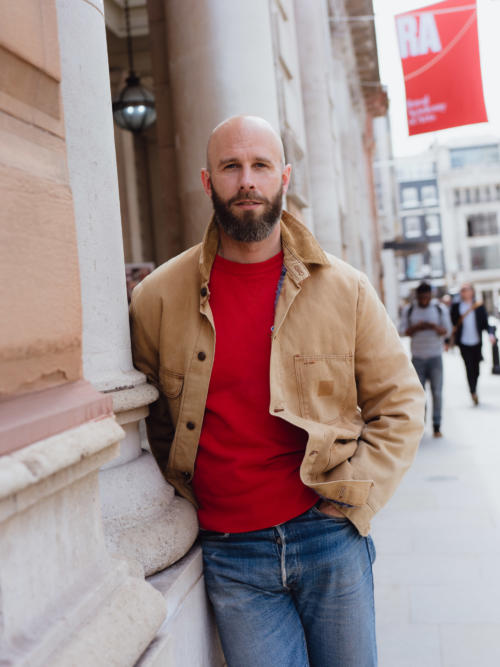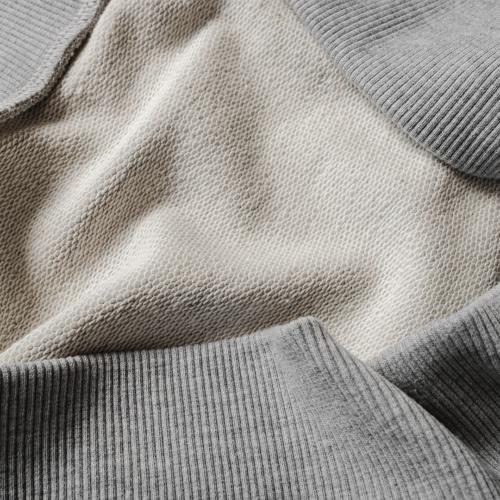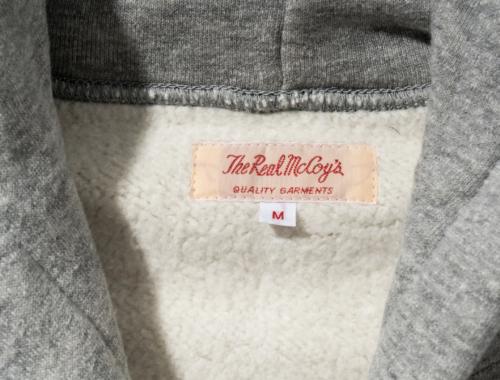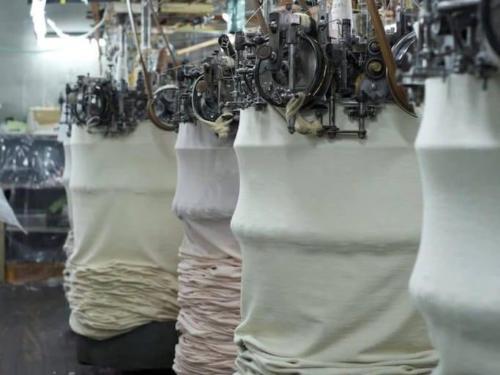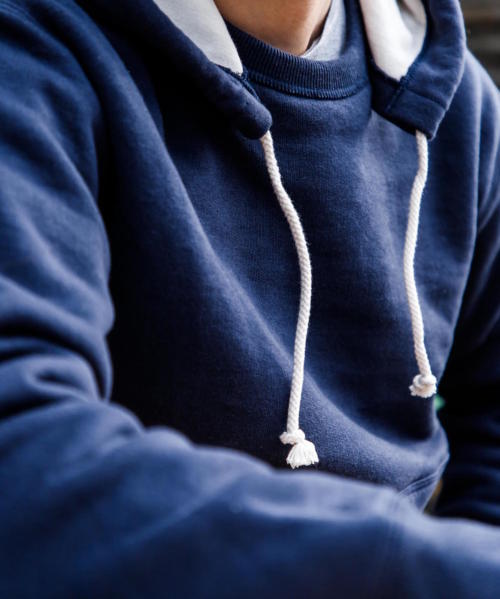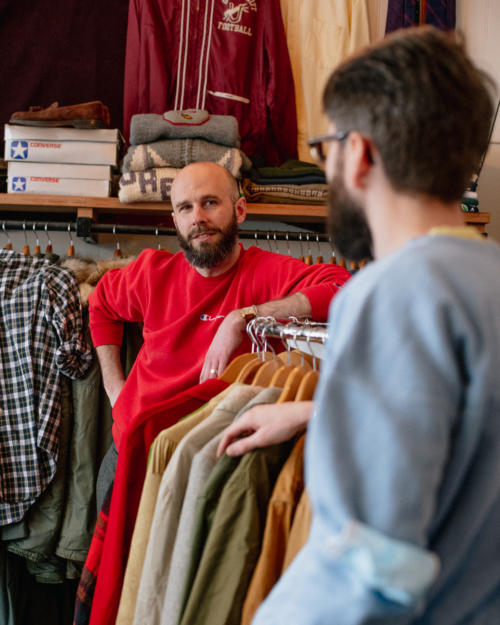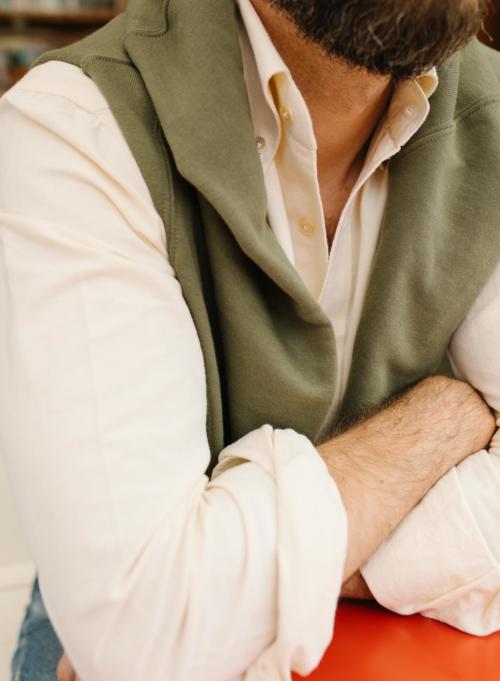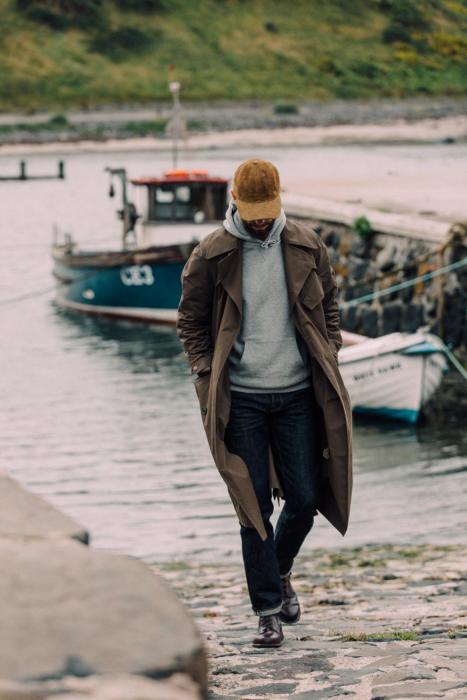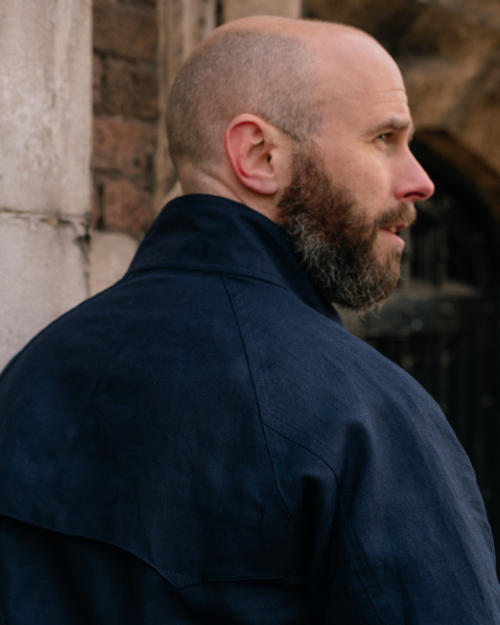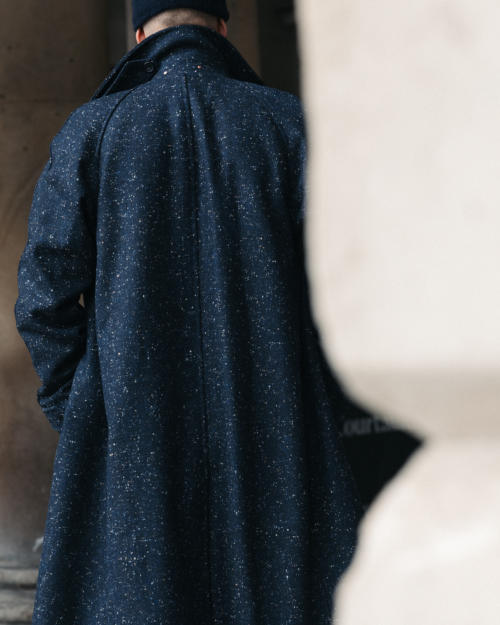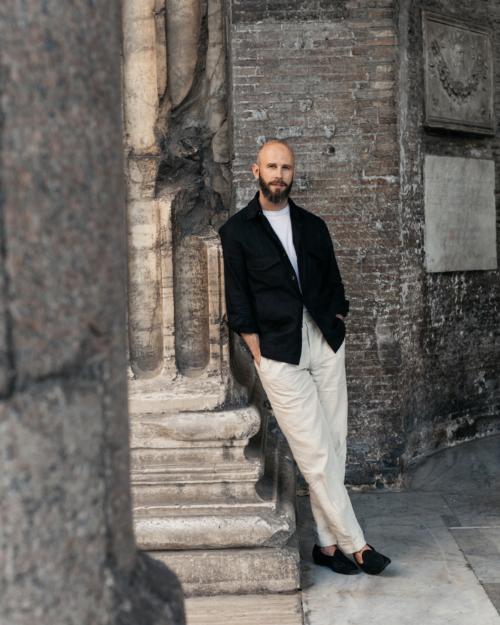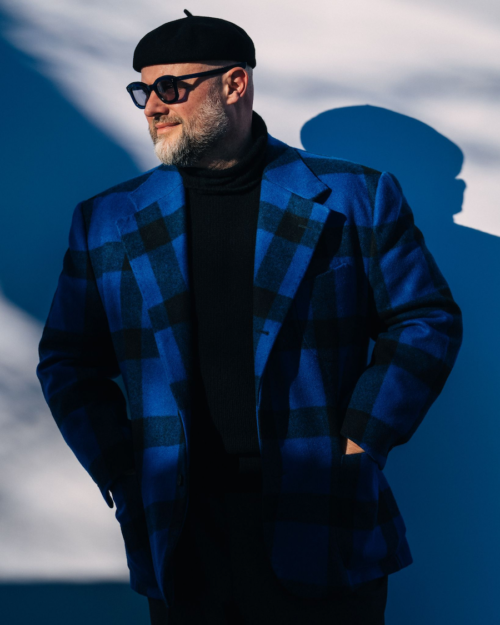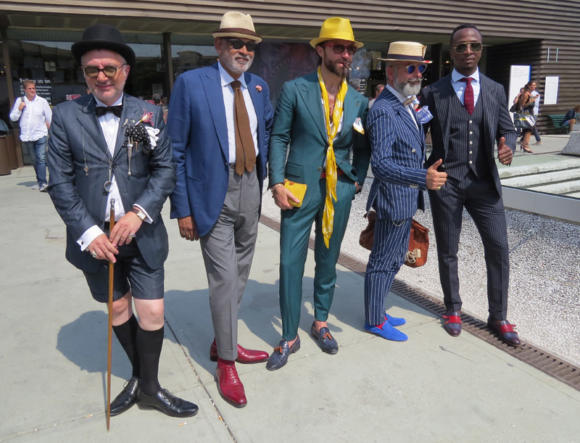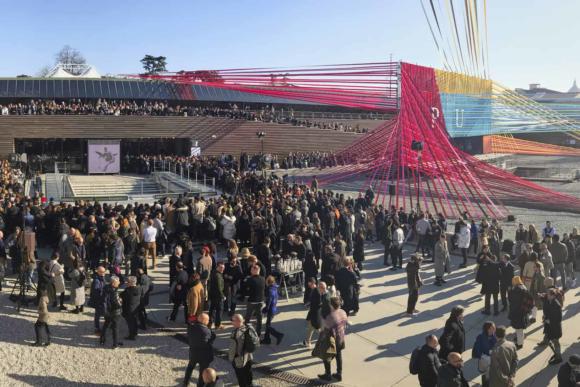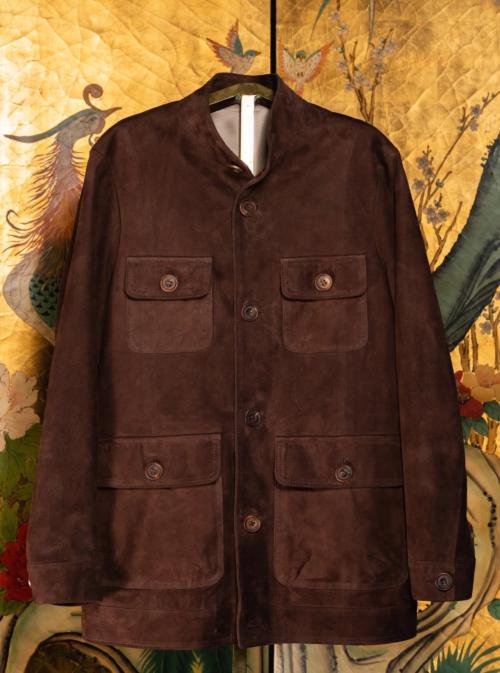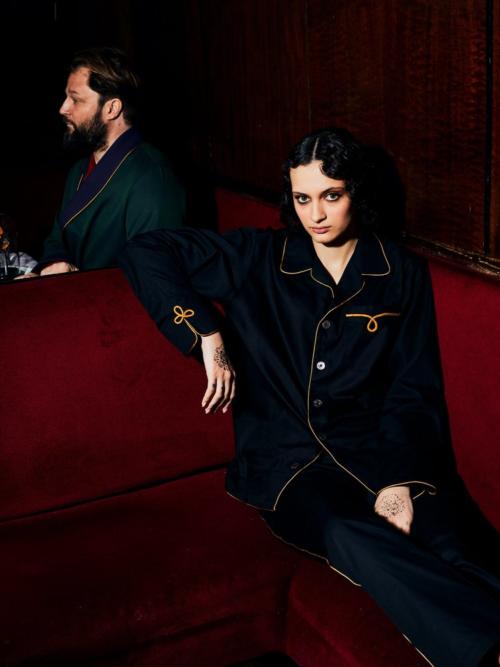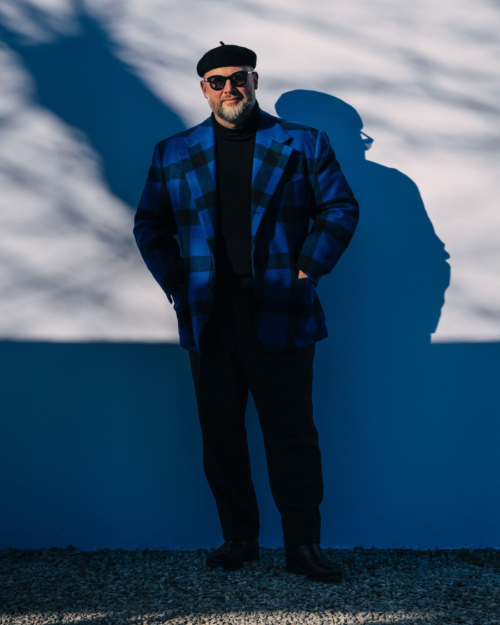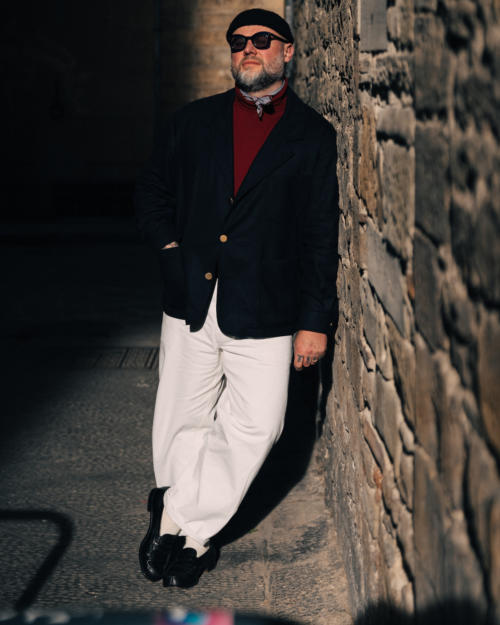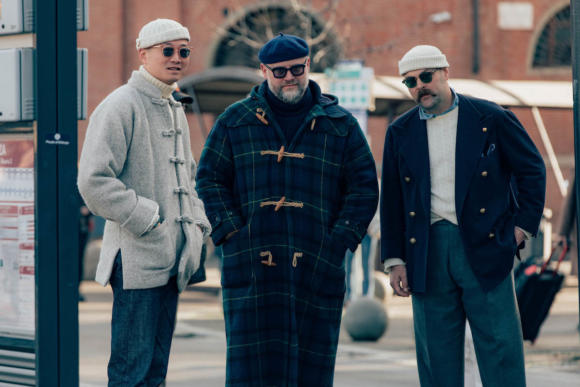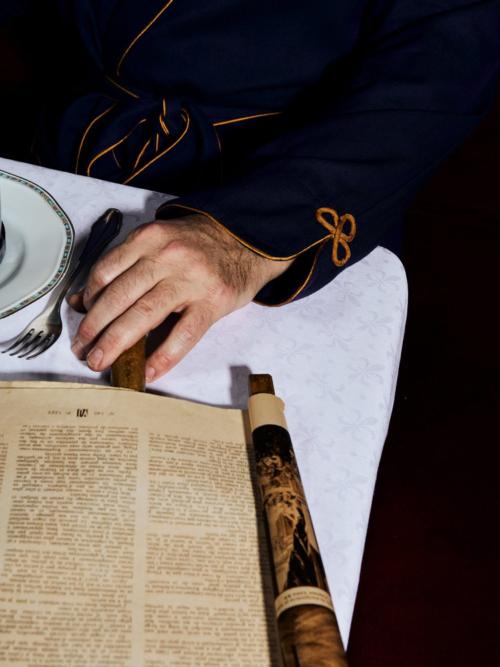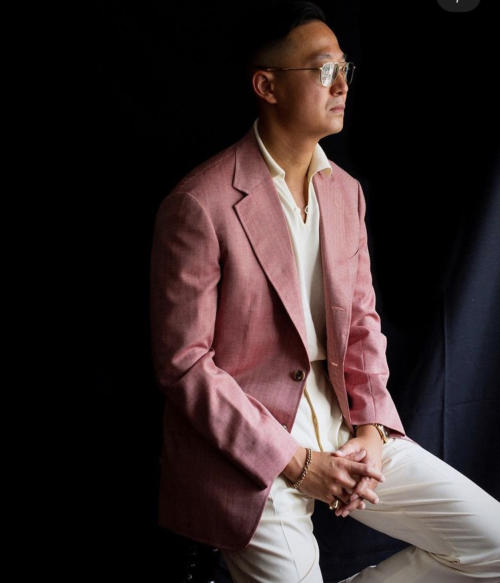
By Manish Puri
“That was the day I learned how dangerous a color can be. That a boy could be knocked off that shade and made to reckon his trespass. Even if color is nothing but what the light reveals, that nothing has laws, and a boy on a pink bike must learn, above all else, the law of gravity.”
So writes Little Dog (the narrator of Ocean Vuong’s fantastic debut novel On Earth We're Briefly Gorgeous) in a letter to his mother. Even without knowing the specifics of what happened that day, we get it. What lengths have we all gone to, and what expression have we denied ourselves, to avoid becoming the subject of playground taunts?
I didn’t wear pink growing up and so didn’t for most of my adult life – it’s that simple. And for what? To unwittingly preserve an arbitrary distinction that retailers use to flog more baby clothes? (“The more you individualize clothing, the more you can sell,” says Jo B. Paoletti, author of Pink and Blue: Telling the Girls From the Boys in America).
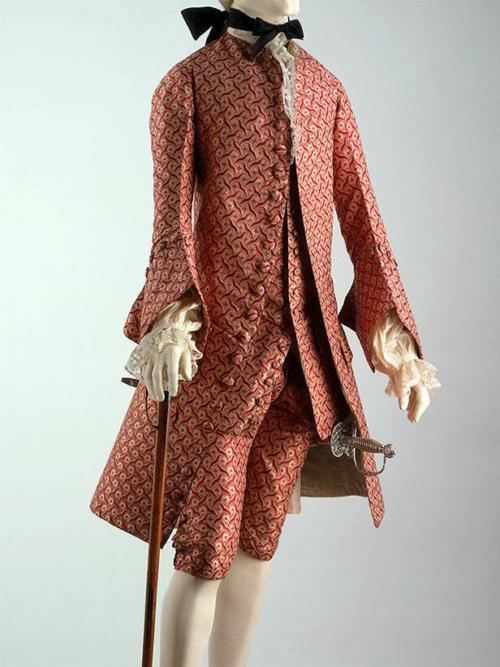
It wasn’t always this way. Pink has long been a colour sported by the fashionable male; considered to be a shade of red, it shared that colour’s association with power, war and wealth (importing cochineal dye from Mexico in the 16th century wasn’t cheap). It’s only in the latter half of the 20th century that pink and femininity have become intertwined.
I’d like to use this article to help redress that balance slightly, because, worn well, pink is a terrific addition to any man’s wardrobe - it’s fun, flattering and exudes confidence. We’ll look at colour combinations that I think are particularly good, and check out some examples of pink tailoring.
When wearing pink, I think it’s also instructive to consider Simon’s article on subtle vs showy. Because pink is often bright, bold, and distinct, and frequently works best with high contrast looks, it can position an outfit towards the showier end of the spectrum. But I’ll talk about ways we soften that, and look in detail at a subtler shade of pink that is one of my absolute favourite colours.
My hope is that this article inspires readers to embrace pink, and help them to escape those childhood fears.
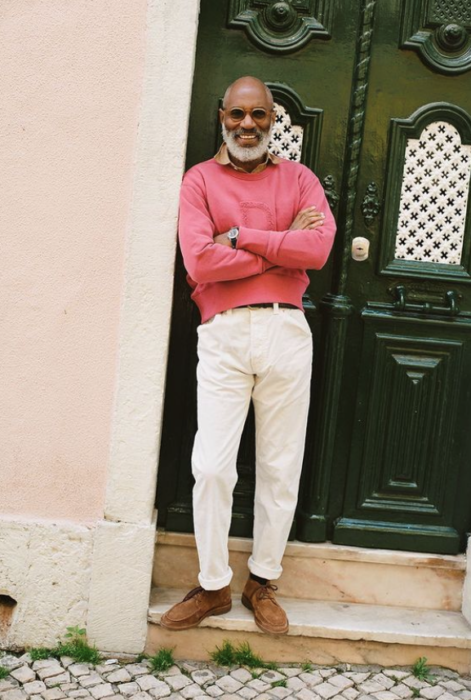
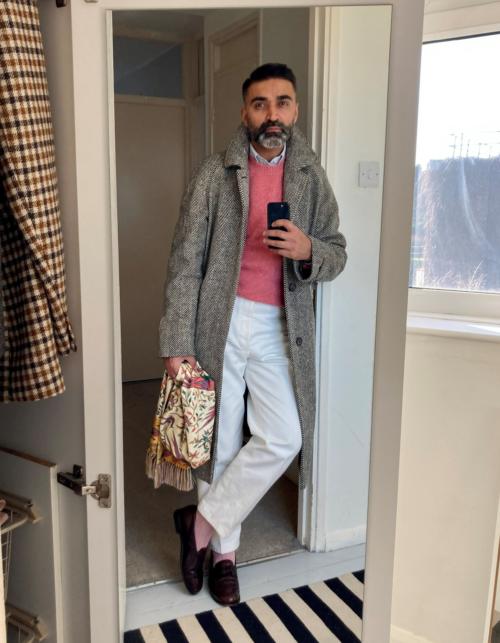
Pink and white
Whenever I’m uncertain as to how to best incorporate a new, unusual, or strong colour into my wardrobe I start by pairing it with neutrals: white, black, and grey.
We’ll look at each of these in turn, starting with white, which contrasts brilliantly with those pinks that are light, bright, and sugary. Pinks that remind you of candy floss, strawberry lemonade, and Hubba Bubba.
Both Jason Jules and I have paired sherbet-y jumpers with white/off-white denim above, while Kenji Cheung (shown top) has opted for smart trousers, in keeping with his tailored jacket. This is a super fresh and crisp combination, but it does shift the focus onto the pink garment.
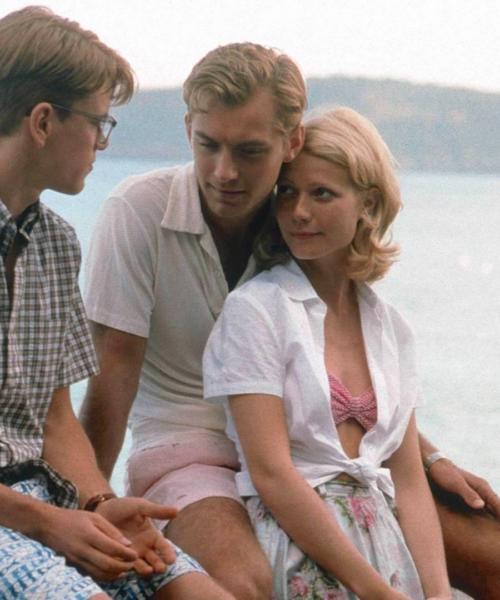
The contrast between the two colours doesn’t have to be quite so stark; a soft pink (which is often a little easier to wear) can sit perfectly with a milky knitted polo, a tan, and Gwyneth Paltrow.
Inspired by the above, may I also proffer the swim short as a gentle entrée to wearing pink, because, with all due respect, when you or I spend a day at the beach ain’t nobody there to check out our trunks.
This knowledge should empower even the most conservative of town-and-country dressers to throw caution to the sea-breeze; if nobody bats an eyelid at psychedelic Bermuda shorts, animal prints or a brand name emblazoned across the crotch, then a gentle pink is unlikely to cause a stir.
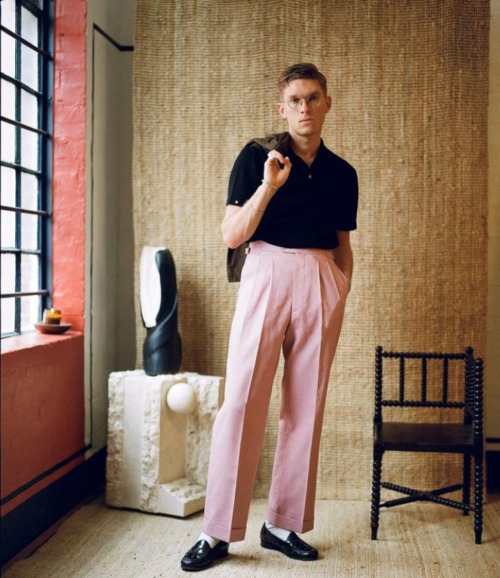
Pink and black
In recent years, Simon has written more and more about black as it returns from its menswear exile. Above, Scott Fraser shows how black and pink can form the chicest of unions. The key is that the trousers are paler than the two jumpers above. Were they not, I suspect the pairing would be much more lurid.
Considering Scott’s outfit alongside Austin Butler’s Elvis (below) also helps to illuminate something of a Russian Doll concept - the spectrum within a spectrum.
Both looks are identical in their use of colour (pale pink and black with accents of white), and both have a certain Rockabilly flair. But Scott’s clothes have no pattern, no silky textures, harmony between the upper and lower proportions, and a clear colour-blocked structure. Next to Elvis, Scott’s notionally showy ensemble appears positively subtle.
It’s these careful distinctions that separate an outfit I would wear in a second, from one I would wear for a second.
Pink and grey
Simon has written tirelessly about the versatility of grey trousers - heck, his article on a five trouser wardrobe had as many as four pairs of grey in there! In a sense, grey trousers are like me in the local pub at 10:30pm: happy to make friends with just about anyone.
Here grey offers a lovely balance to the pink. New York label Stoffa excels in tonal and tone-matching outfits and the two images above (taken from the Summer 2021 lookbook) show how different greys on the bottom harmonise with the two pinks on the body.
The shirt on the right is a pale peach (orangey/pink) and so gets paired with a pale grey. The t-shirt on the left is a richer berry pink and the shorts are a deeper grey-blue colour.
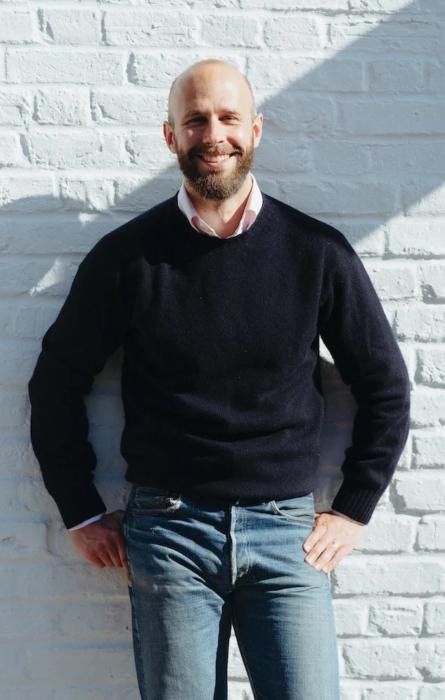
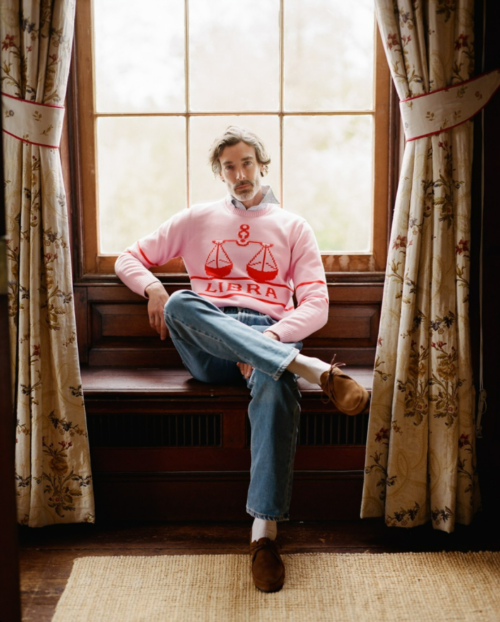
Pink and blue
Whilst a saturated pink and navy is a combination that can work, personally I find the two colours a little strong next to one another. I also think I may have seen the colours used at one wedding too many to turn to it instinctively. With navy, it helps if the pink itself is a paler shade (like the PS pink oxford shirt).
To my eye, pink is more pleasing with paler blues – washed denim instead of raw indigo, and well-worn oxford cloth button downs.
I also find knitwear to be a great way of incorporating pink (and other bold colours) into an outfit – that’s especially true of brushed jumpers (such as the J Press knit on the right) where the fuzzy texture helps soften the colour slightly.
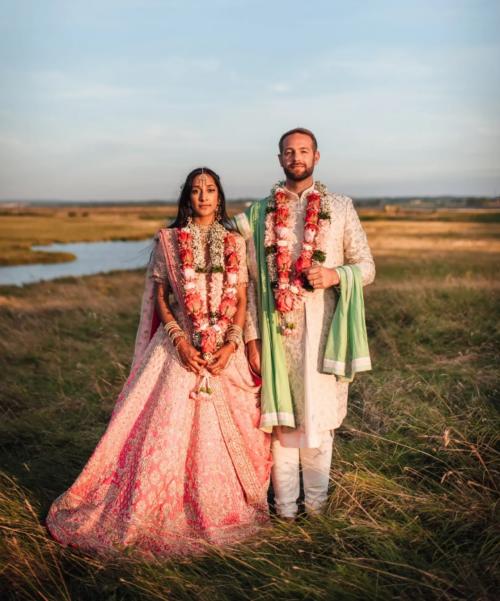
Pink and green
My final thought on embracing pink as a showy colour is to consider it in one of my favourite combinations, with green. This is a natural blend in every sense that delivers a high visual impact thanks to the colours’ complementary nature (this colour wheel tool is a lot of fun to play with).
Above is a photo of my friends Zeena and Zack on their wedding day. Since the Queen’s passing, Zeena may well be the owner of the world’s largest pink wardrobe and is a staunch advocate of the colour’s mood-boosting powers. And so, it was no surprise to any of her guests that her wedding lehenga was a symphony of pinks, set off by Zack’s pastel green shawl and ivory sherwani.
Of course, us Indians are partial to a bit of pink - upon seeing Norman Parkinson’s iconic 1956 British Vogue shoot in India, Diana Vreeland famously commented “how clever of you Mr Parkinson to know that pink is the navy blue of India" - but, even so, I think this is a particularly stunning combination.
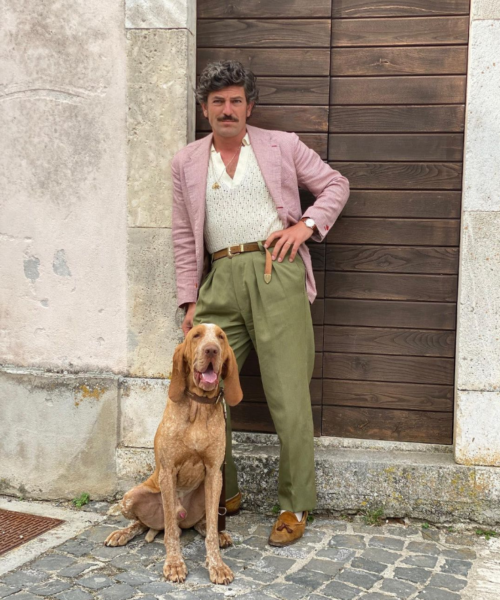
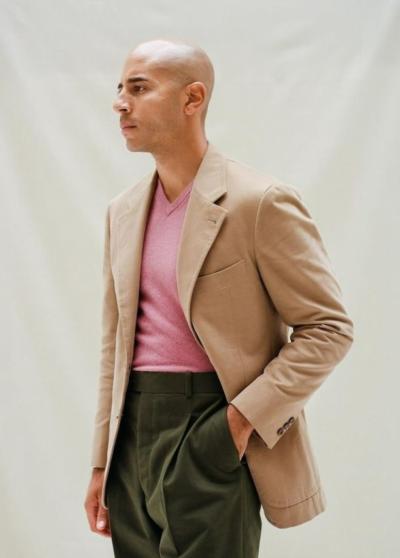
Above, Gerardo Cavaliere of Sartoria Giuliva offers a characteristically idiosyncratic take: a lavender pink jacket paired with pistachio trousers. I’m a big fan of how Gerardo puts together striking outfits - slightly offbeat but always tasteful.
And then below him, Nicholas Walter mixes a bright pink V-neck with forest green brushed cotton trousers (and a delightful jacket the colour of Gerardo’s dog - which I’m almost certain is a coincidence).
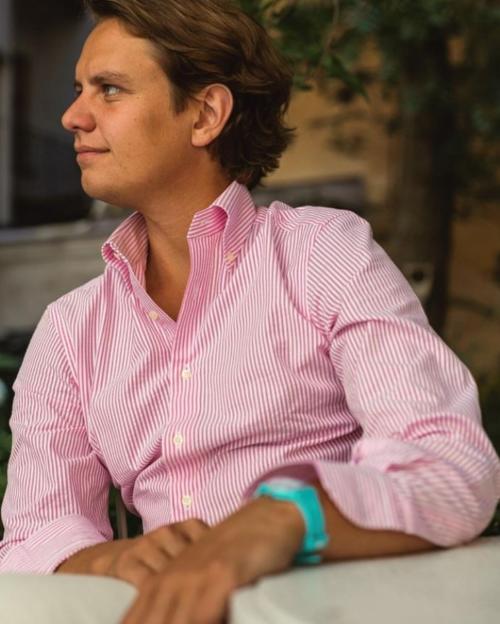
If the idea of a pink-green combination intrigues, but you find these looks a little punchy, perhaps consider the forest green trousers with a pink-and-white striped shirt, or an ecru pair of jeans, a soft pink t-shirt, and a jungle jacket.
On the subject of shirts, one of Simon’s very earliest posts extolled the virtues of a pink shirt while lamenting the hesitance of his colleagues to try one. I couldn’t agree more and reckon a pink shirt (striped or solid) is one of the easiest (and most flattering) ways for anyone to get a wink of pink into their wardrobe.
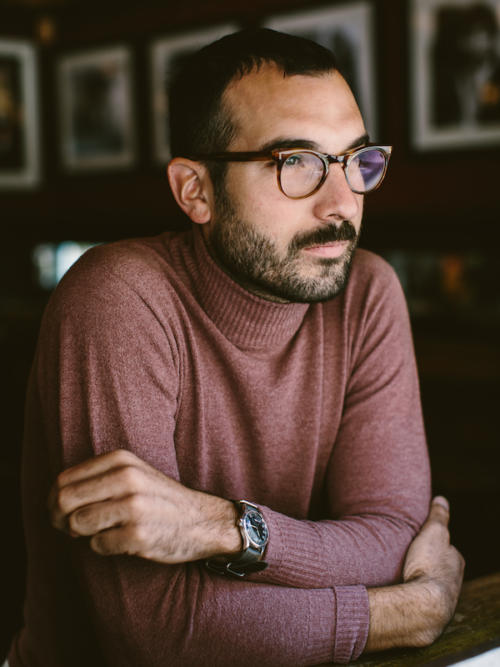
The subtle pink
If, despite my best efforts, you remain dubious that pink is for you, can I play one more card? The subtle pink. Commonly referred to as dusty or dusky pink, it’s what comes from mixing pink with grey, brown, or even a little indigo/violet. This combination makes the colour a little cooler, darker, and easier to incorporate into tonal outfits - qualities that should reassure you we’re back on tailor firma.
Take Adam Roger’s vintage mock neck above - were he to tire of gazing enigmatically into the distance, stand up and walk off the photo, I could envisage the outfit finished with charcoal flannels, indigo jeans, or chocolate corduroys (trousers I’d wager are already in the closets of many a reader).
In fact brown, and brown-toned earth colours, is a fantastic companion to this colour.
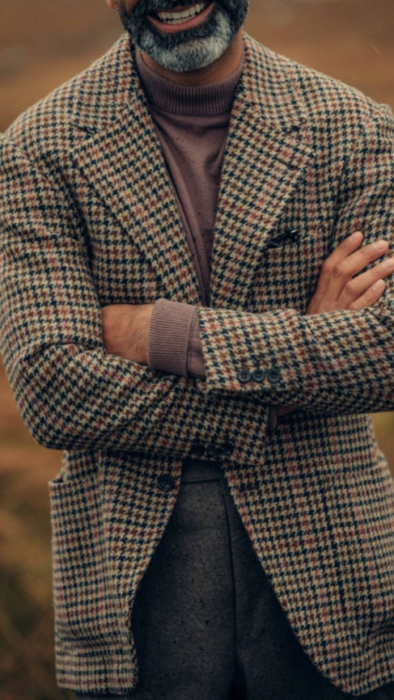
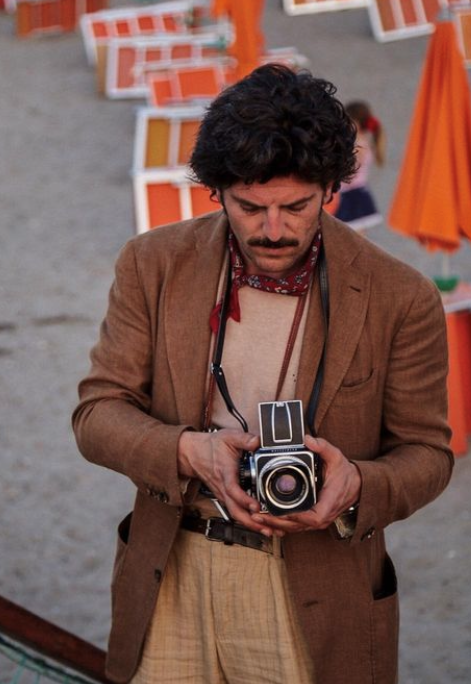
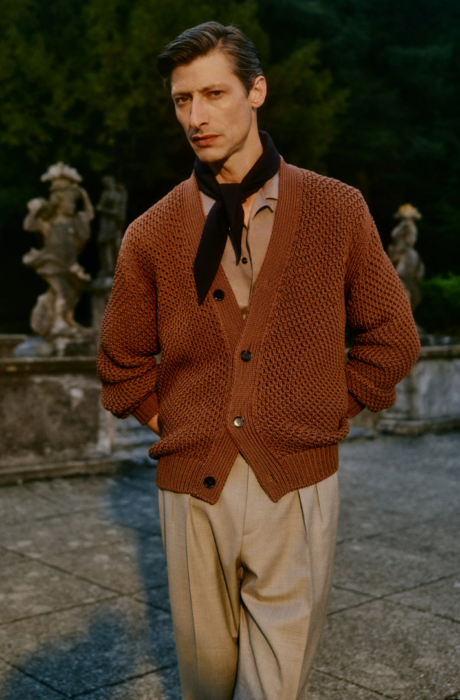
In the first image above, I’ve worn a mock neck similar to Adam’s (from his Adret label) with taupe flannels and The Anthology x JKF Man collaboration tweed; that the jacket has ripples of pink through it is a welcome echo, but the combination works equally well without.
Next are Gerardo and an image from Brioni’s Spring ‘23 collection. Both looks use a teddy bear brown to infuse warmth and richness. Interestingly, both also employ a contrasting neckerchief to prevent the look from becoming too anodyne – a neat hack for any tonal outfit.
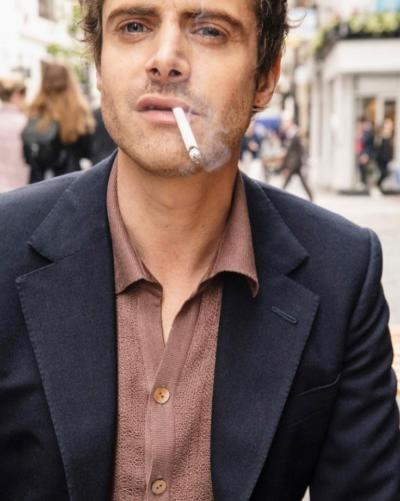
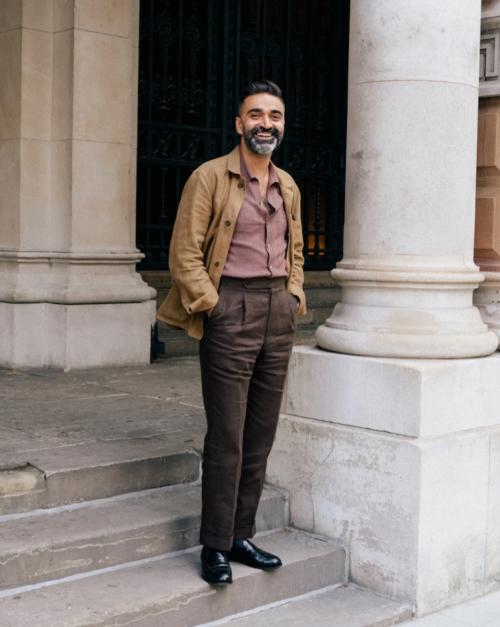
The final comparison above shows the same knit shirt (from Yuri & Yuri) worn two ways. On the right, for the Permanent Style reader profile series, I lent hard into brown tones. However, on the left, Will Field draws out the purple in this shade of dusty pink by layering it under a navy blazer. Replacing my chore jacket with Will’s blazer would result in a classic outfit but with a twist.
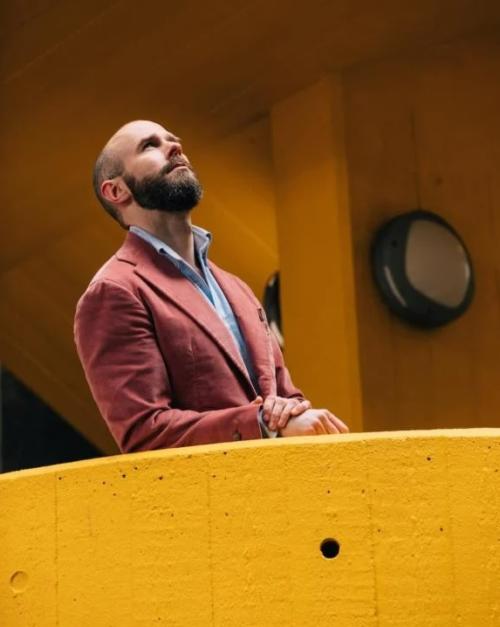
Pink tailoring
Most of the looks so far have used pink in quite a casual way. However, I think there’s a case to be made that pink tailoring can be subtle. Or at least lassoed and dragged toward subtlety through a judicious selection of accompanying garments.
I can hear you now: “Are you out of your pink Barbie-sized brain, Manish?!” Alas, you’d not be the first person to say that. For, in many ways, the pink suit is the antithesis of sartorial sobriety.
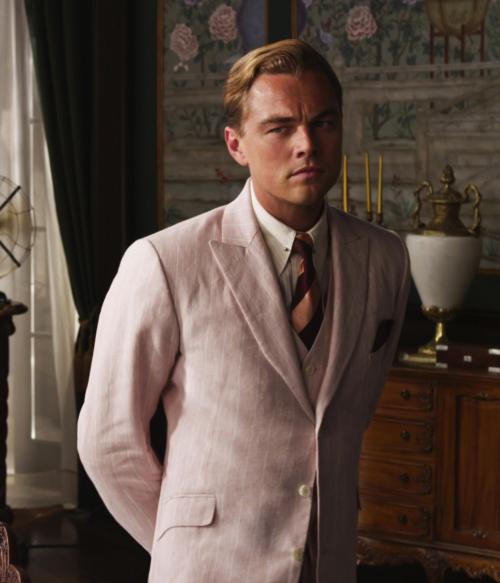
One of the 20th century’s finest literary works The Great Gatsby invokes the pink suit to underline the parvenu status of Jay Gatsby. "An Oxford man...like hell he is! He wears a pink suit" snorts Gatsby’s antagonist Tom Buchanan.
In Baz Luhrmann’s 2013 film adaptation of the novel, the costume designers position Gatsby even further towards the showy end of the spectrum. The white pinstripe in the cloth, the pink and white striped shirt, the blood red and salmon tie, and (off-photo) the tan and chocolate spectator shoes all lend Gatsby the air of a man oozing style but not taste (at least when measured against the standards of New York’s old-money set).
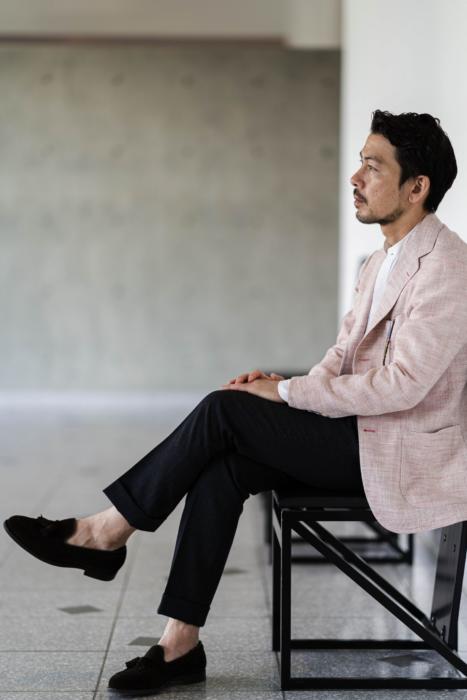
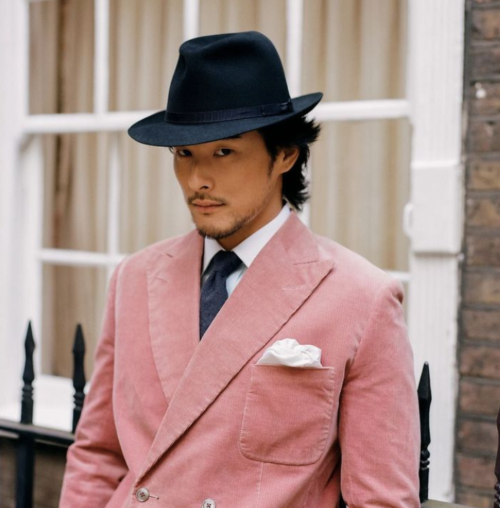
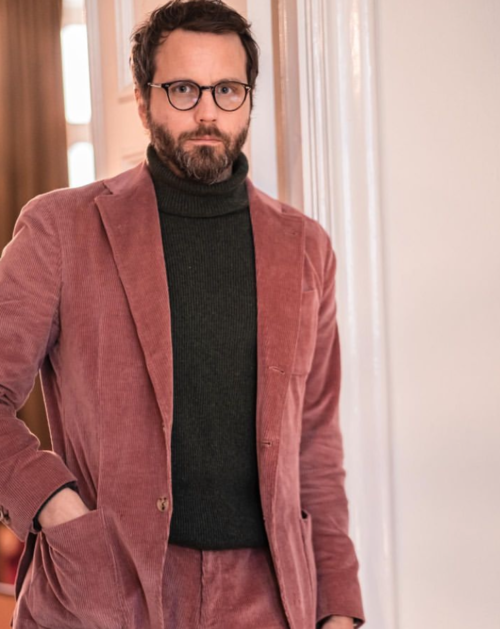
But let’s look at some examples of modern pink tailoring that I think work well.
Above we have jackets in three different luminance’s (four if you count Kenji’s at the summit of this article), some even brighter and bolder in colour than the Gatsby suit, that have all been tamed by the wearer’s monochromatic pairings.
The cloth choice can help here too. The second two jackets above and Simon’s Orazio Luciano jacket are all made from corduroy – a material whose corrugated surface has the magical property of muting colour.
Manish is @The_Daily_Mirror on Instagram
Wedding photography courtesy of The Shannons Photography
